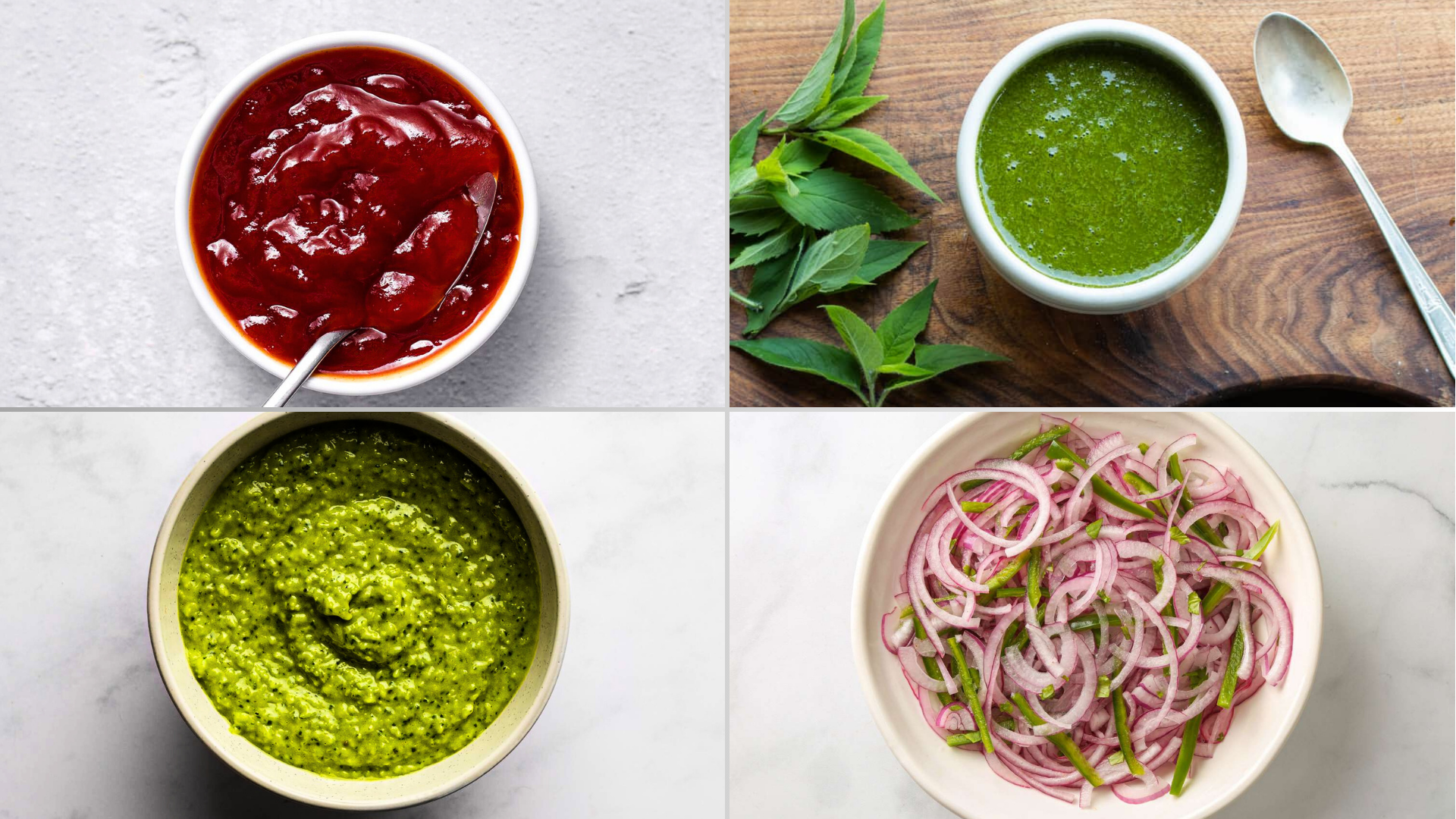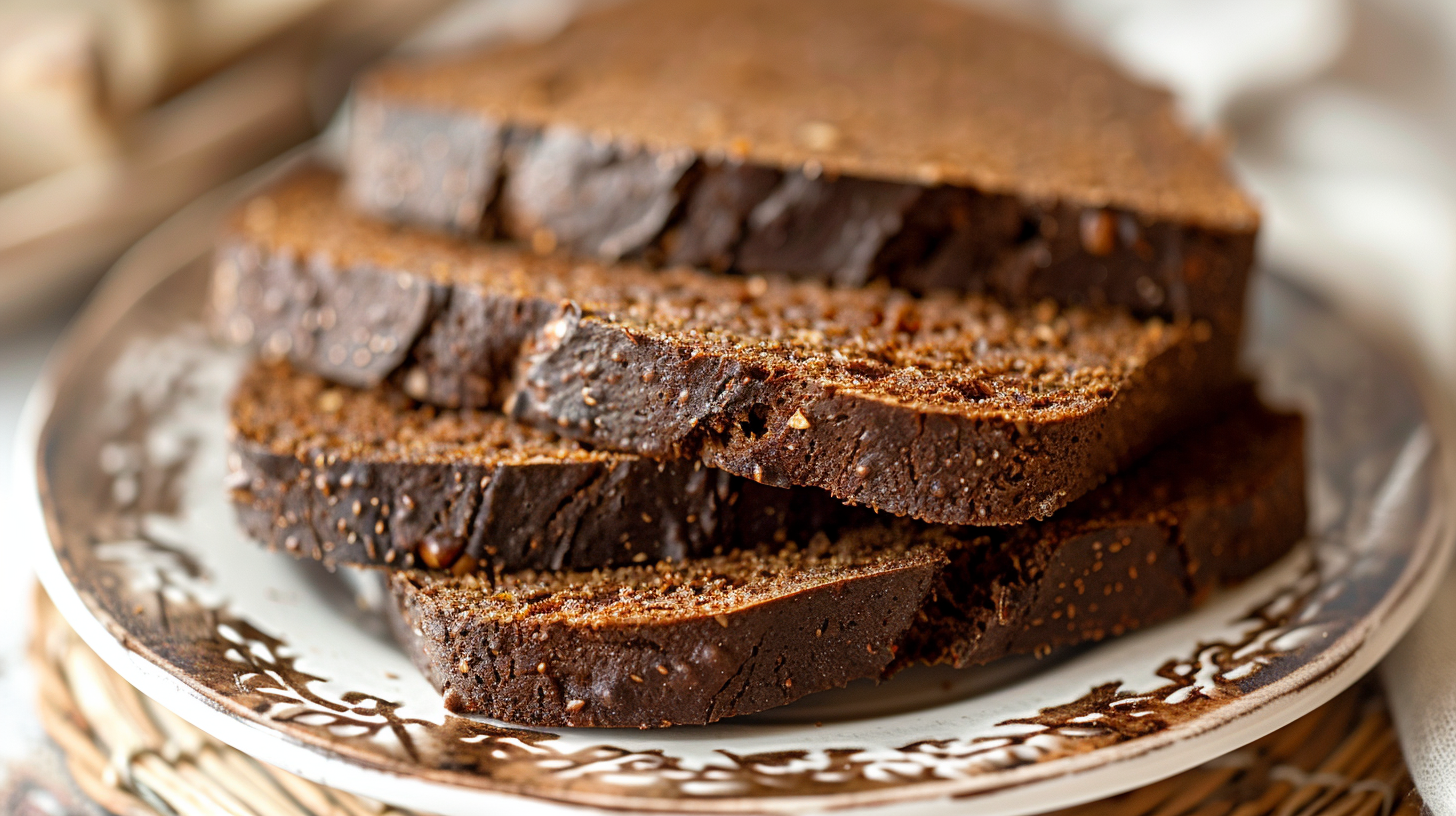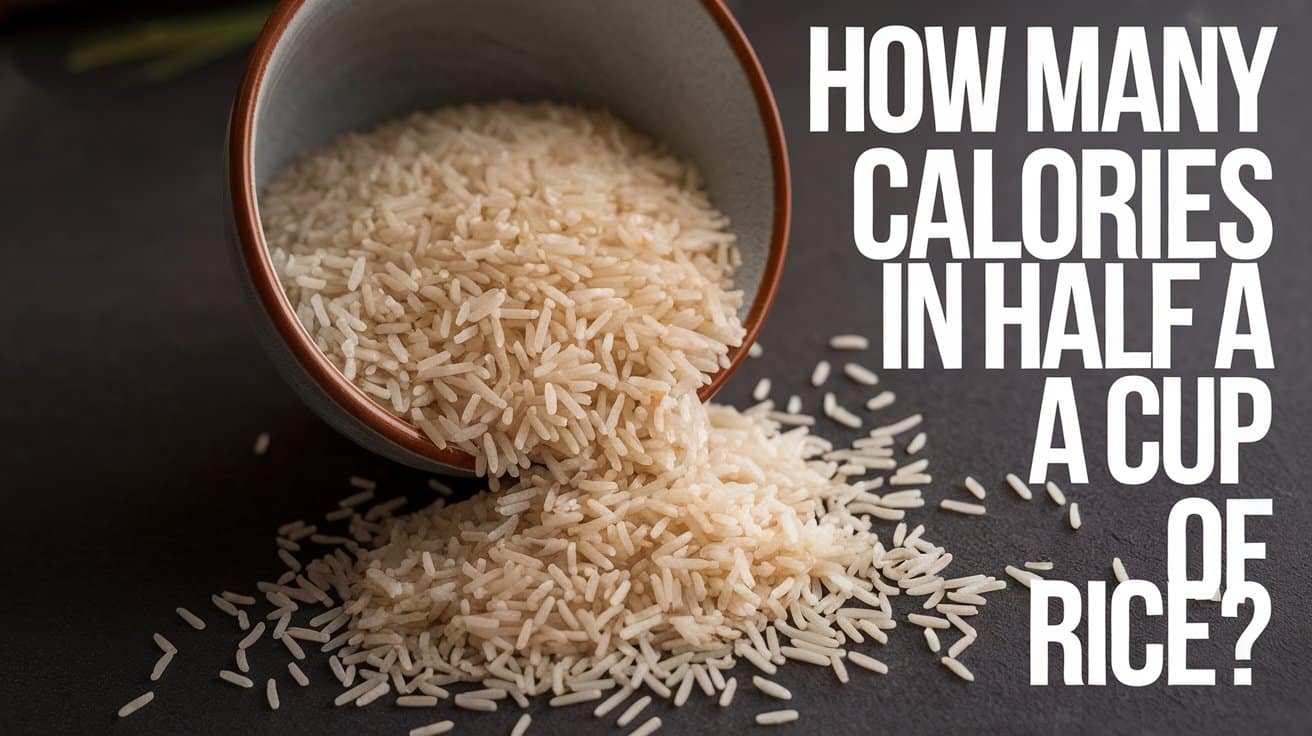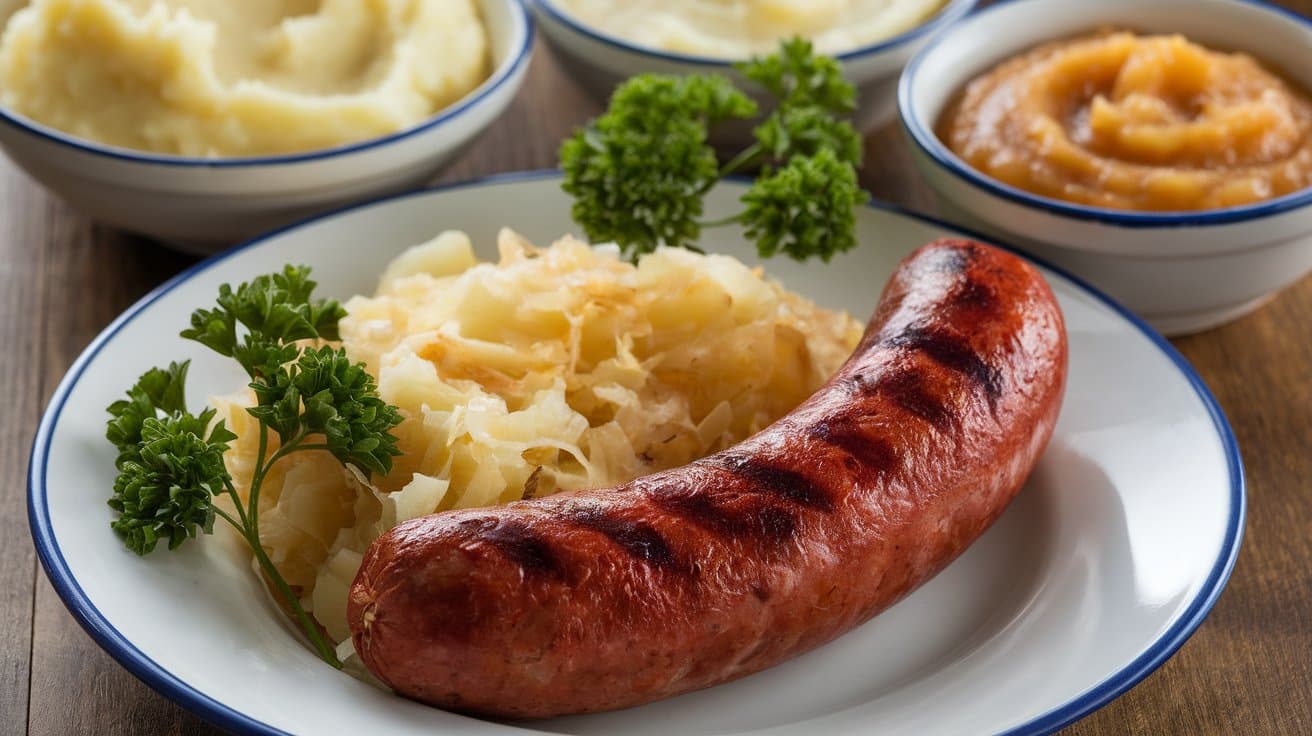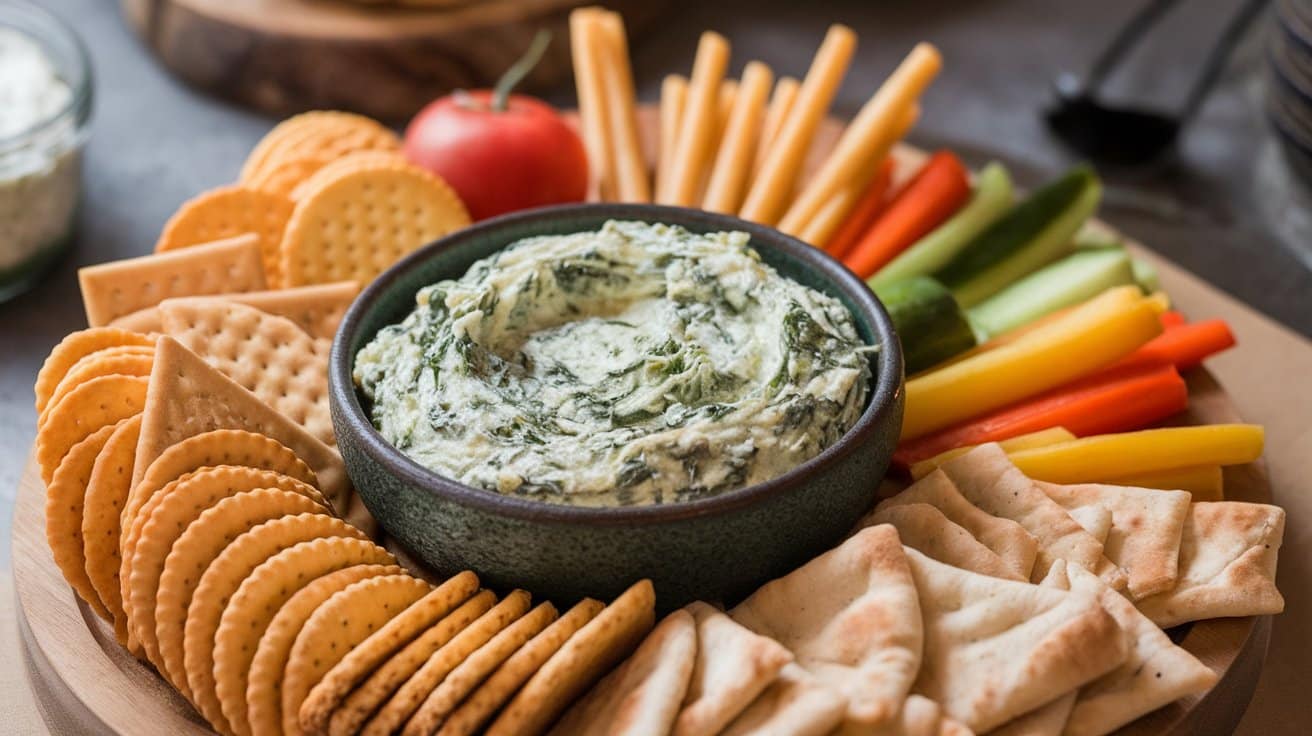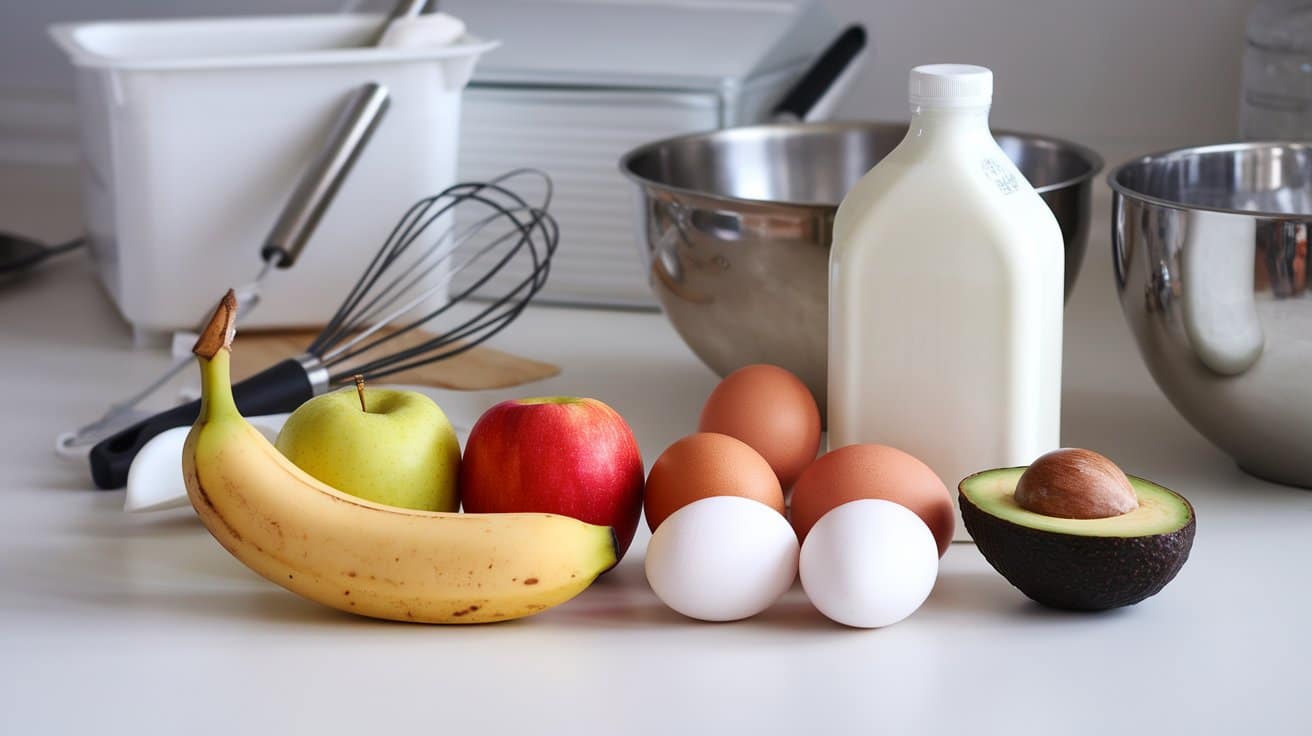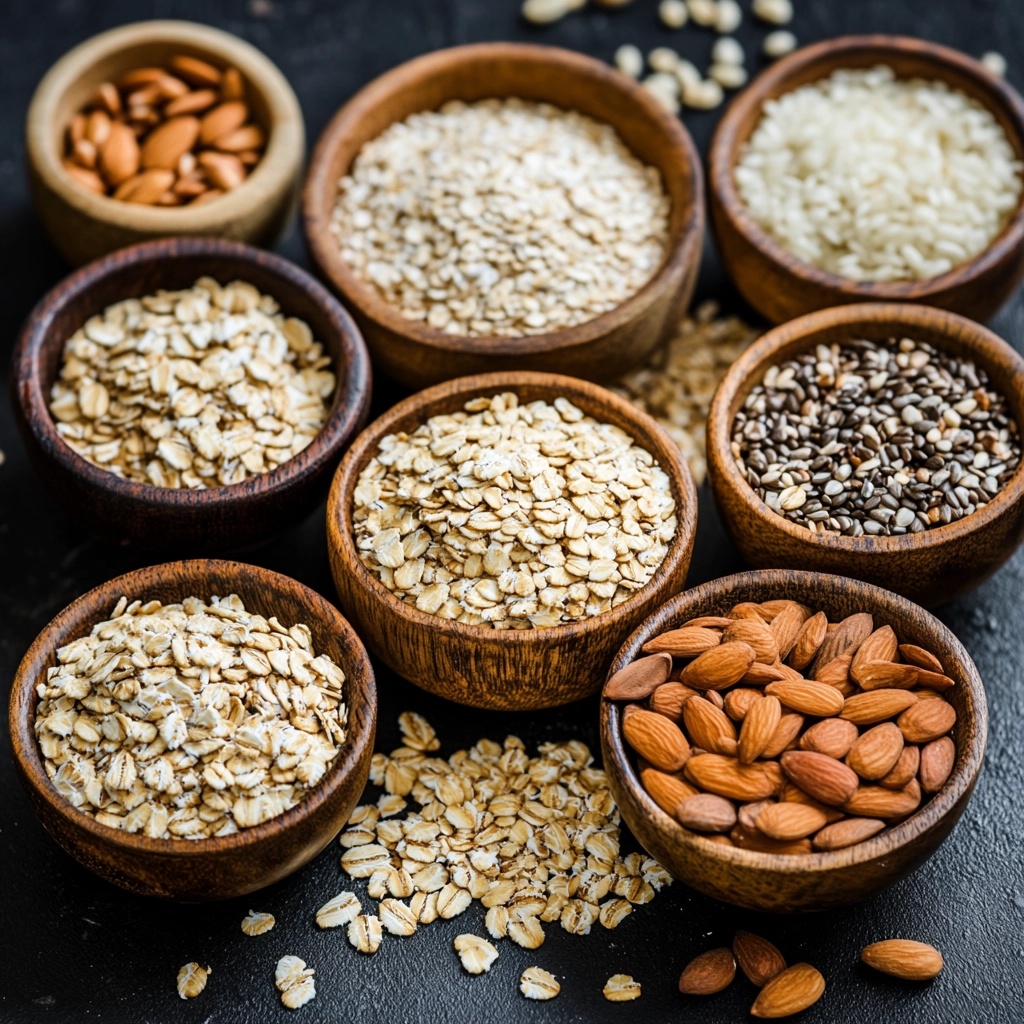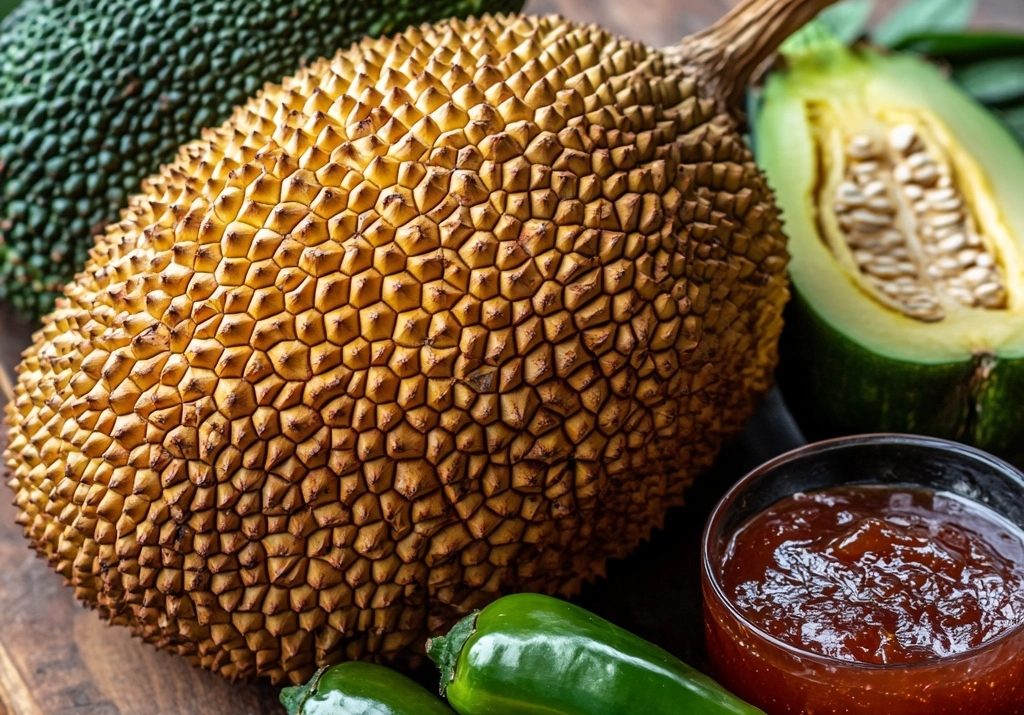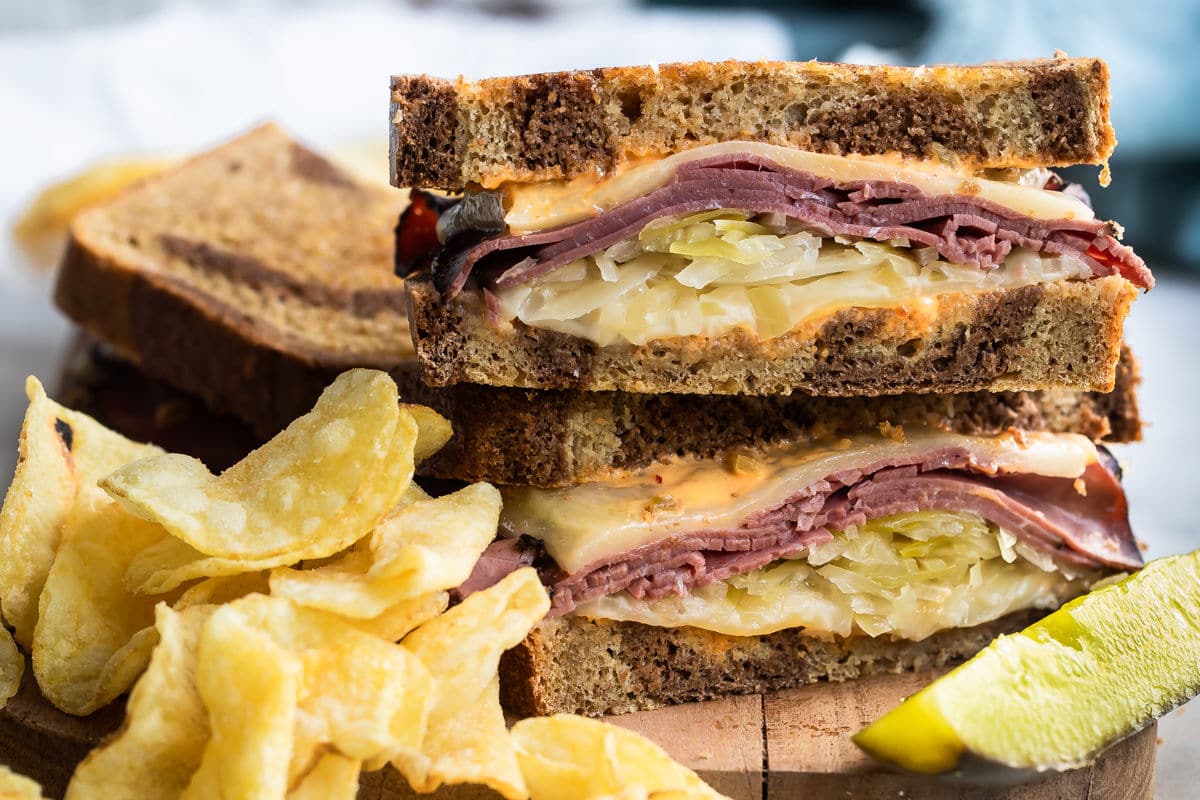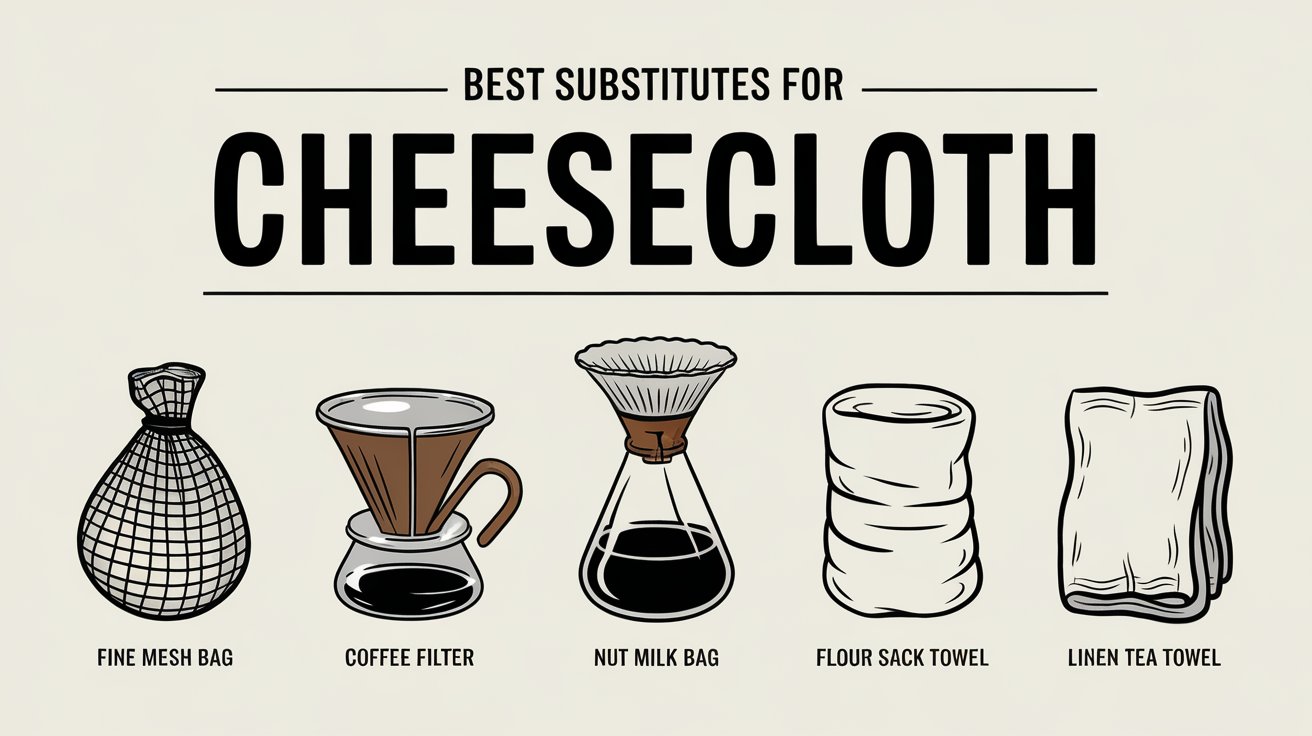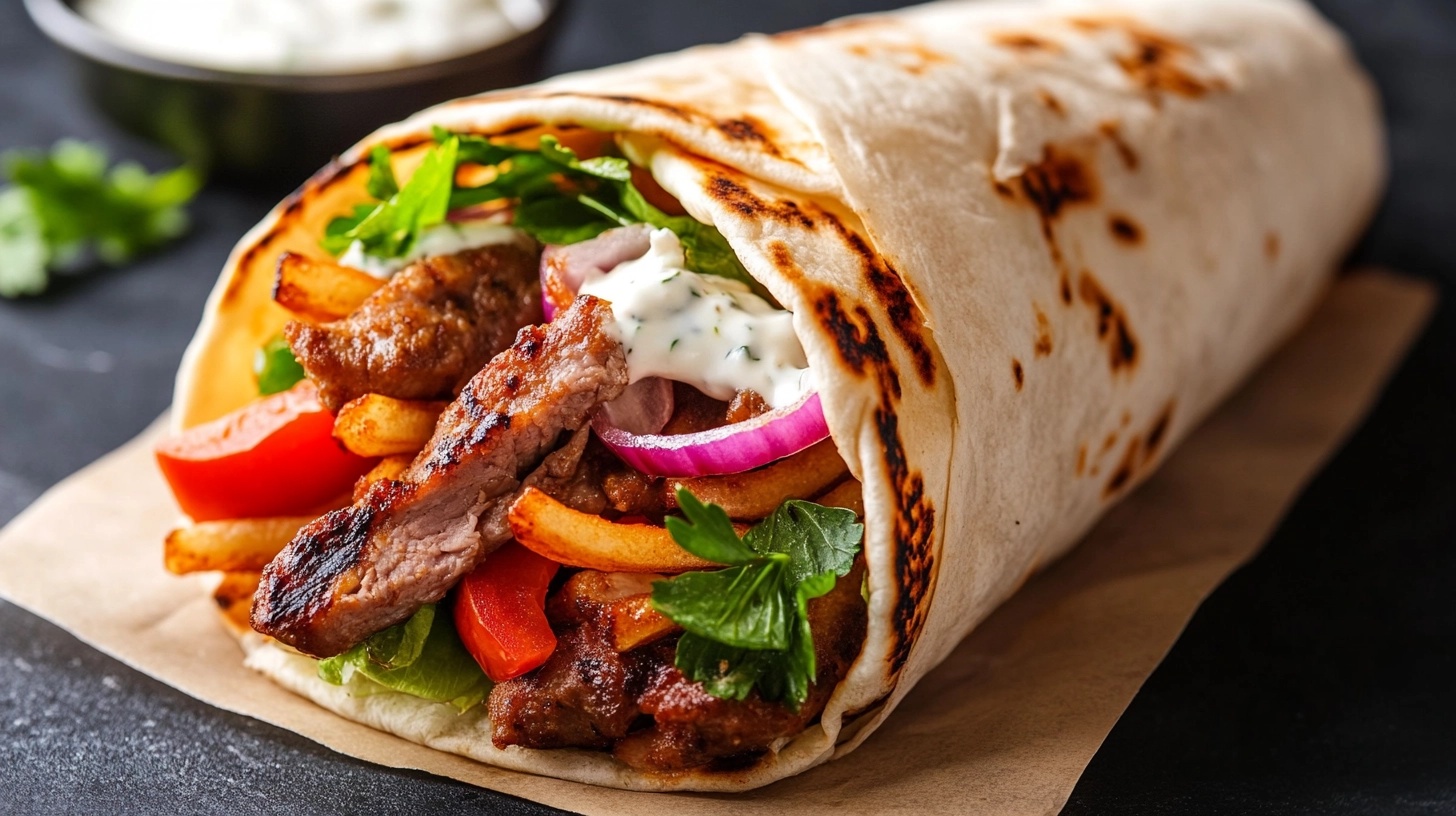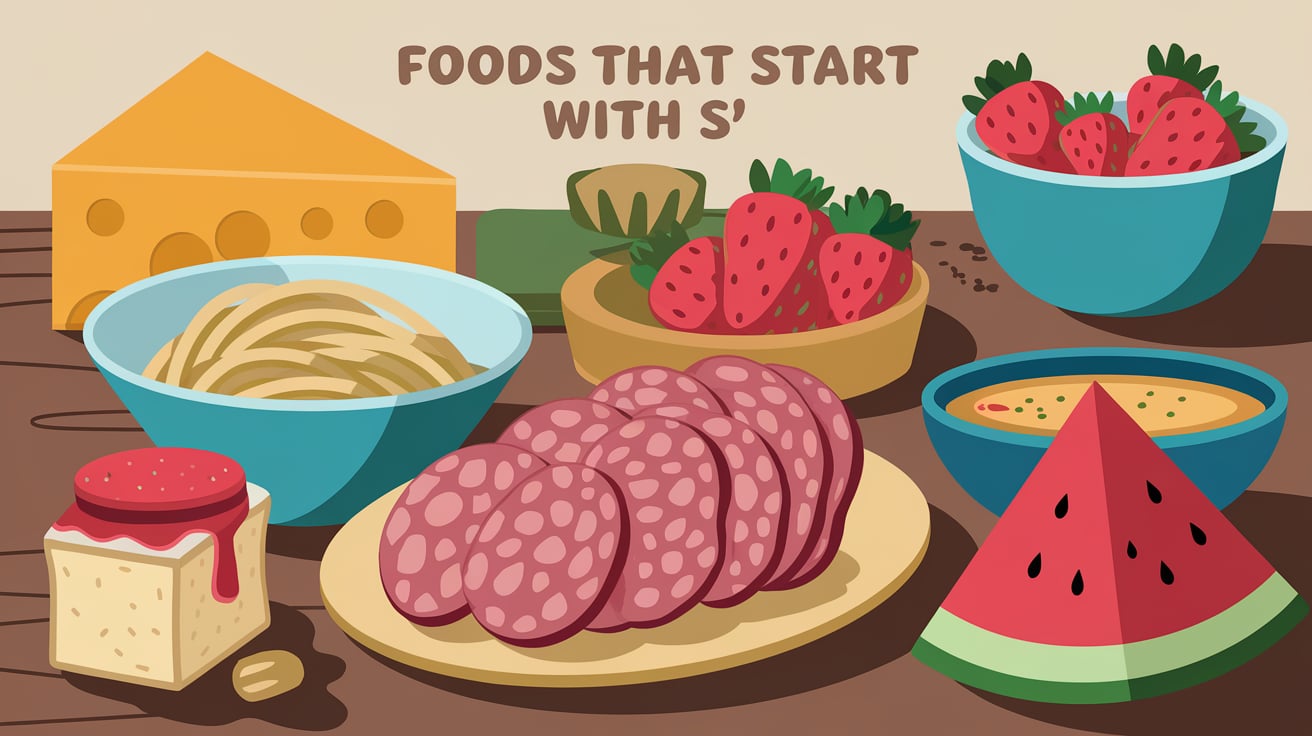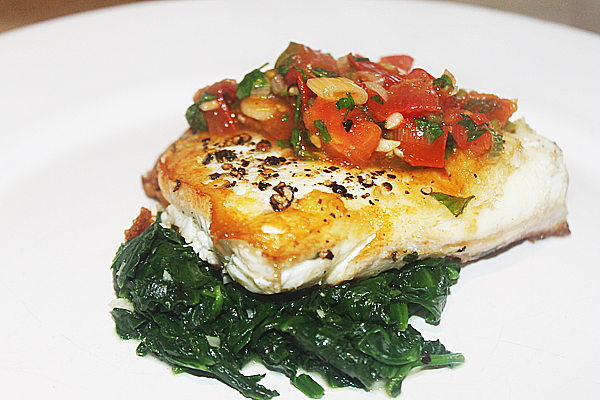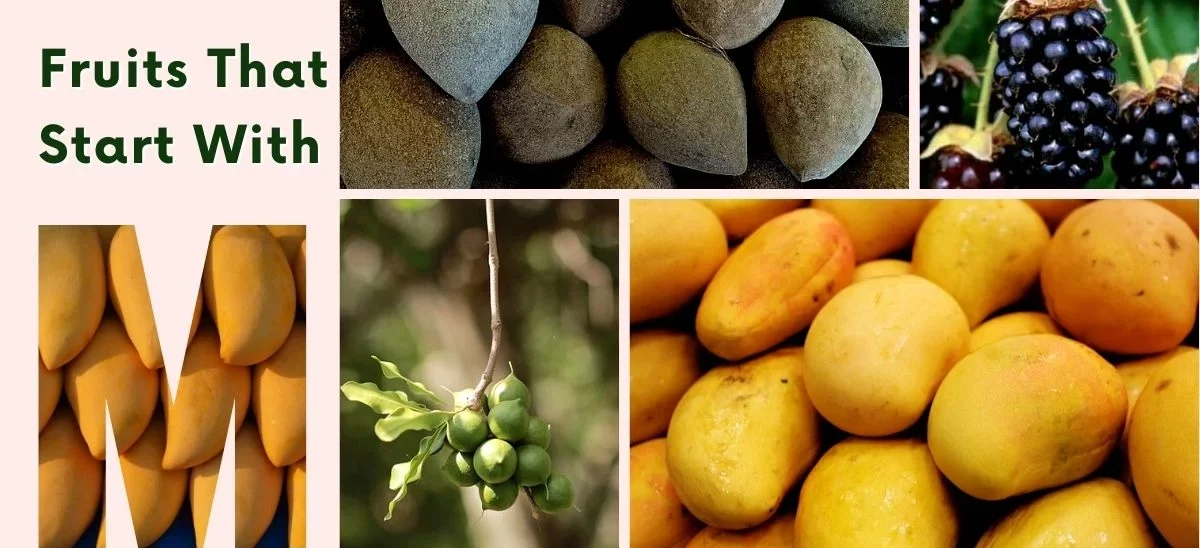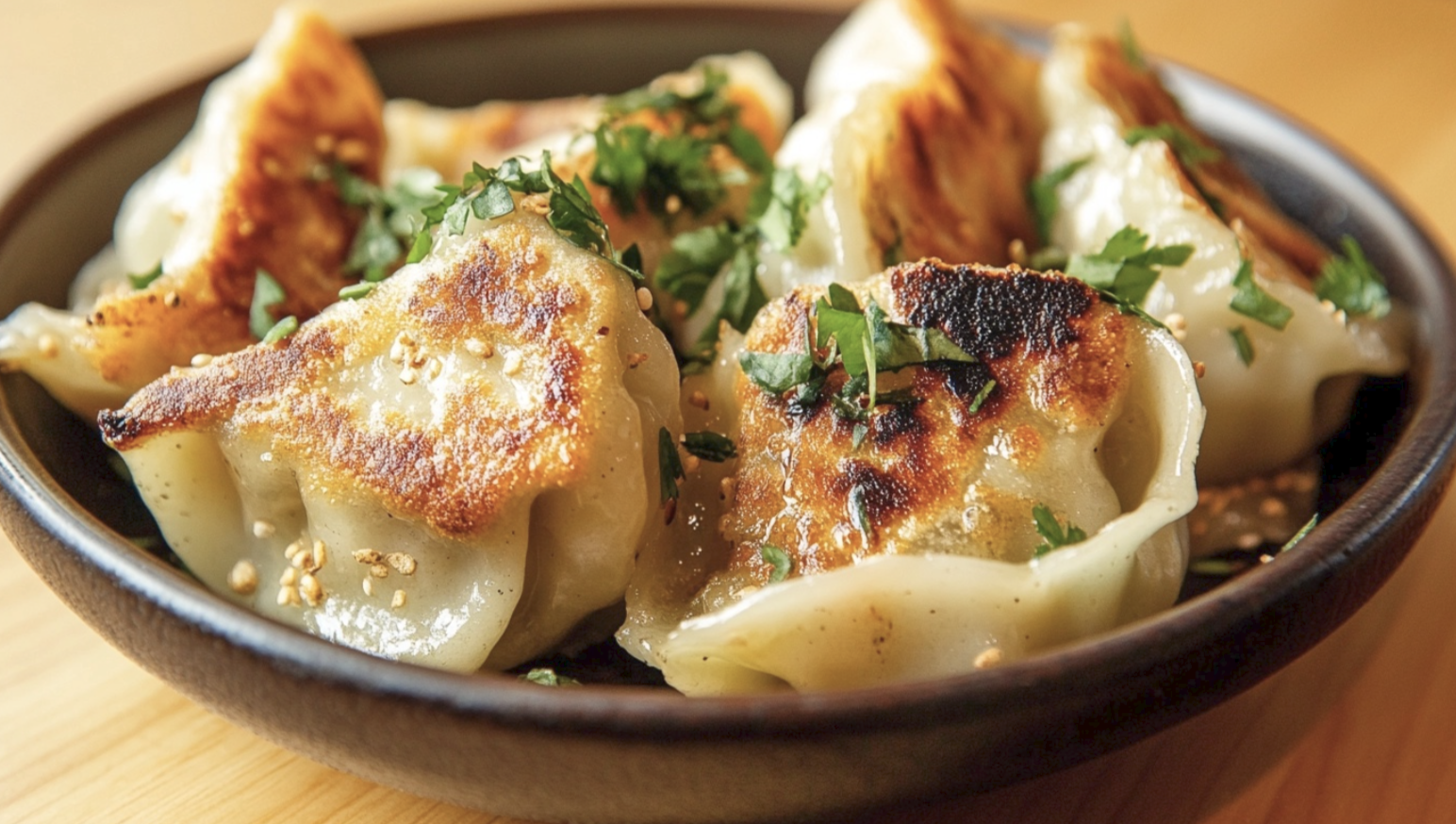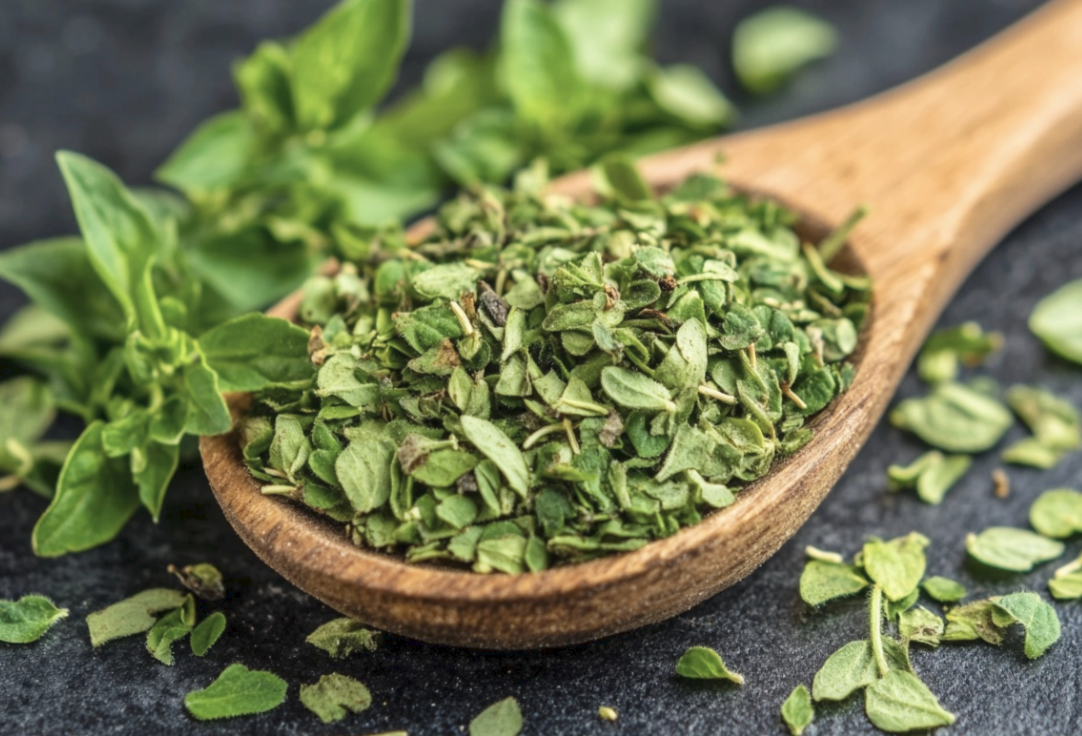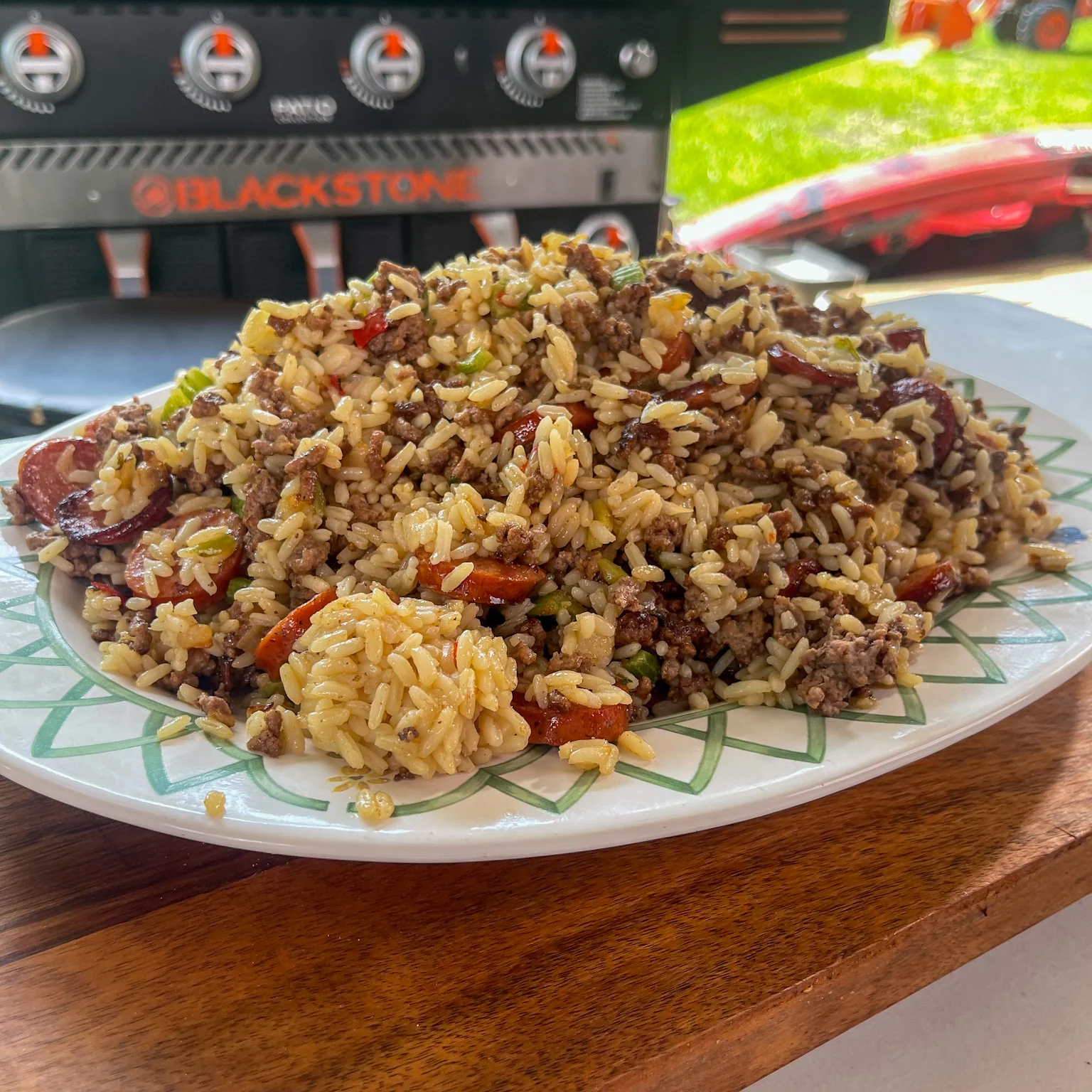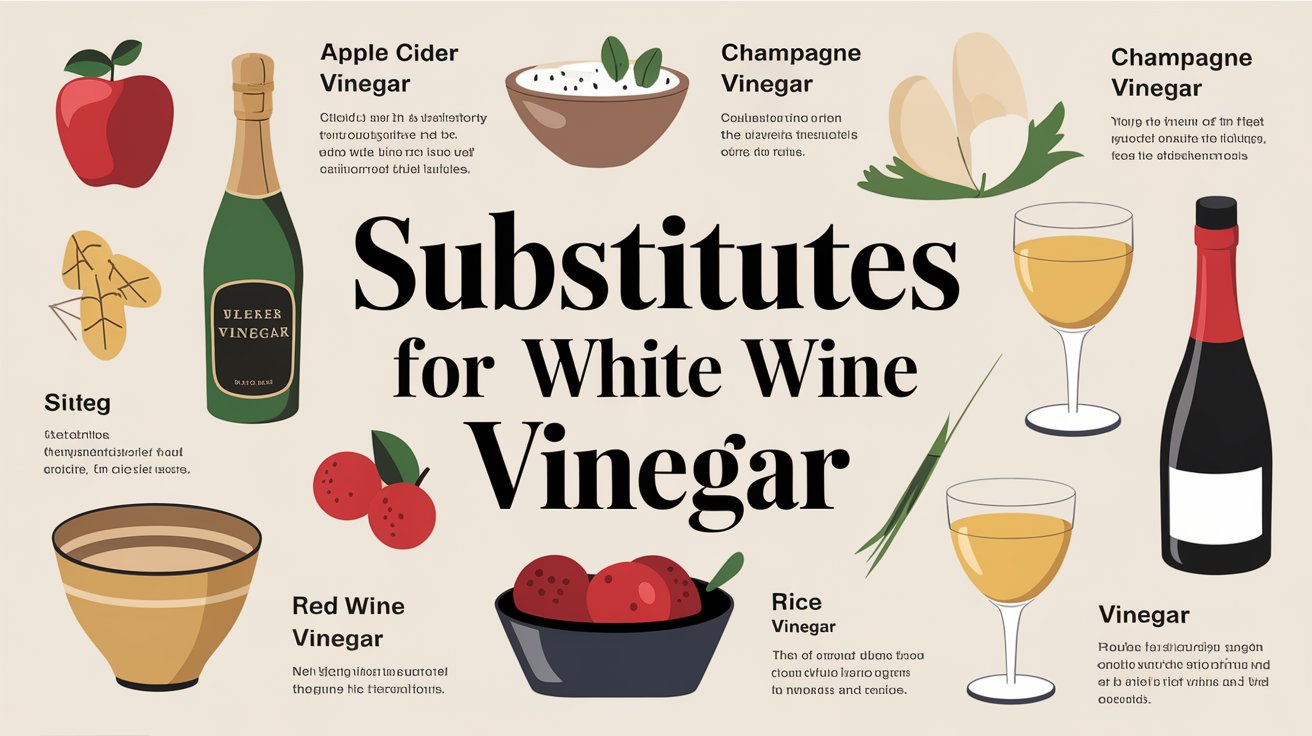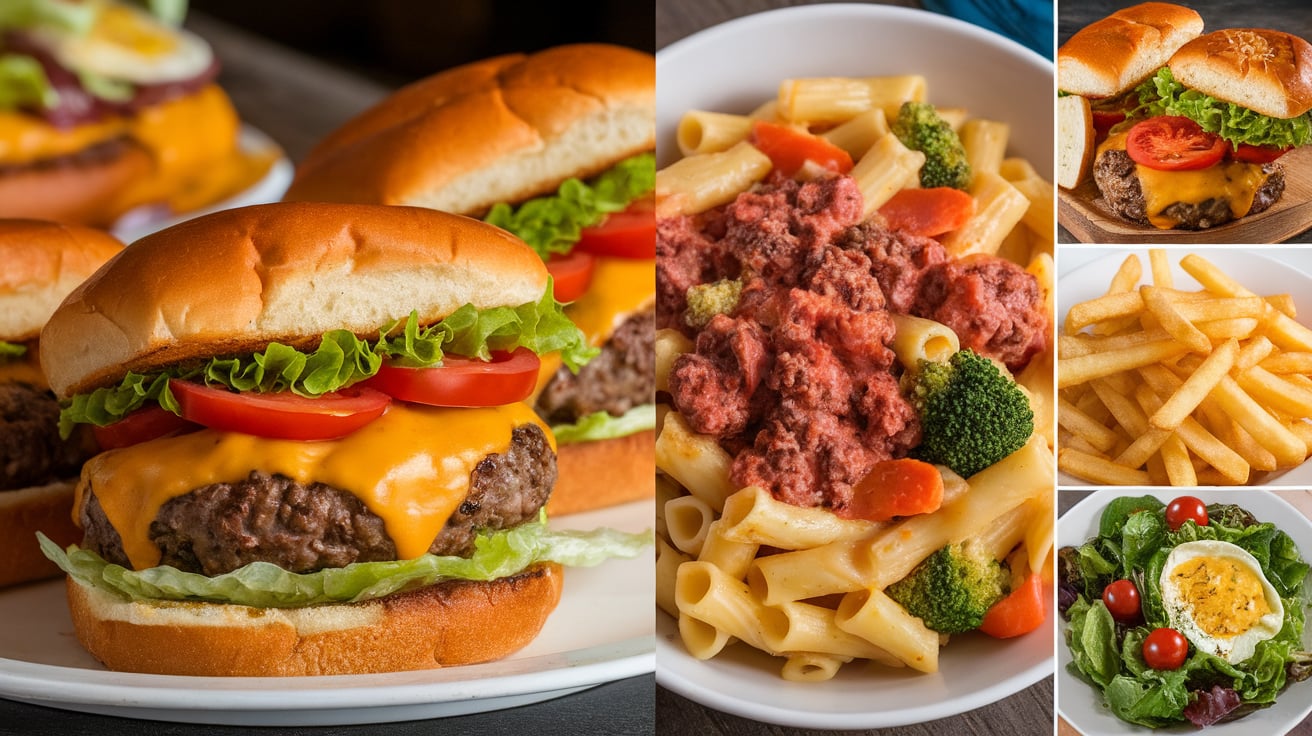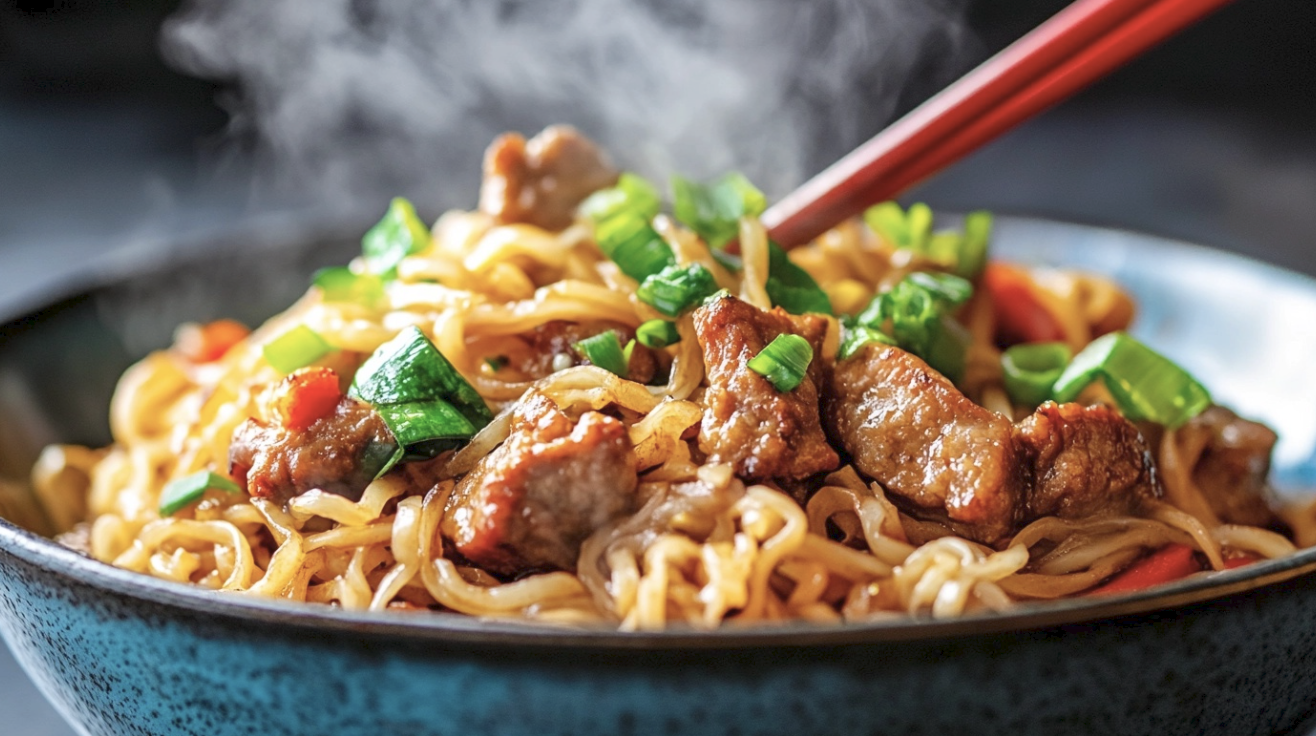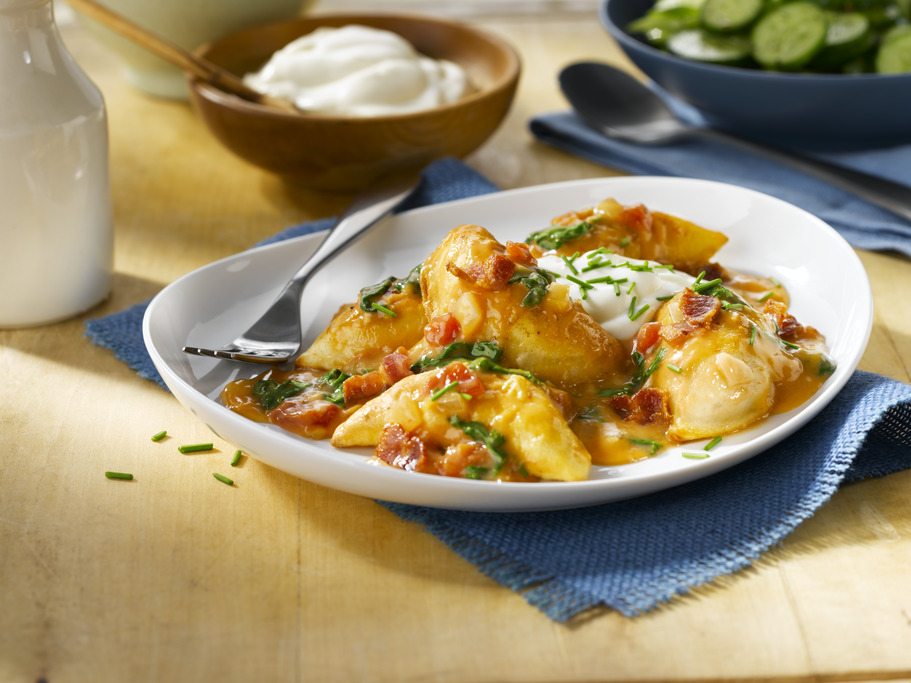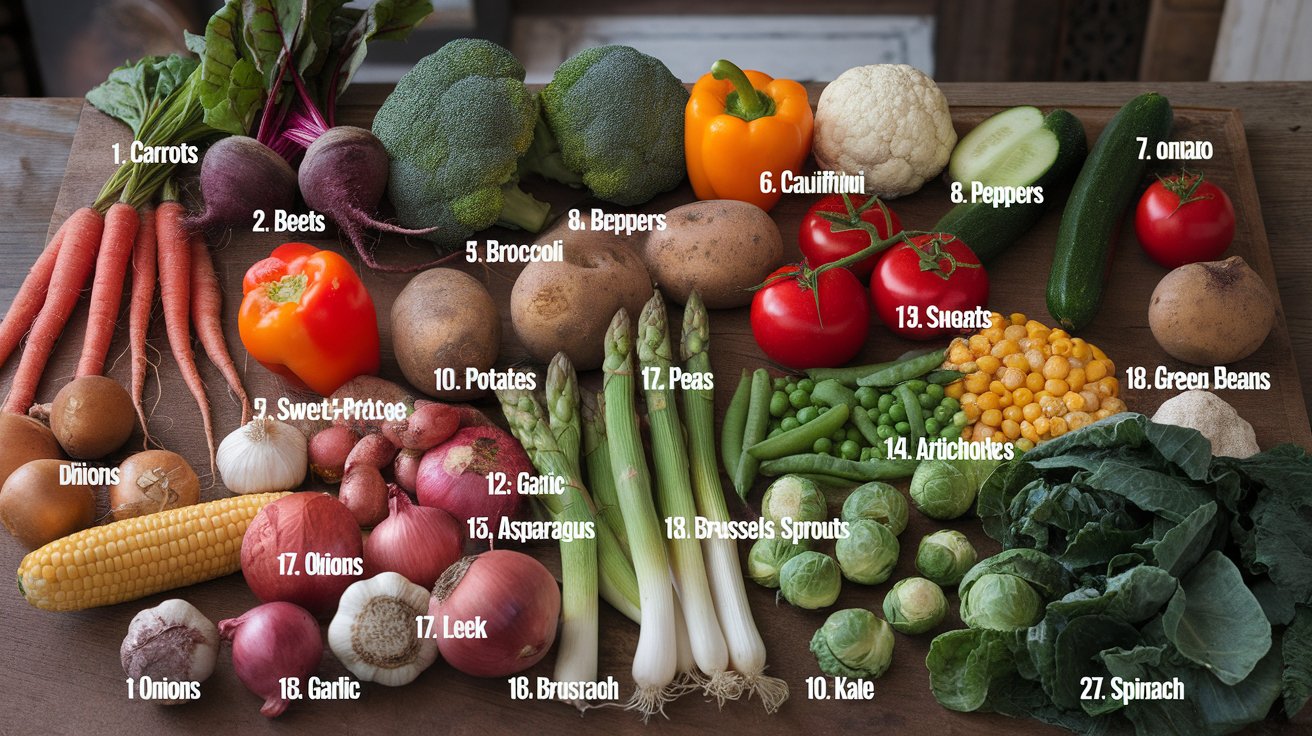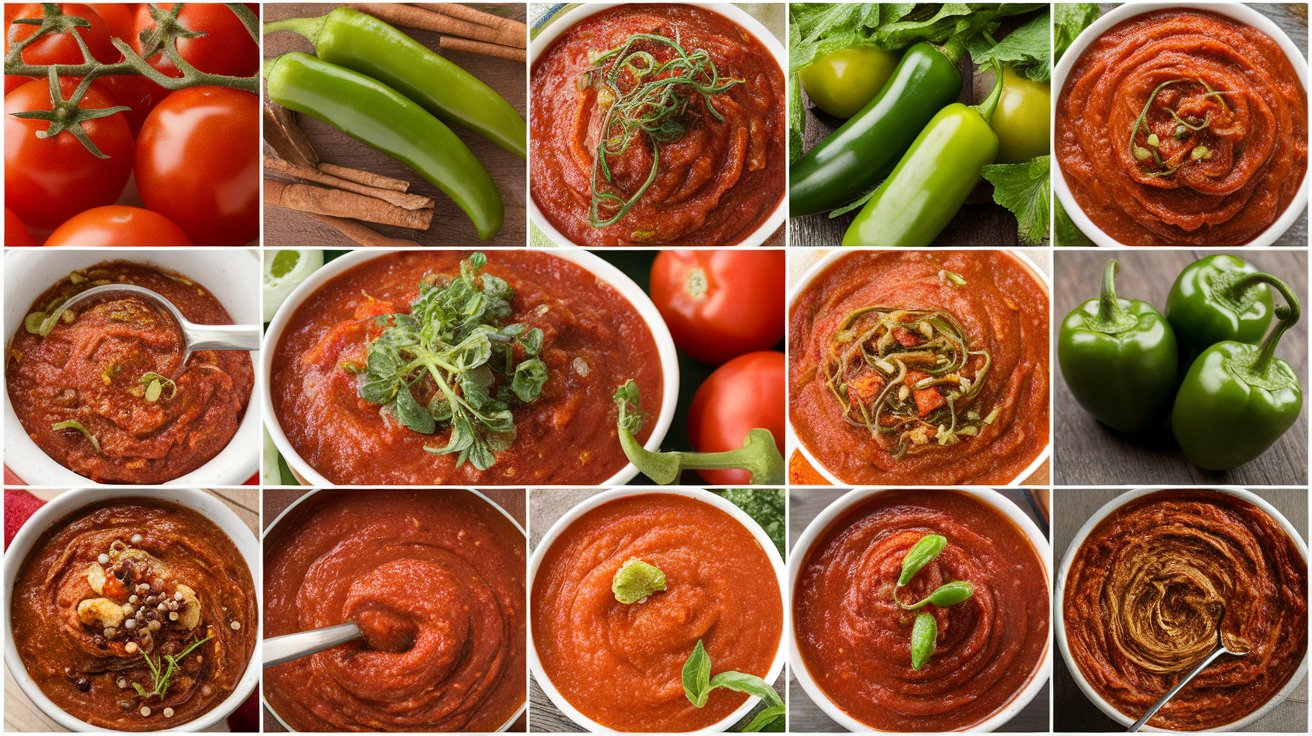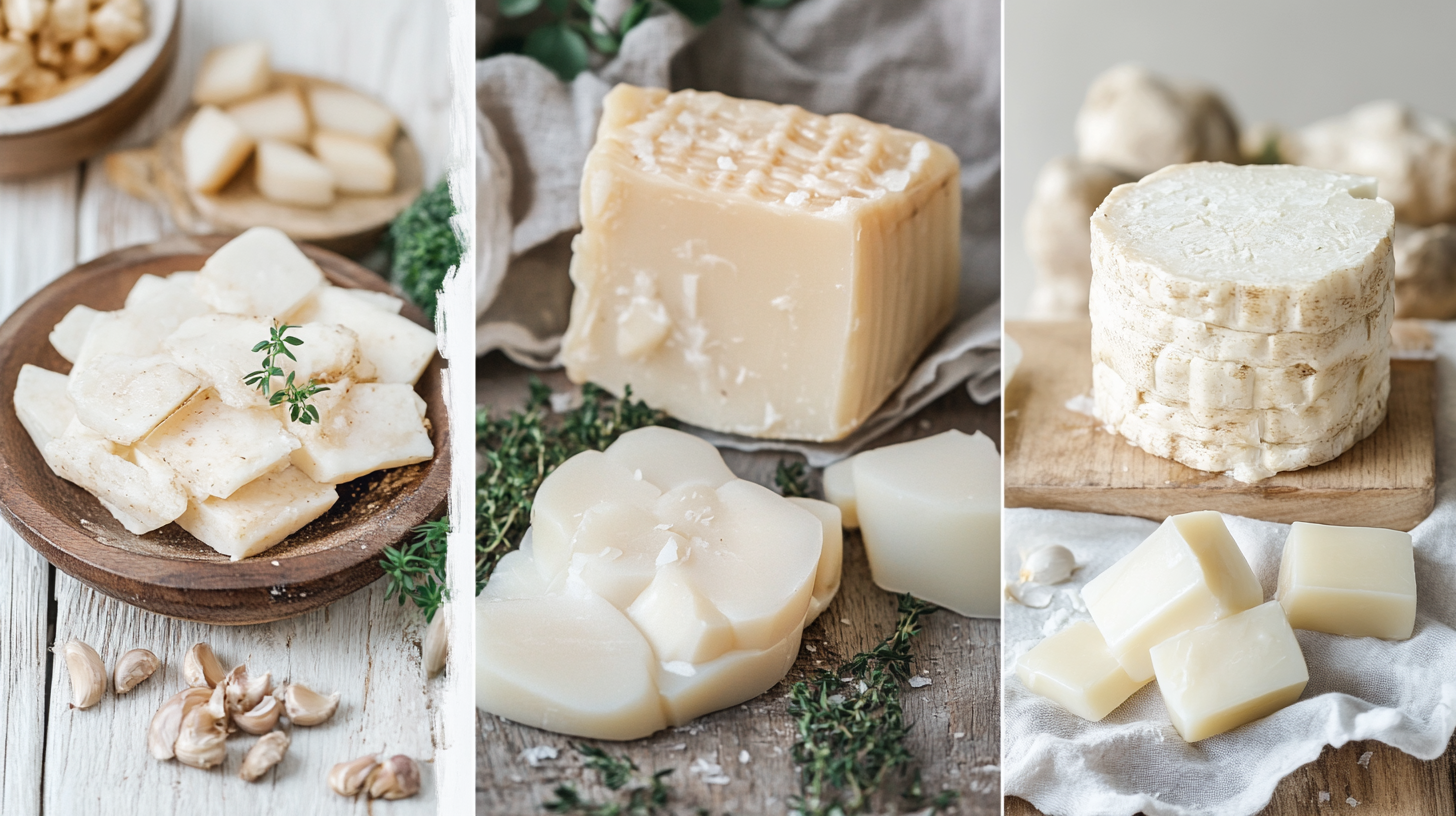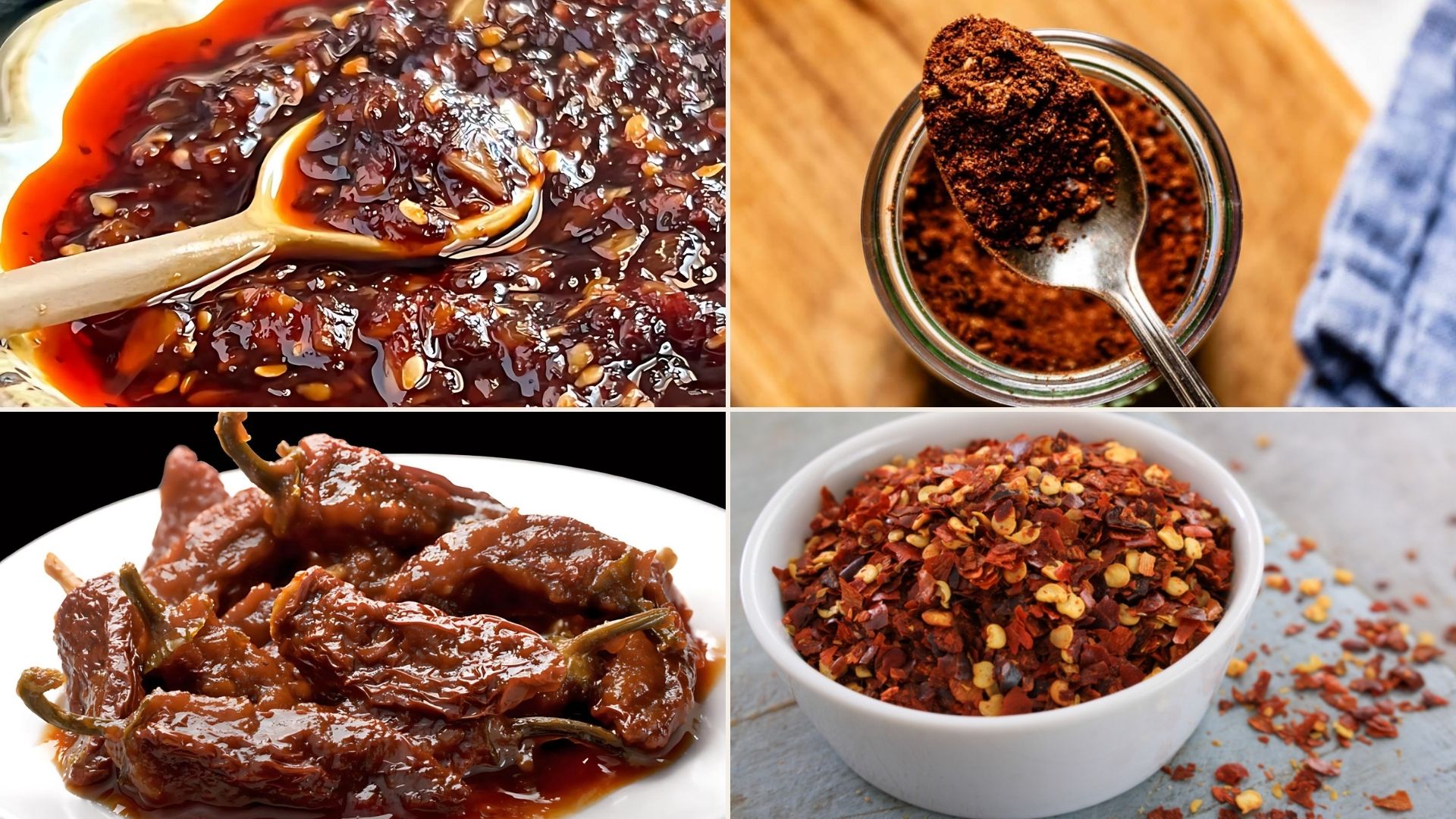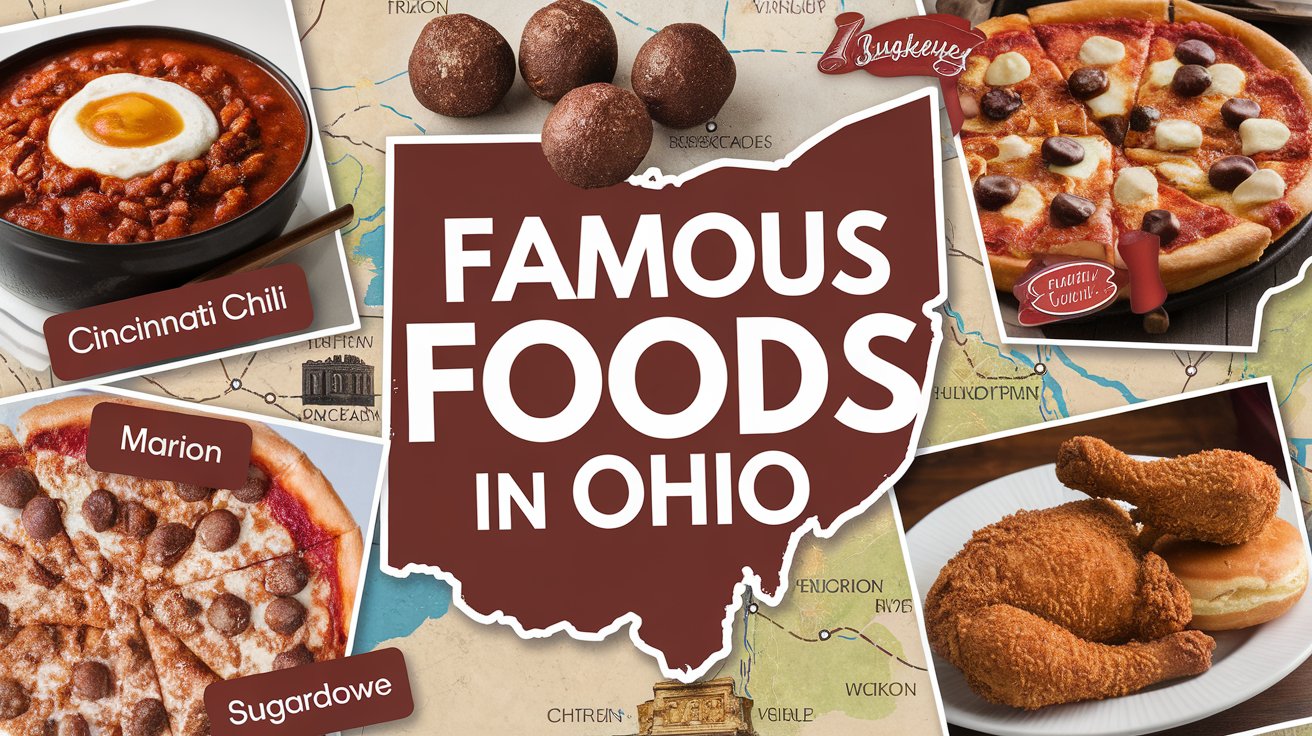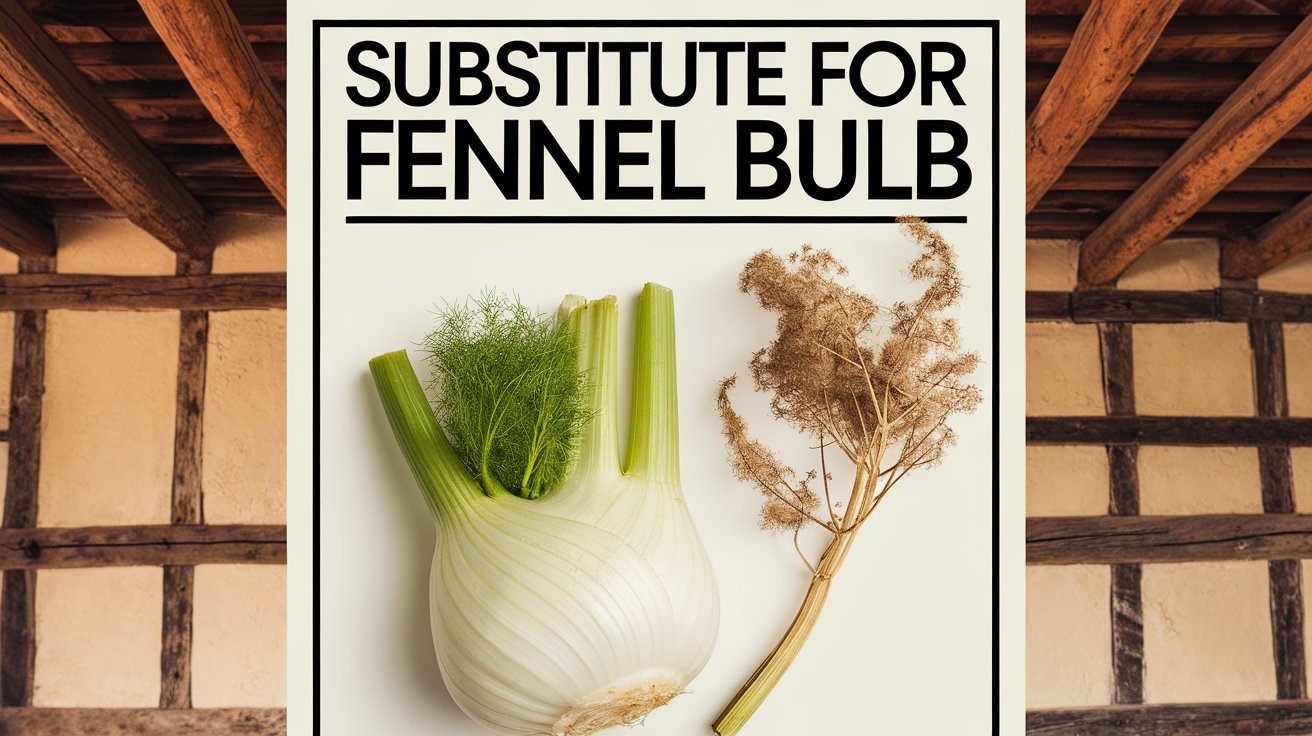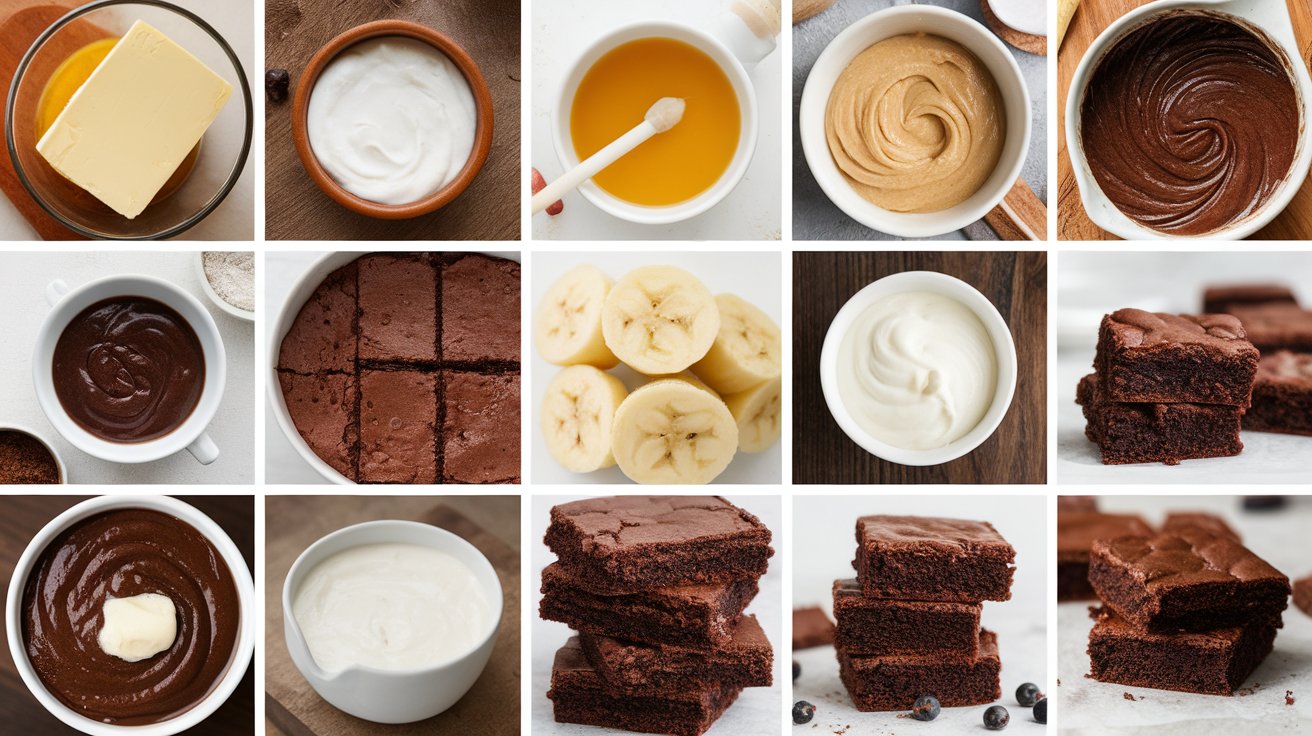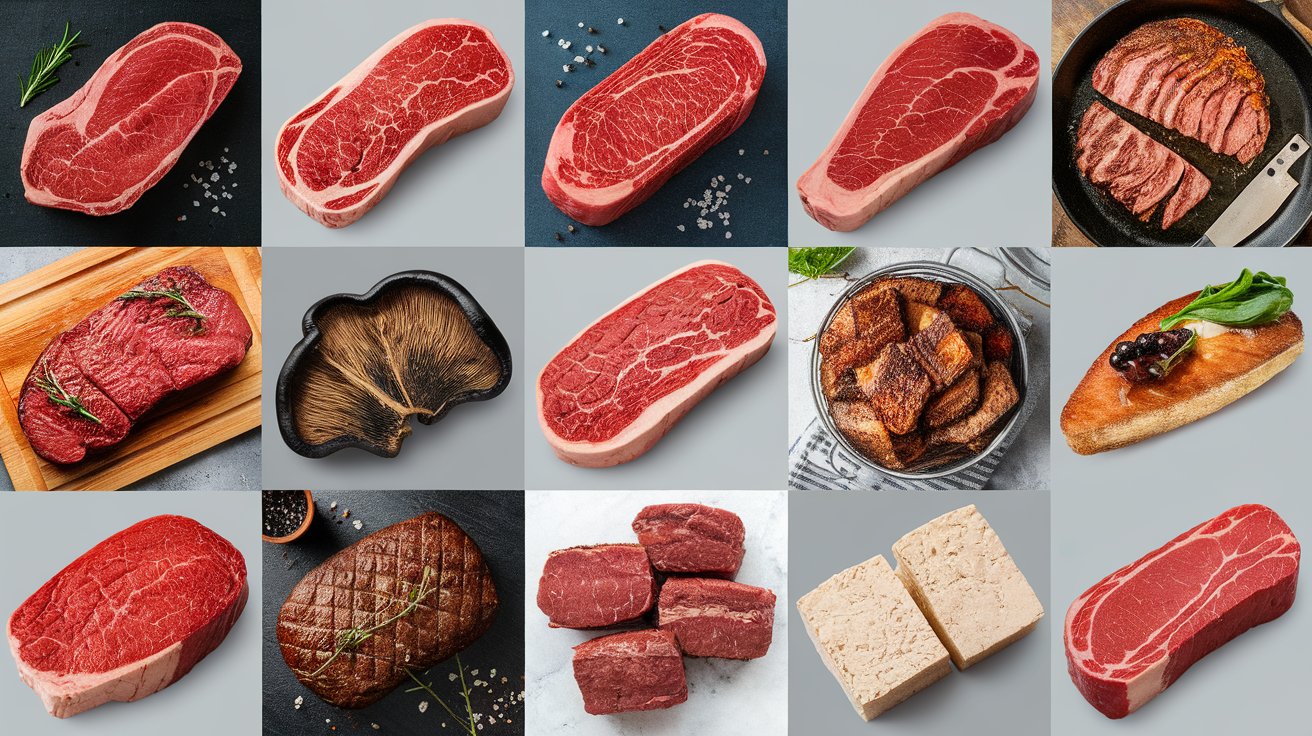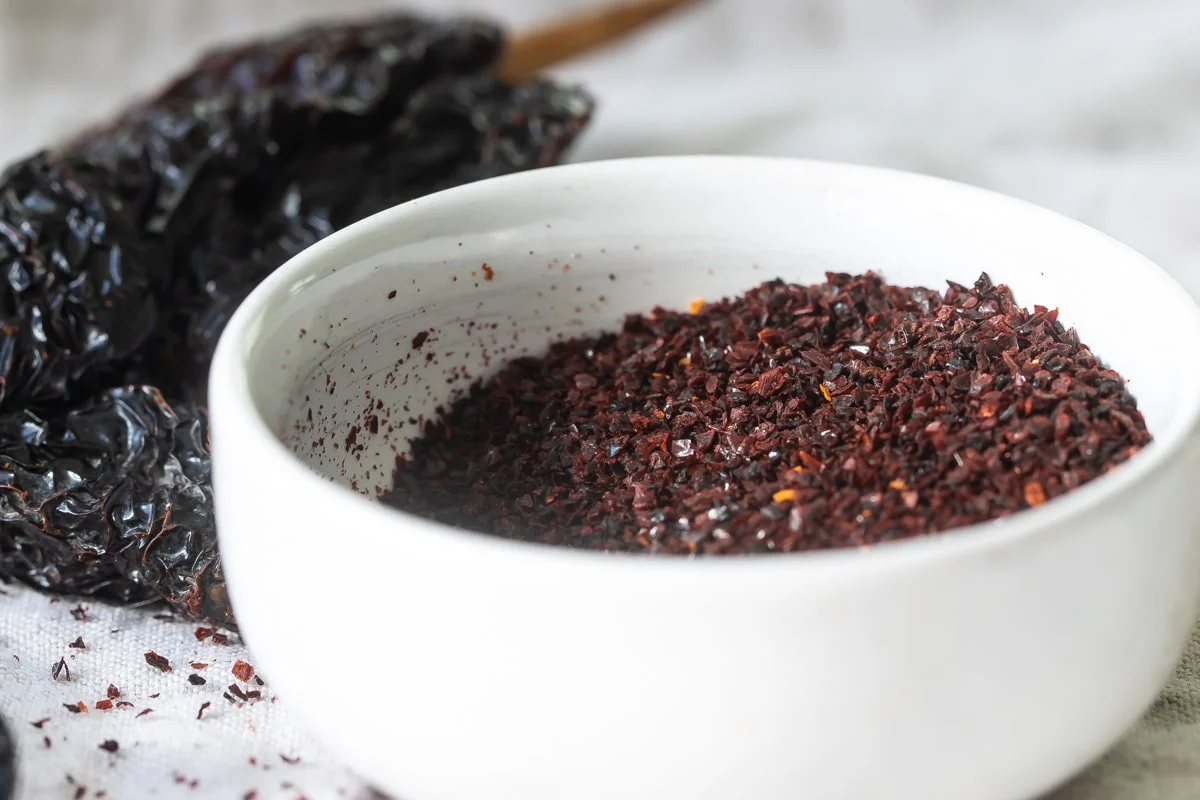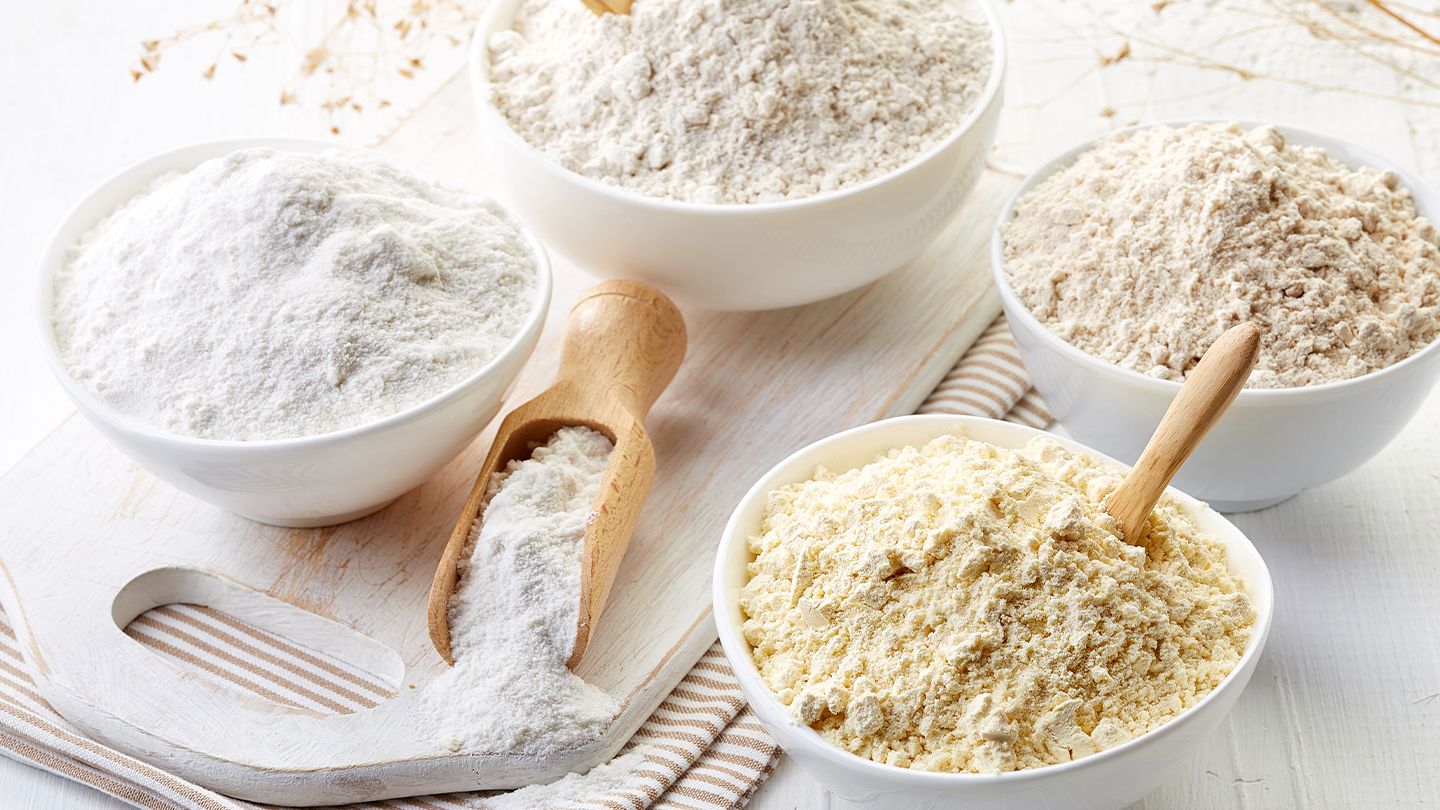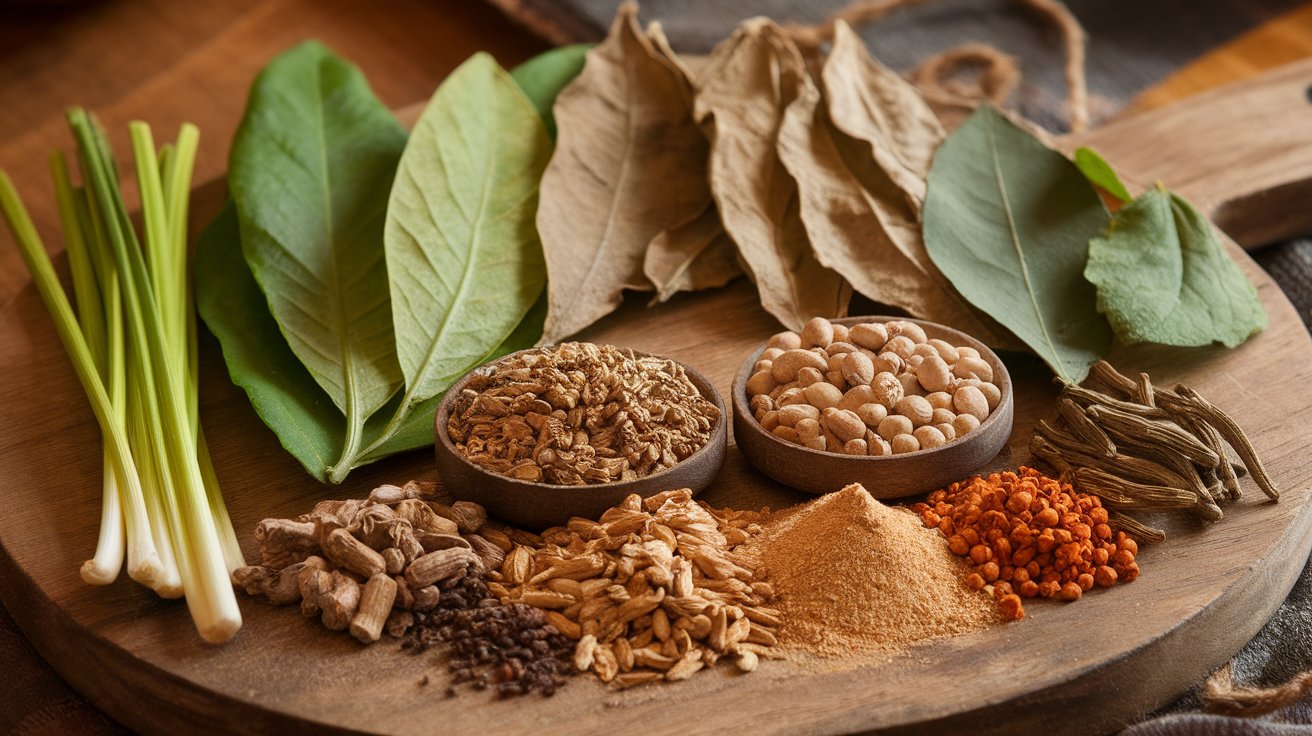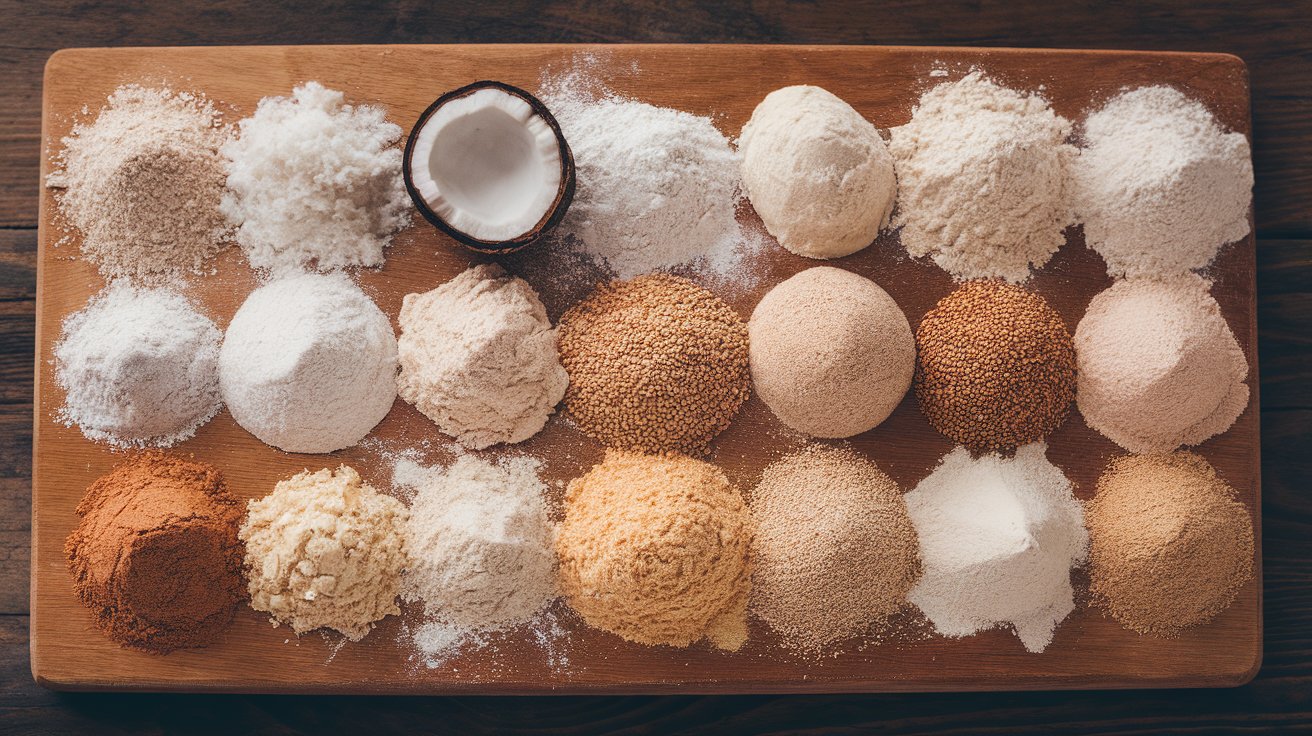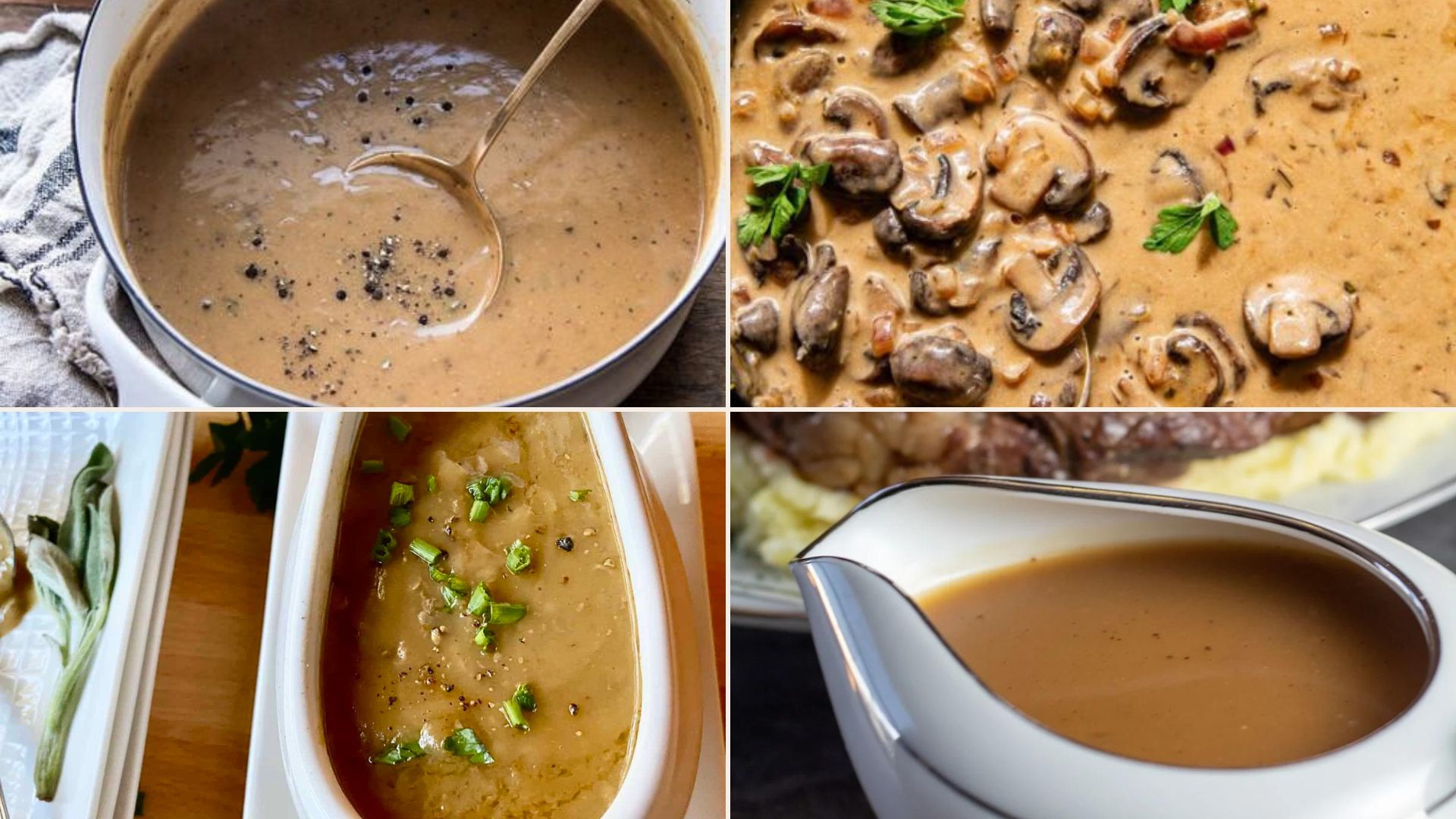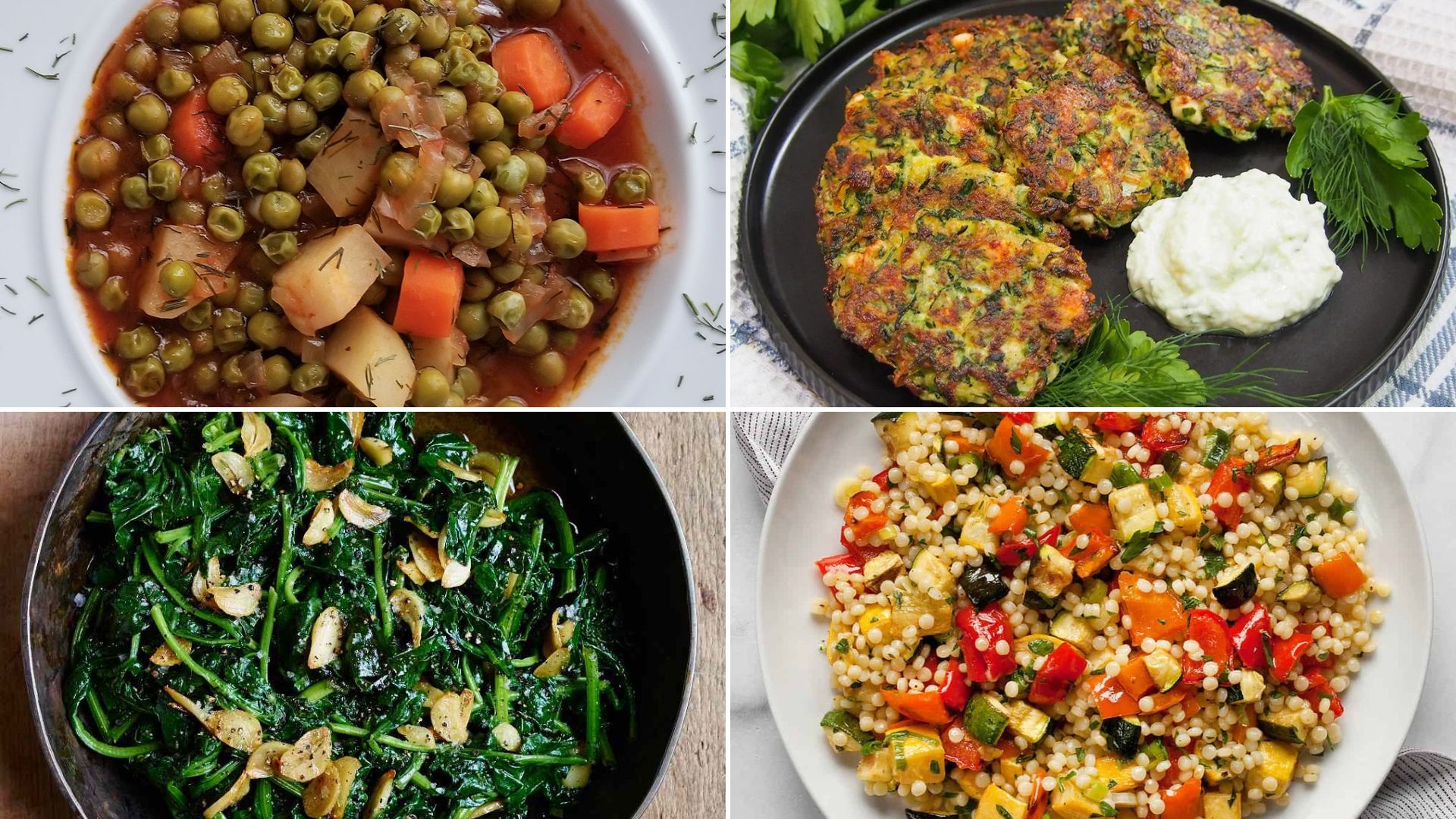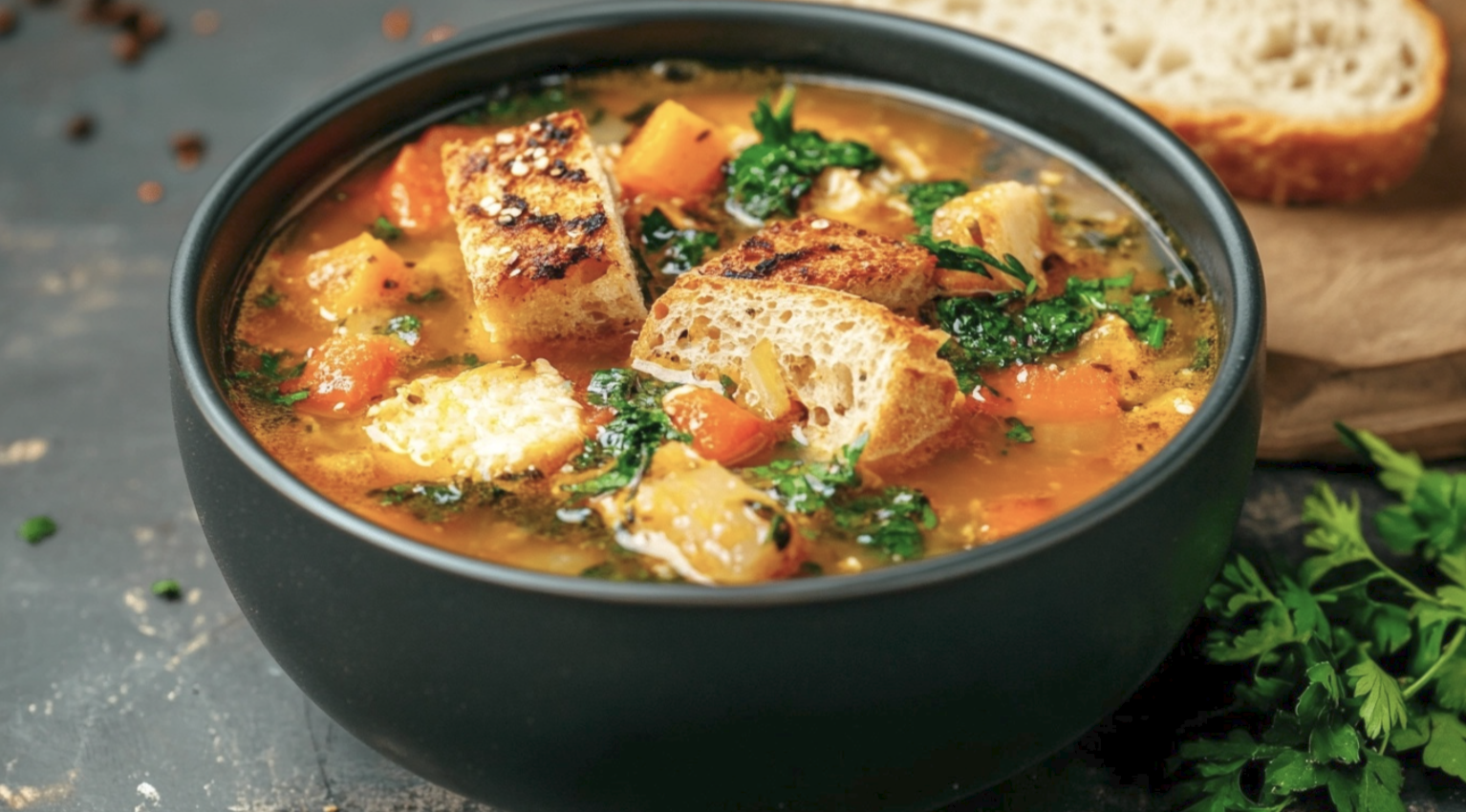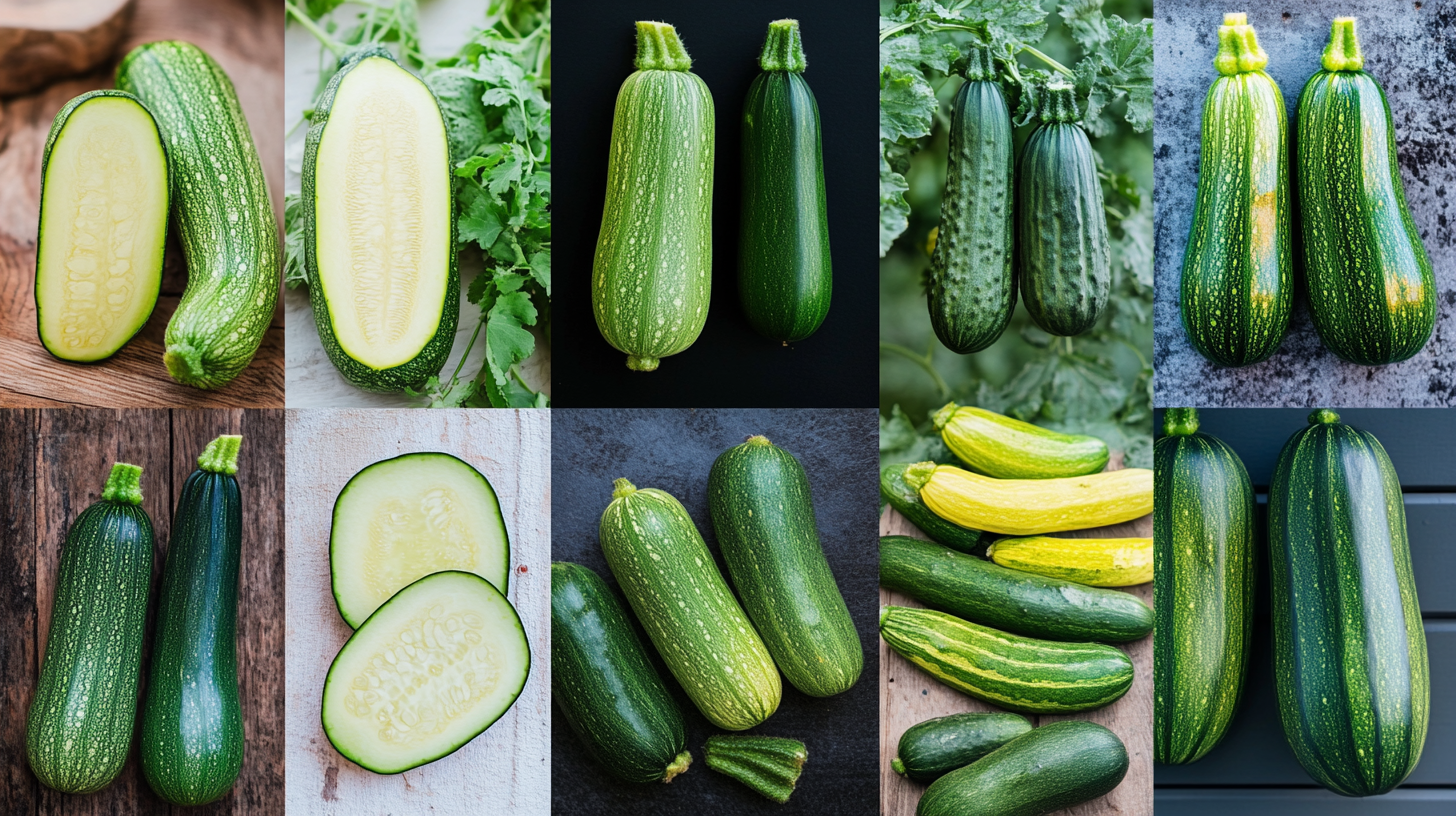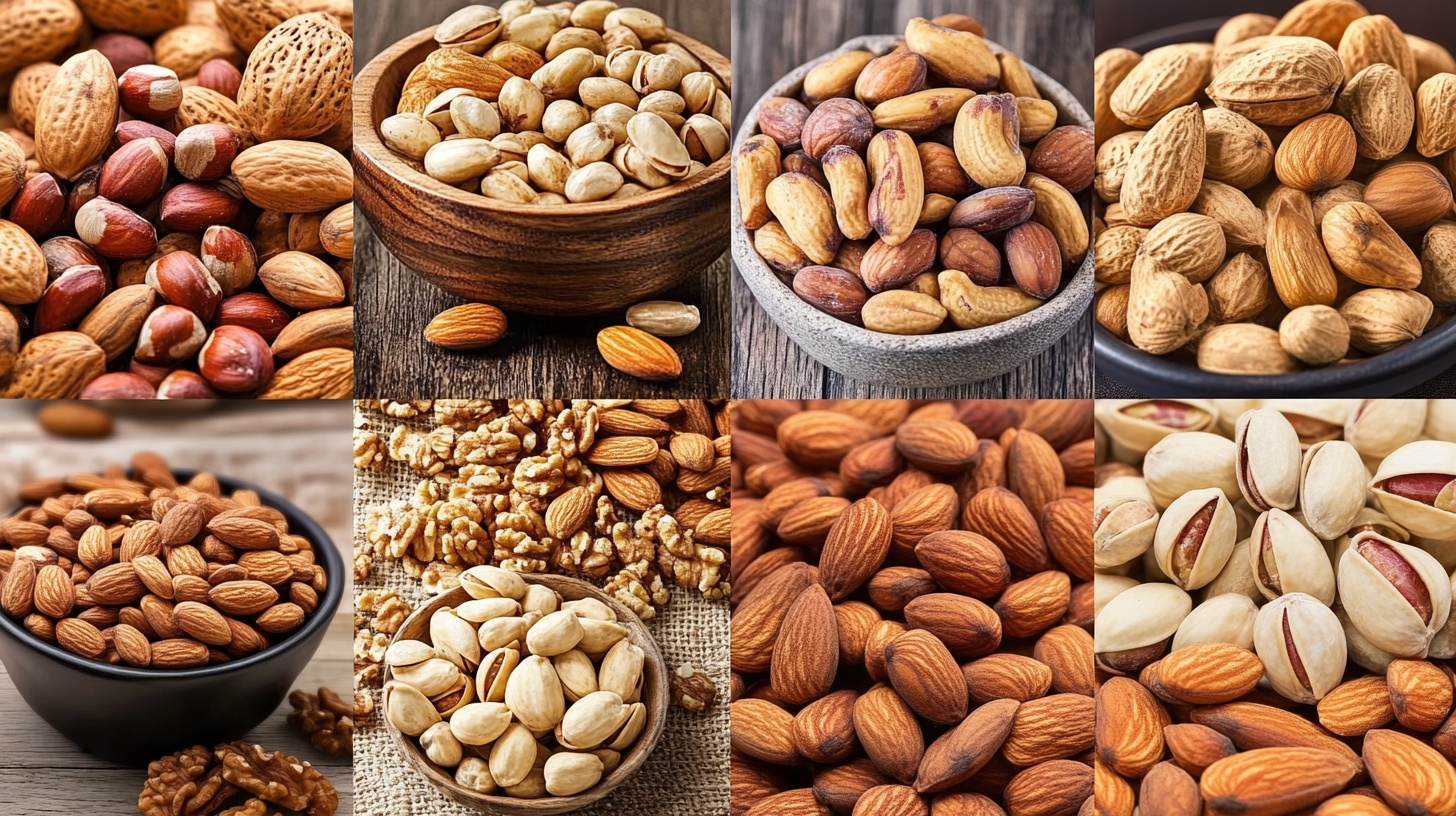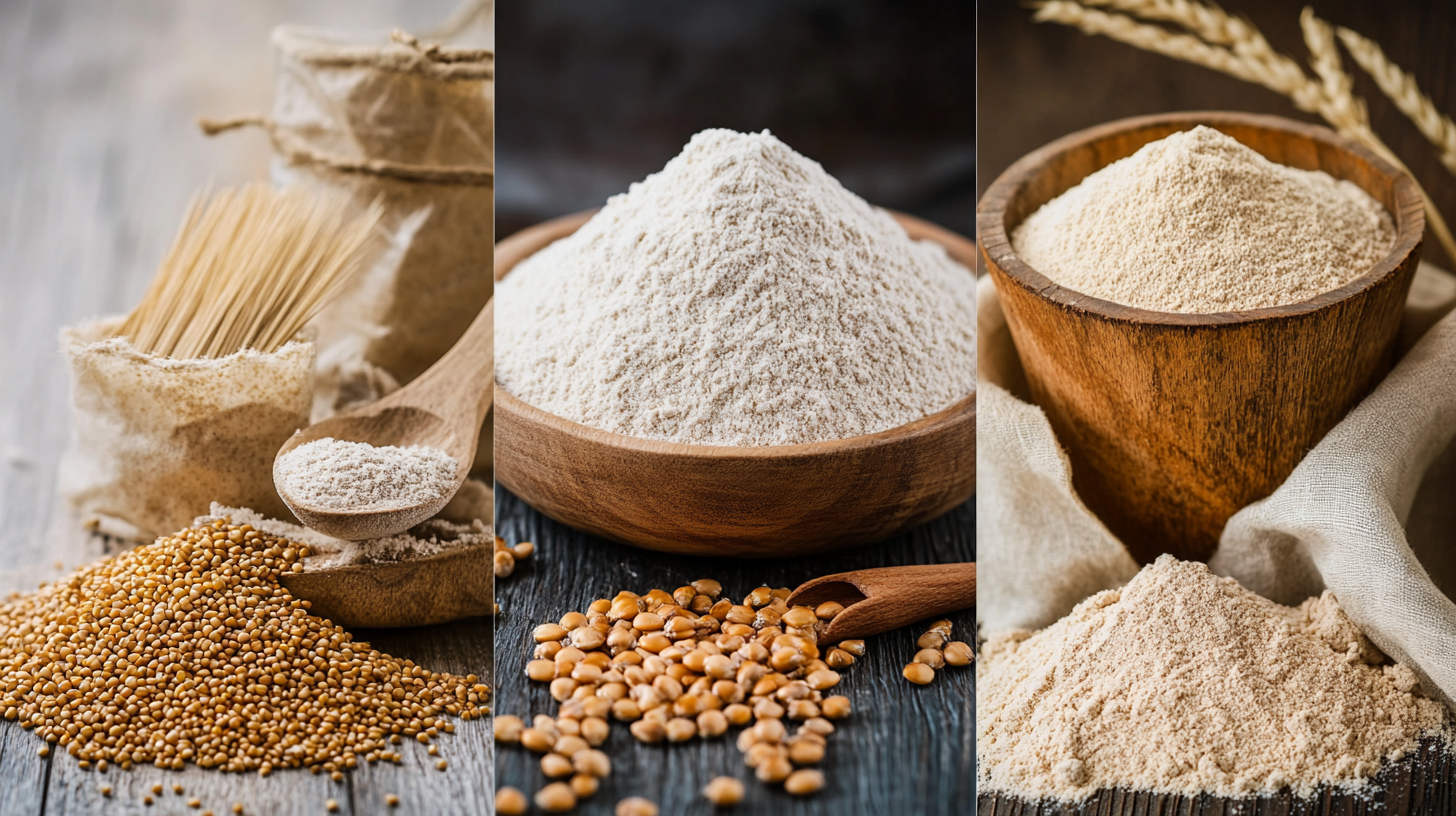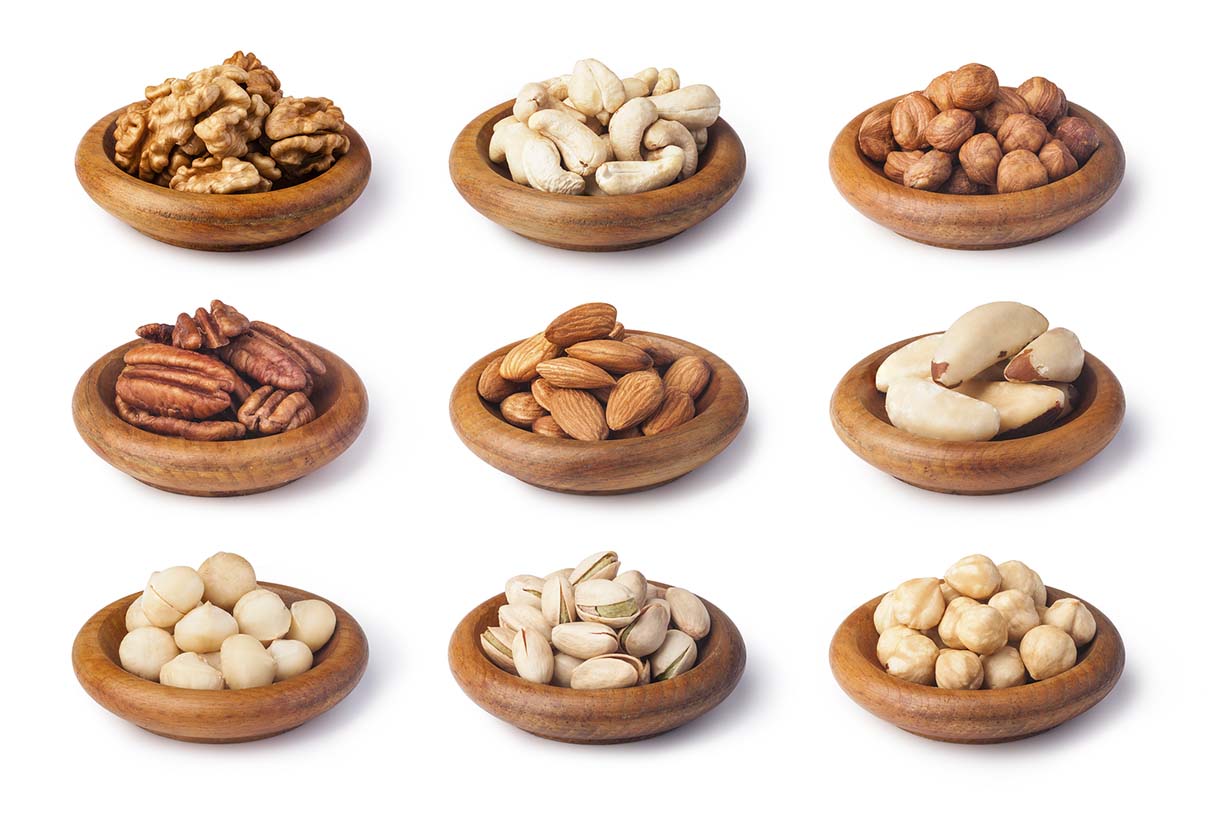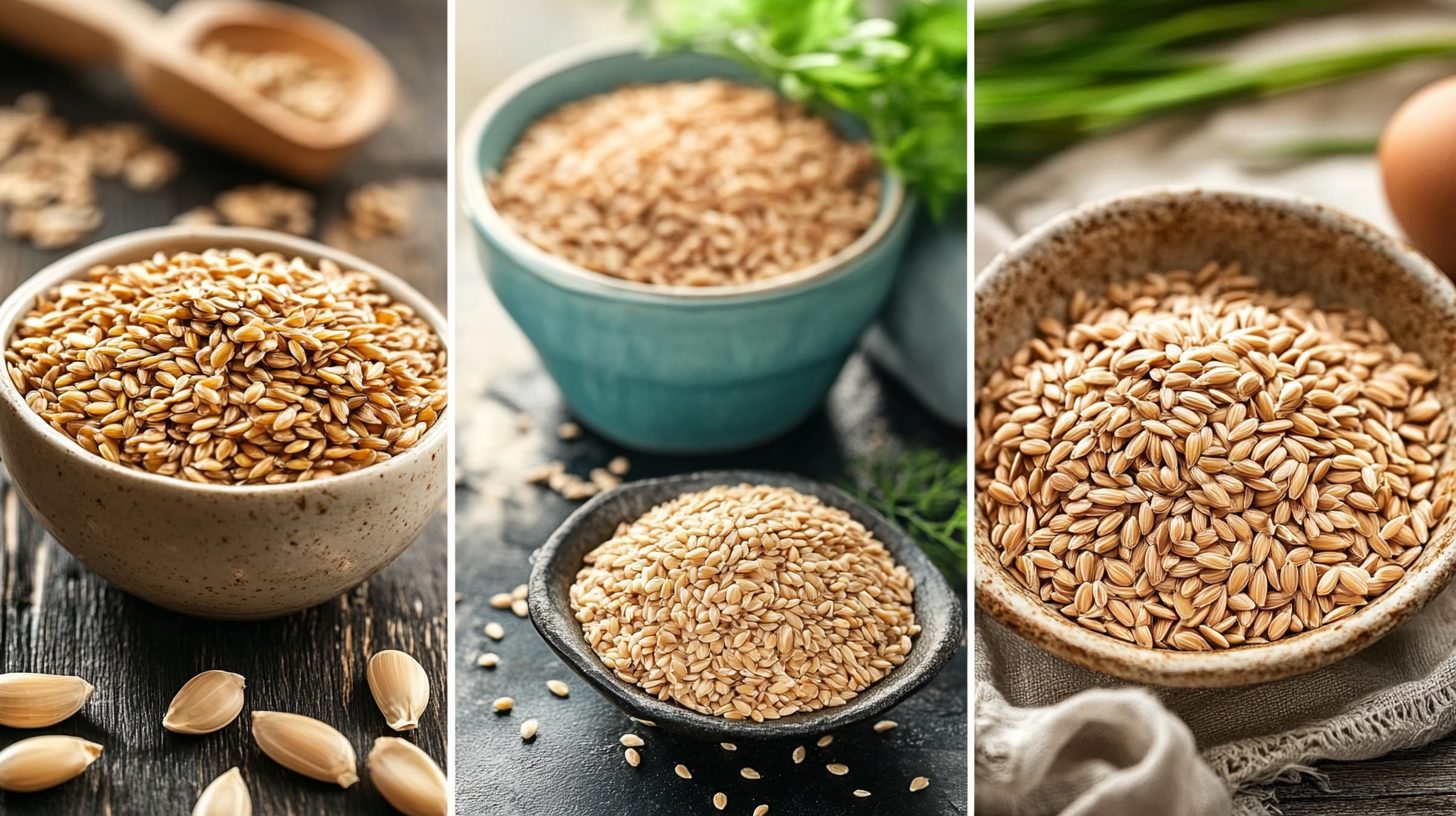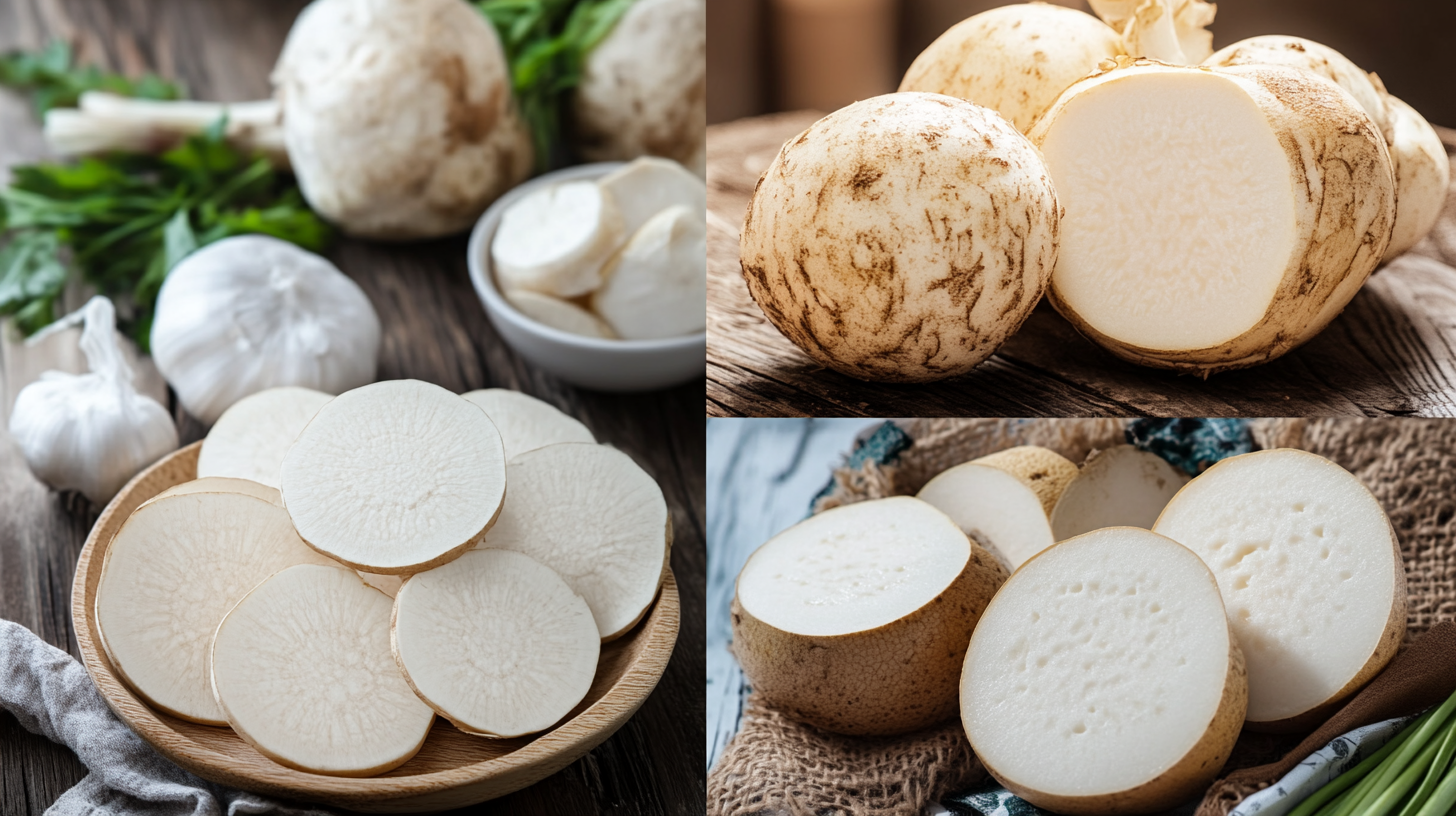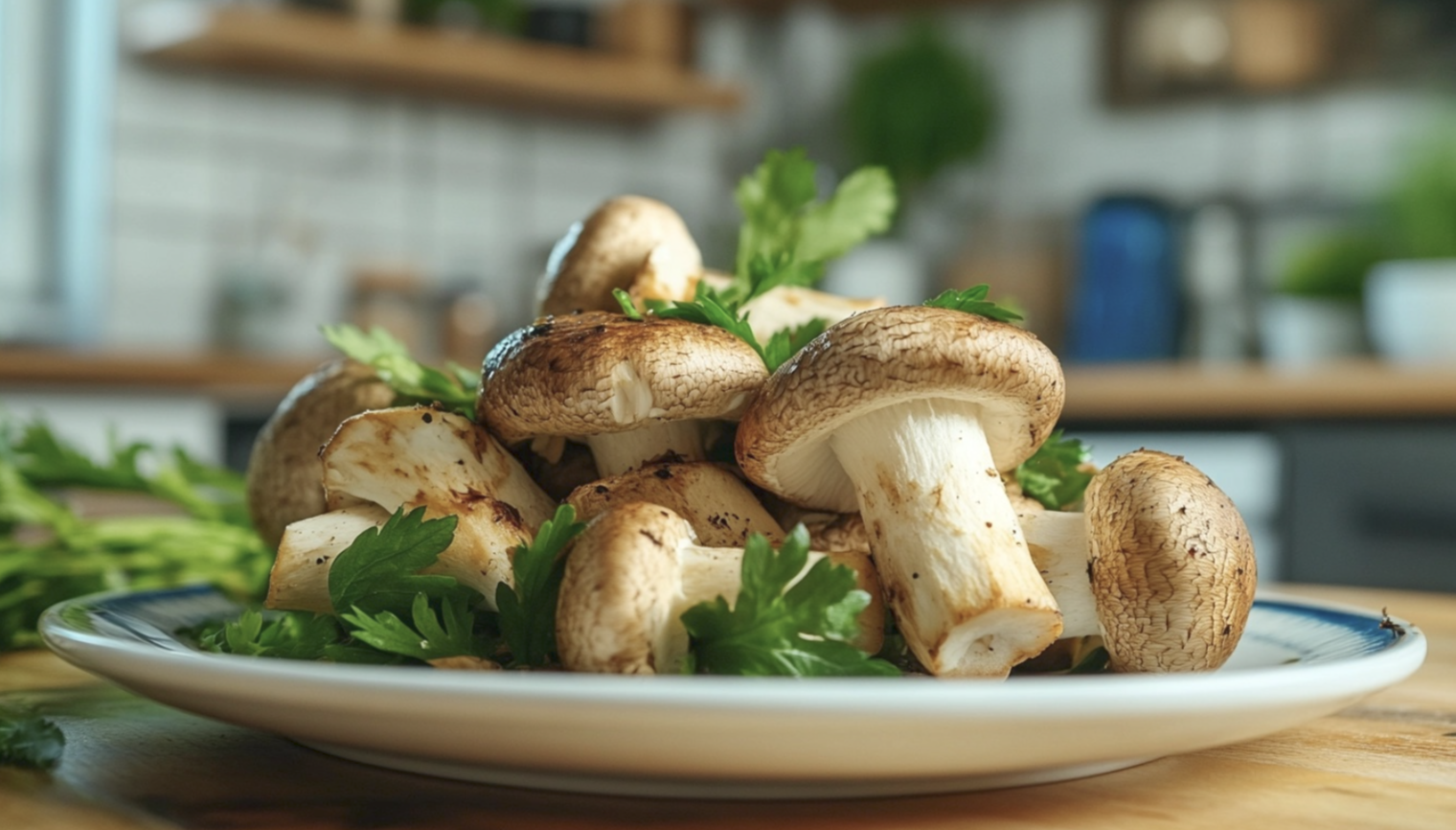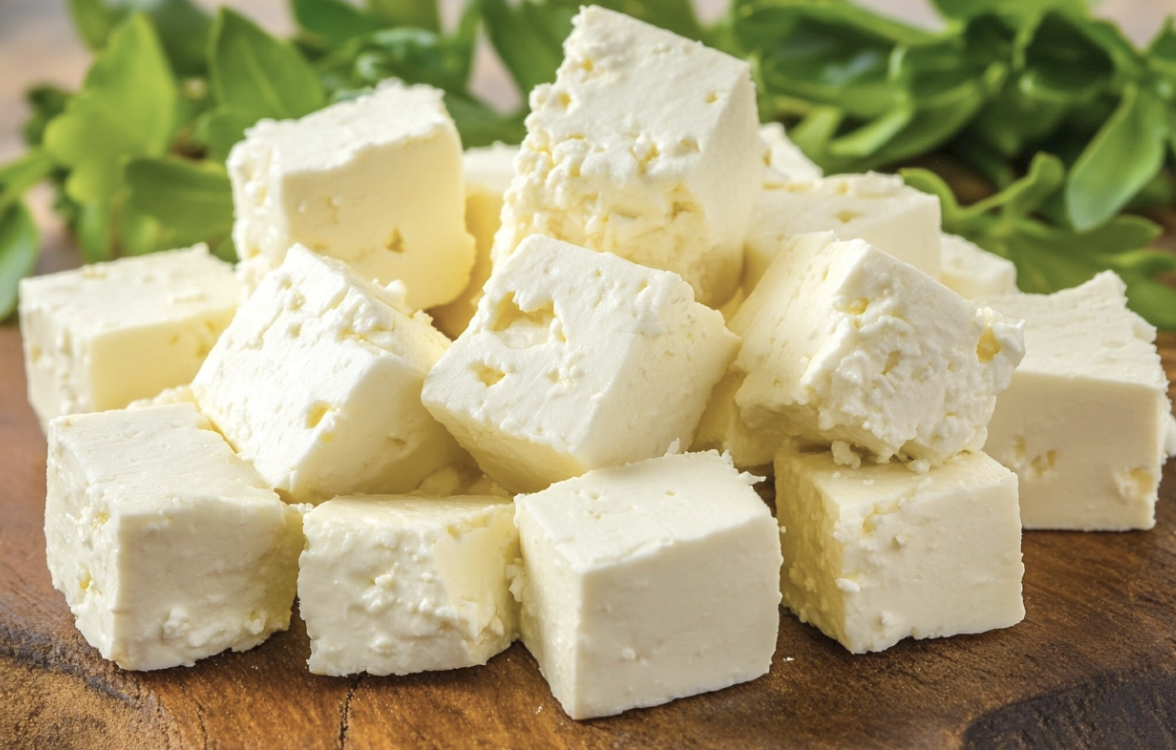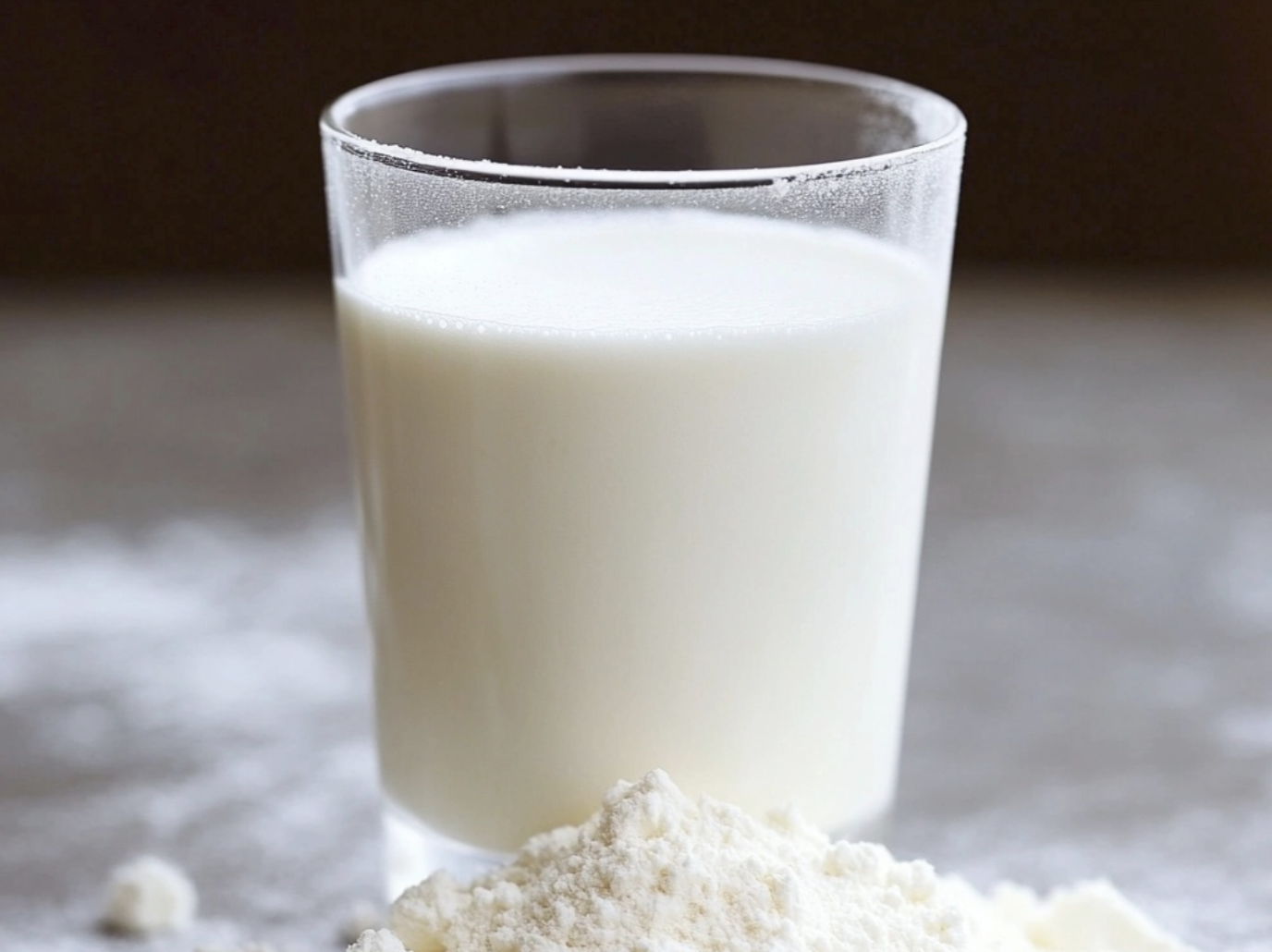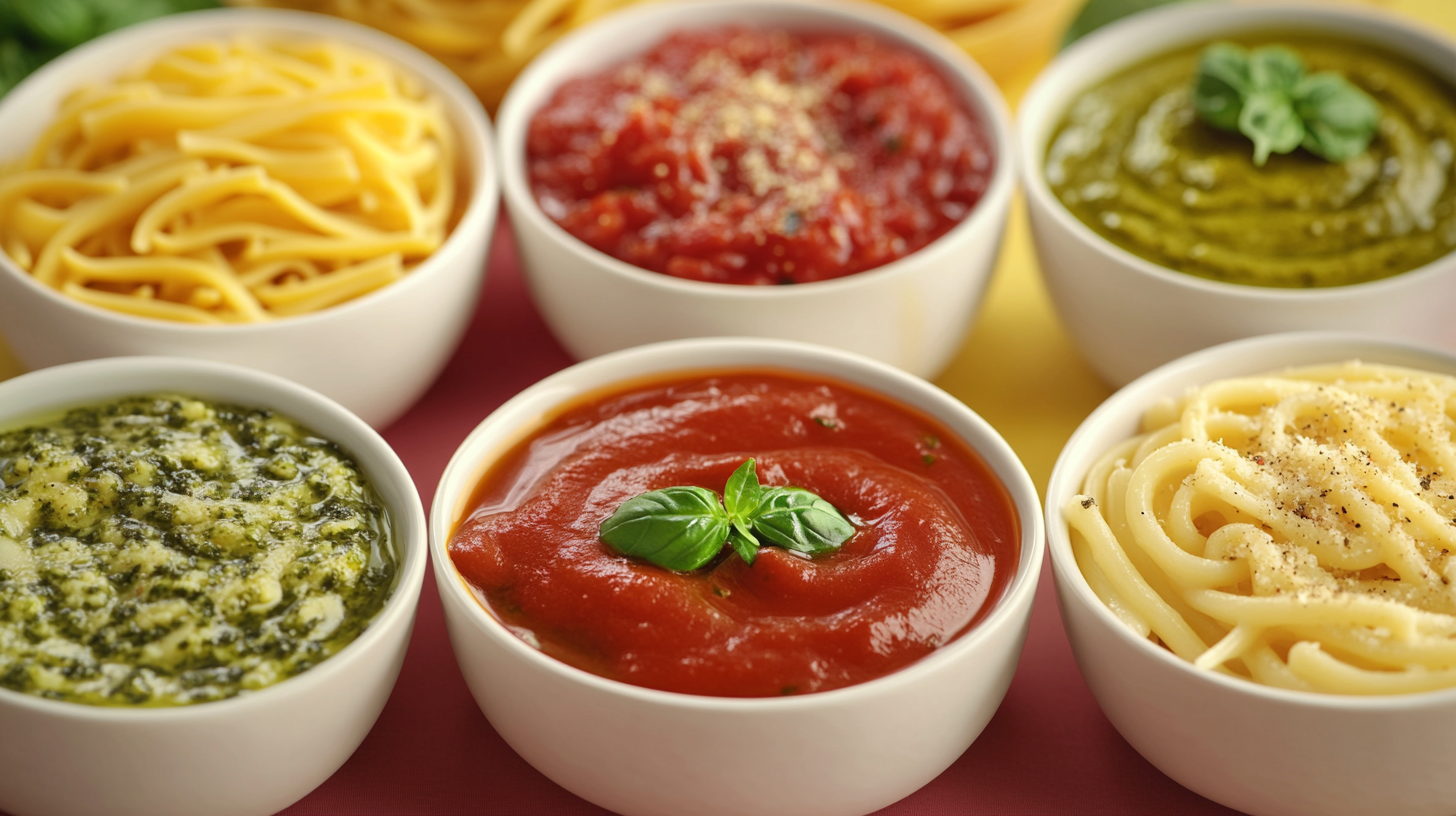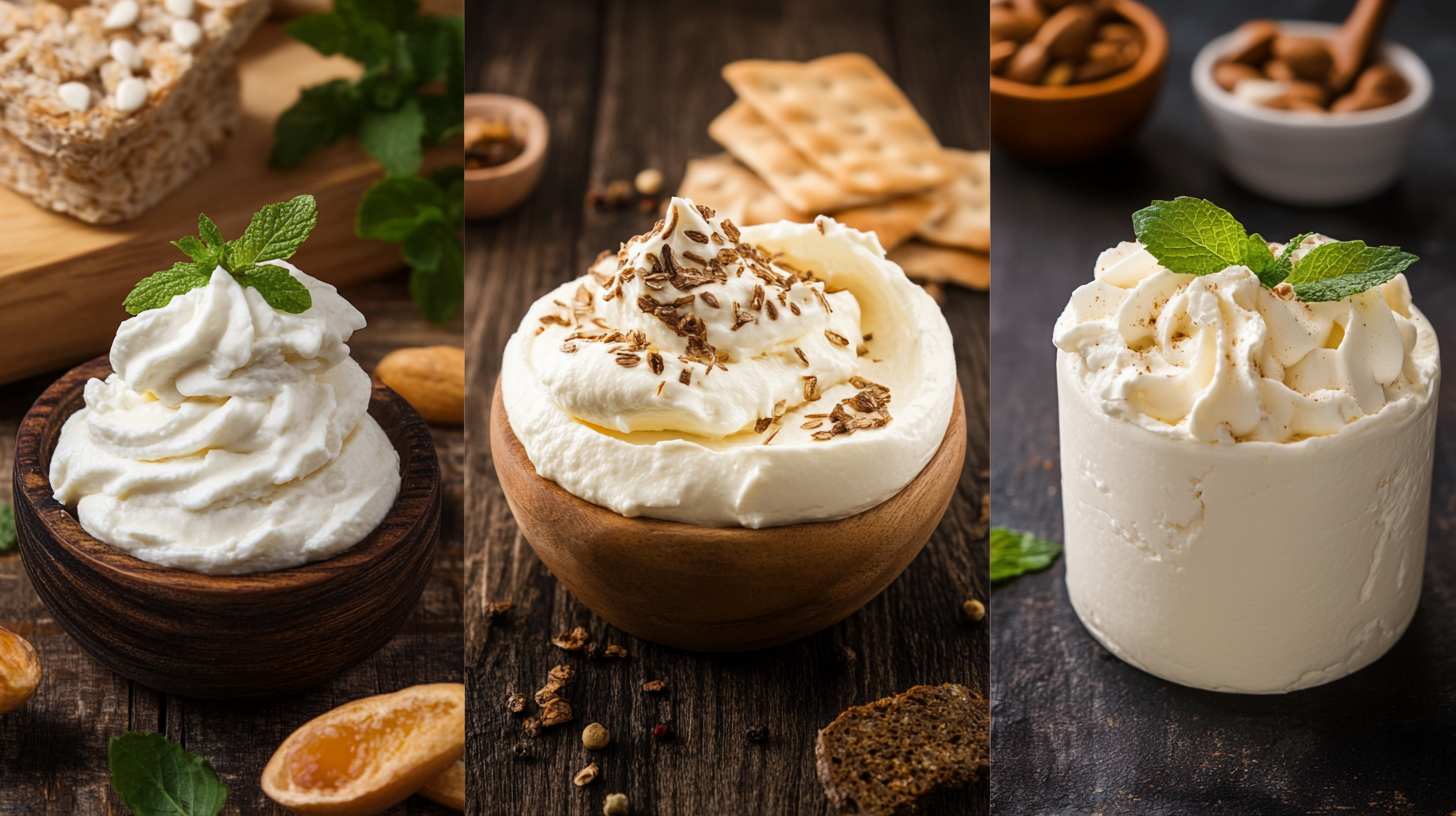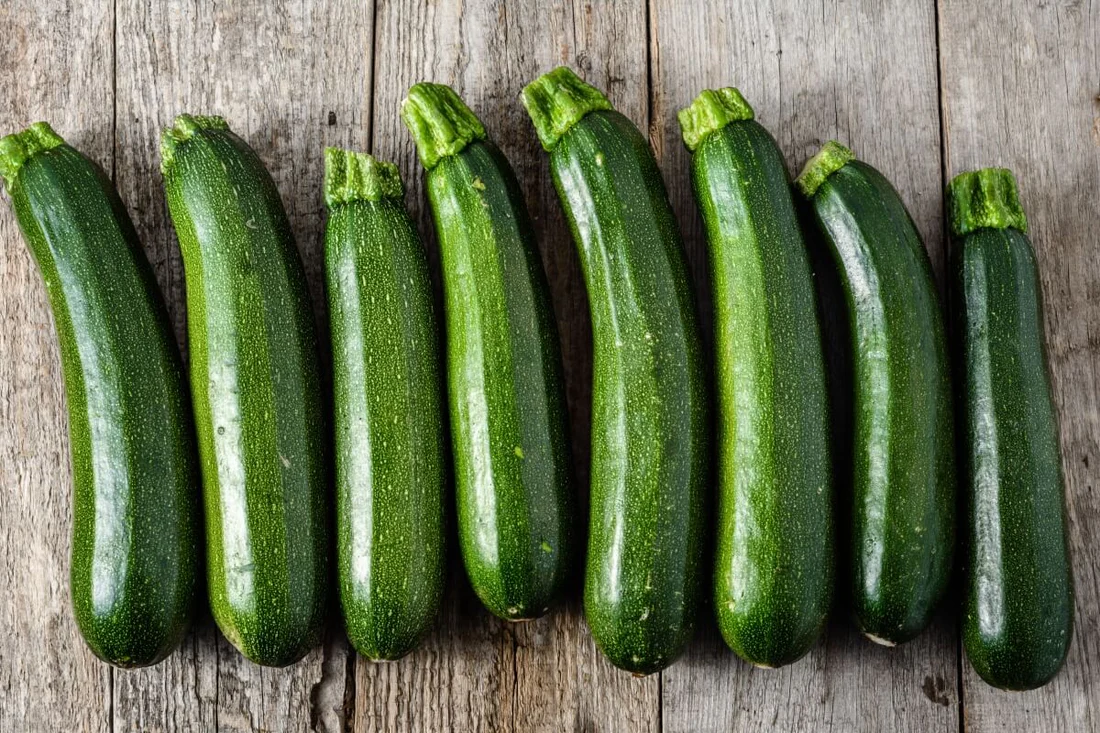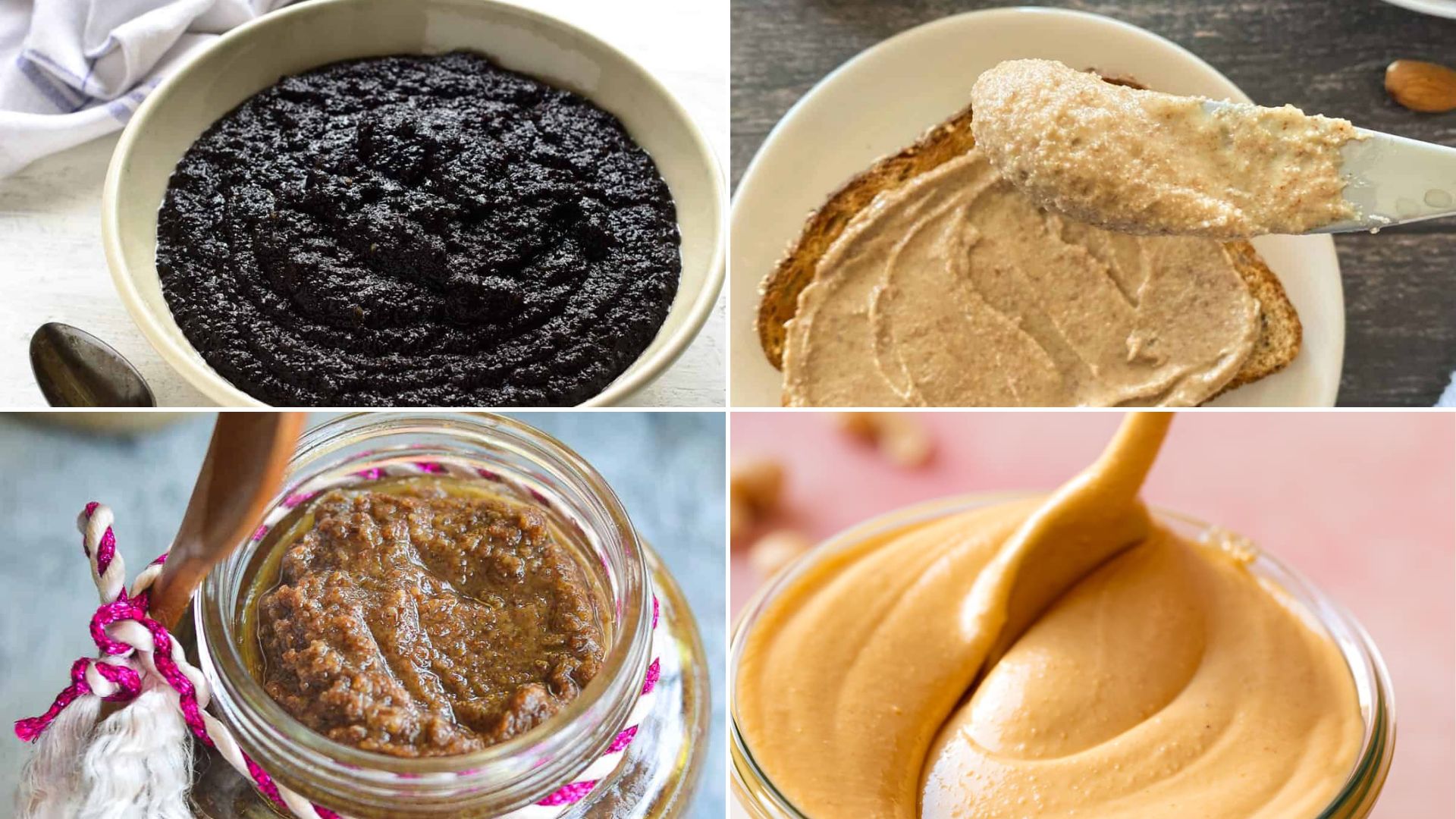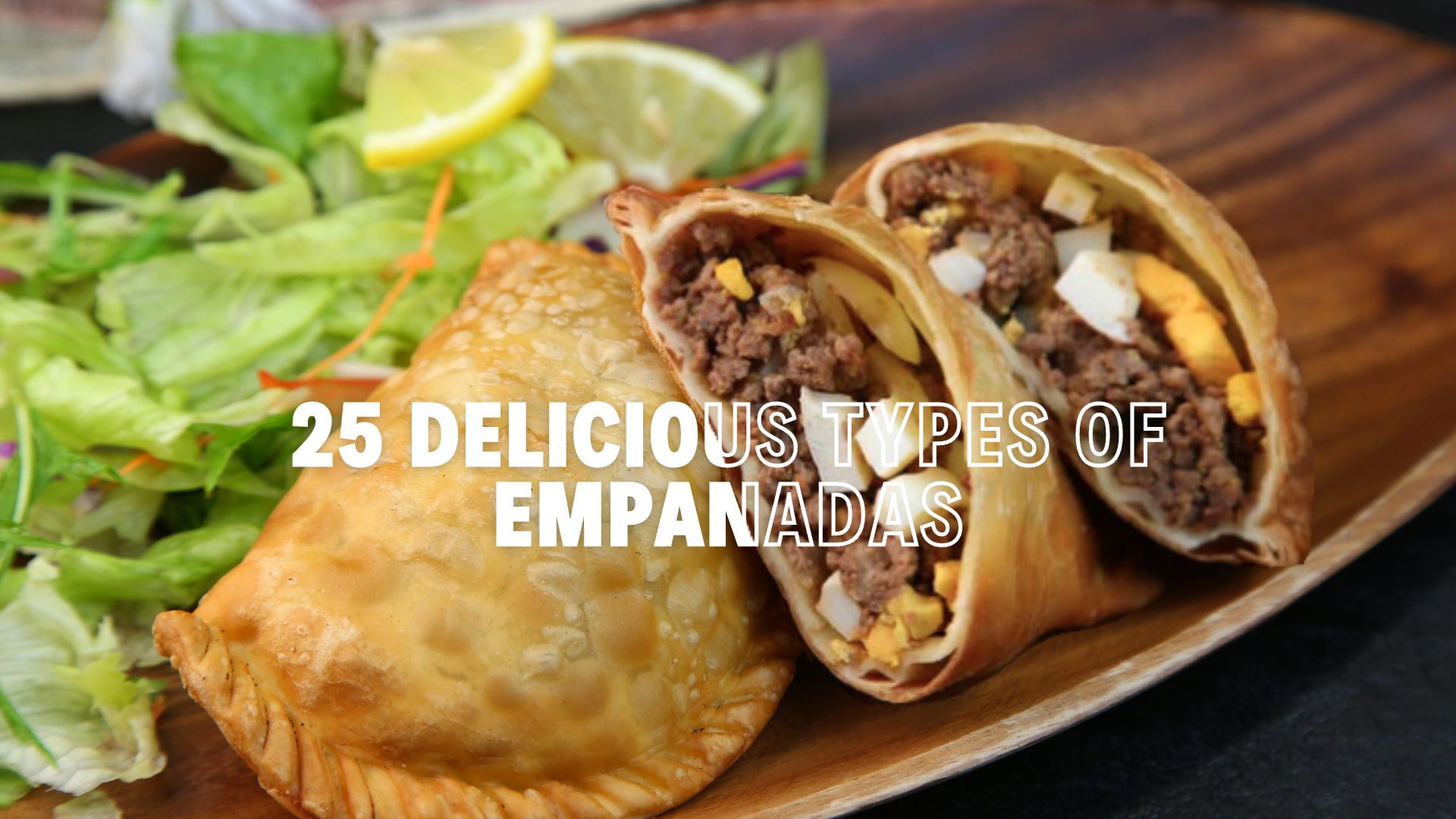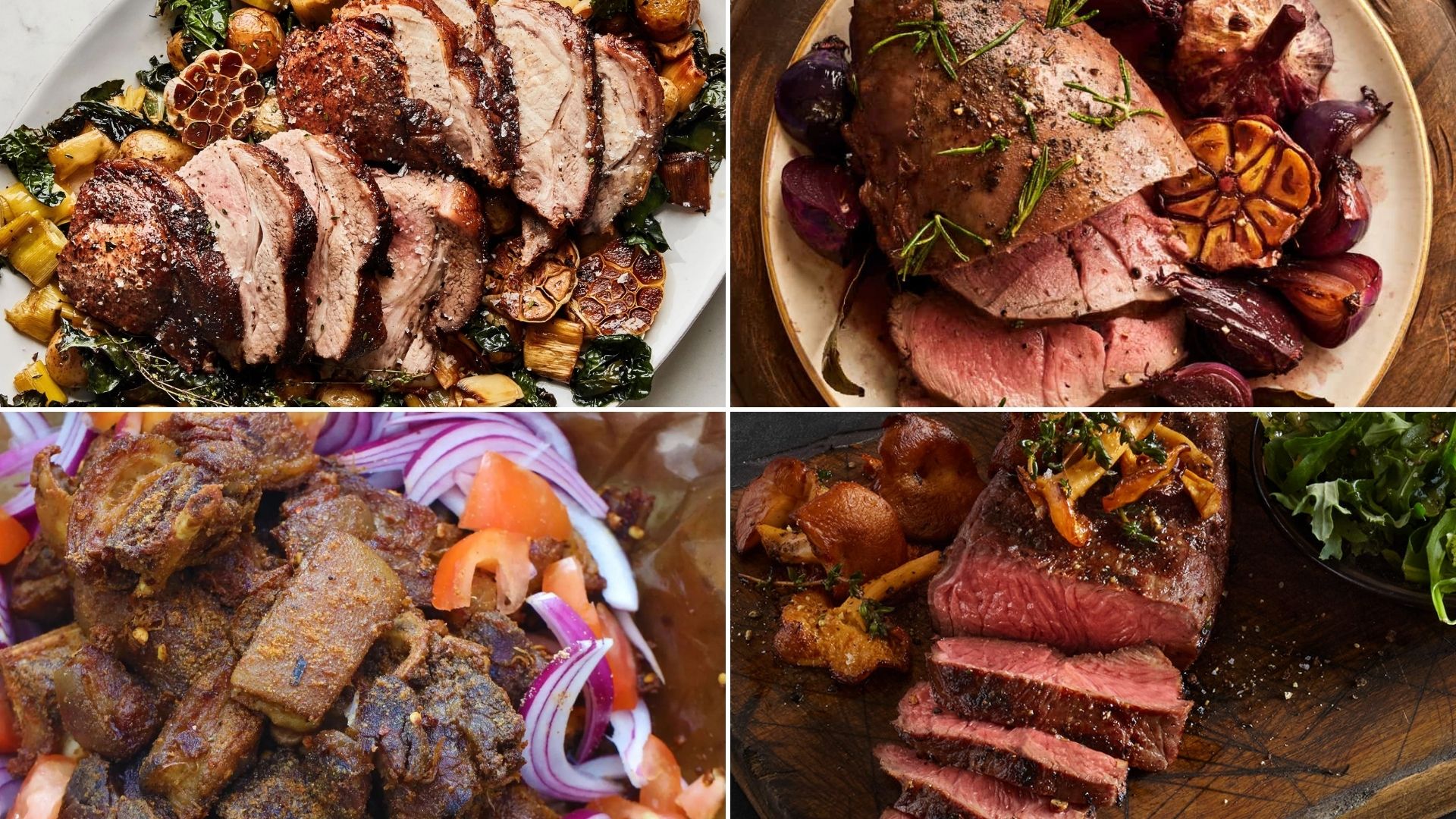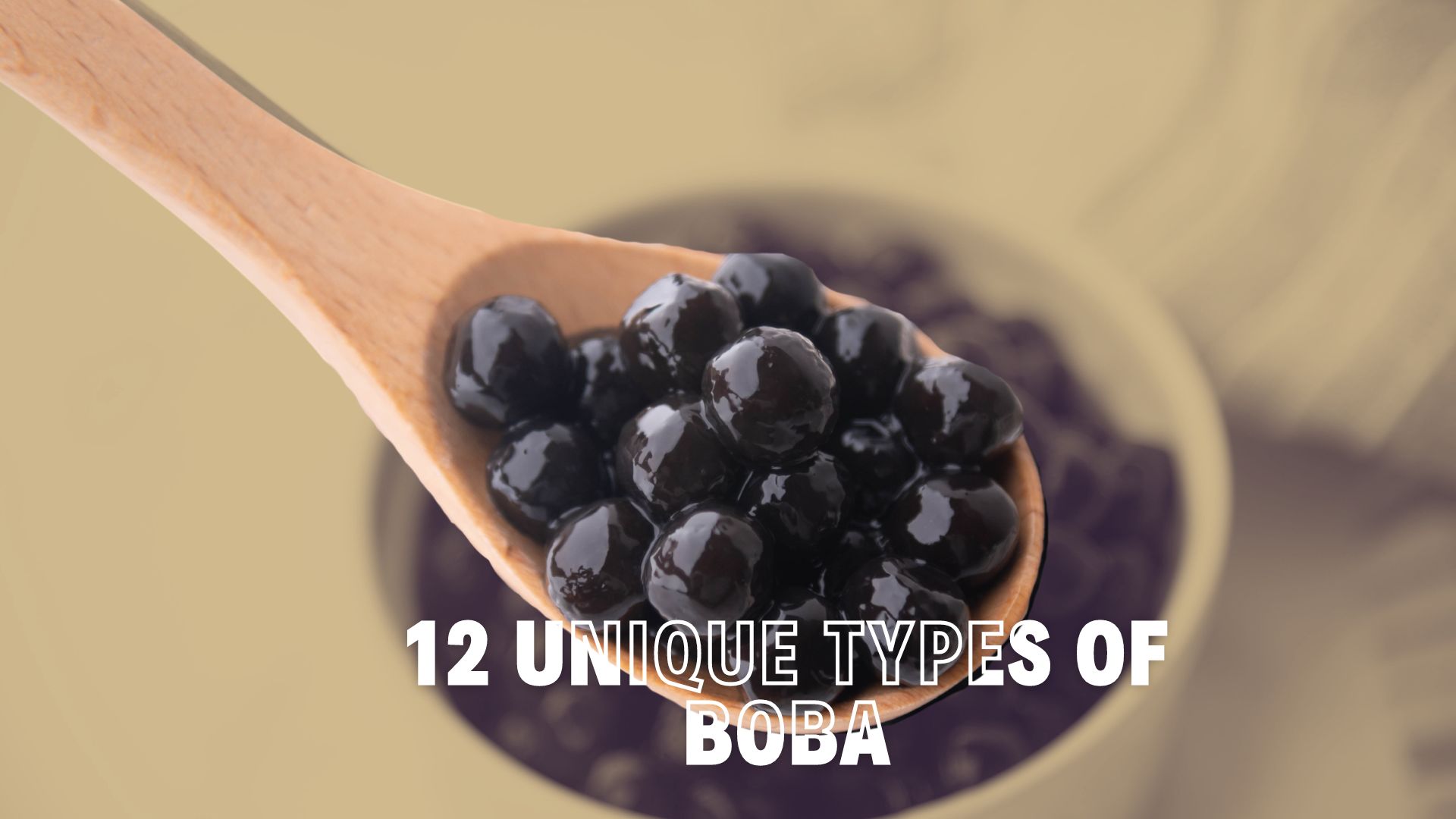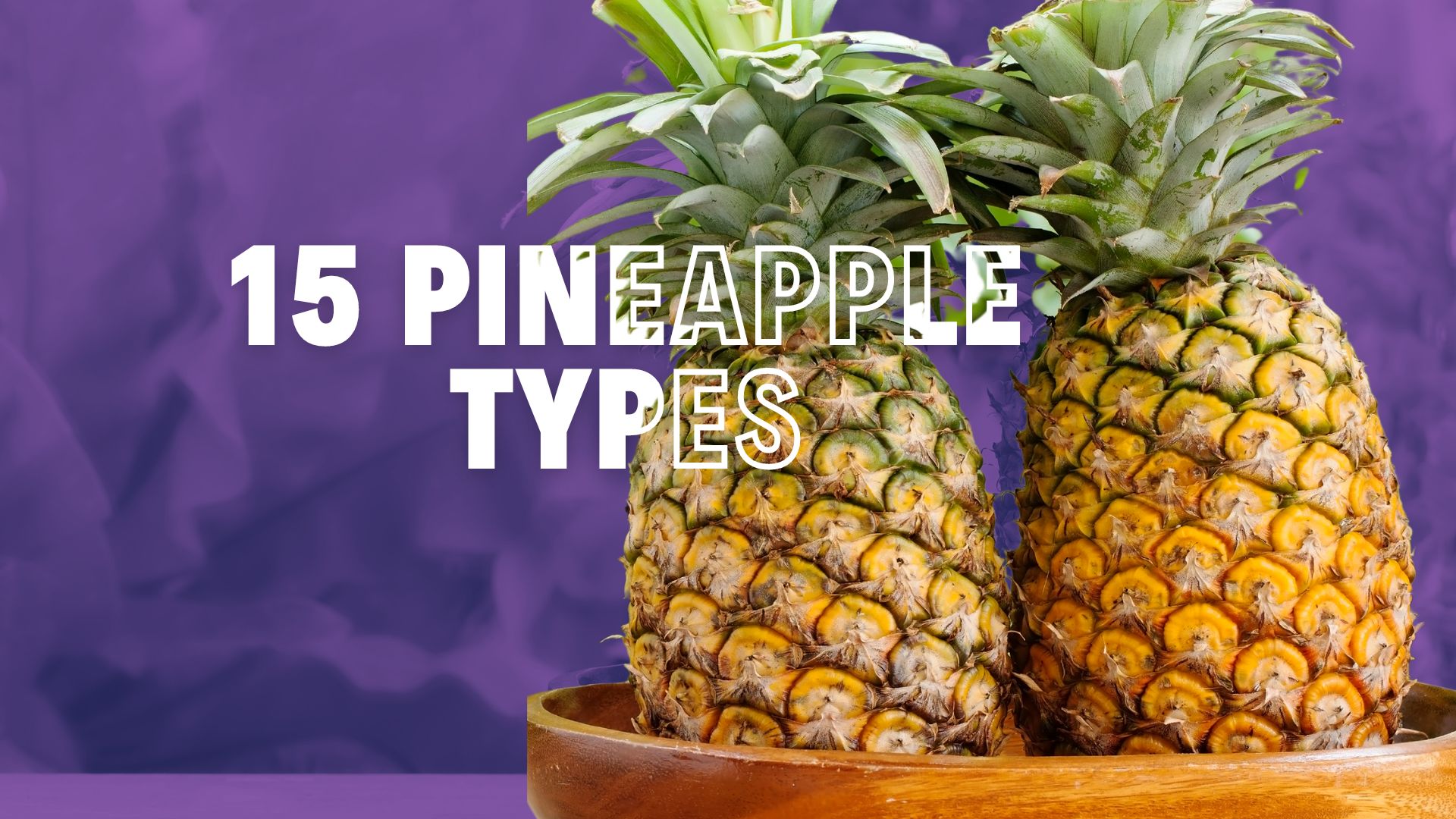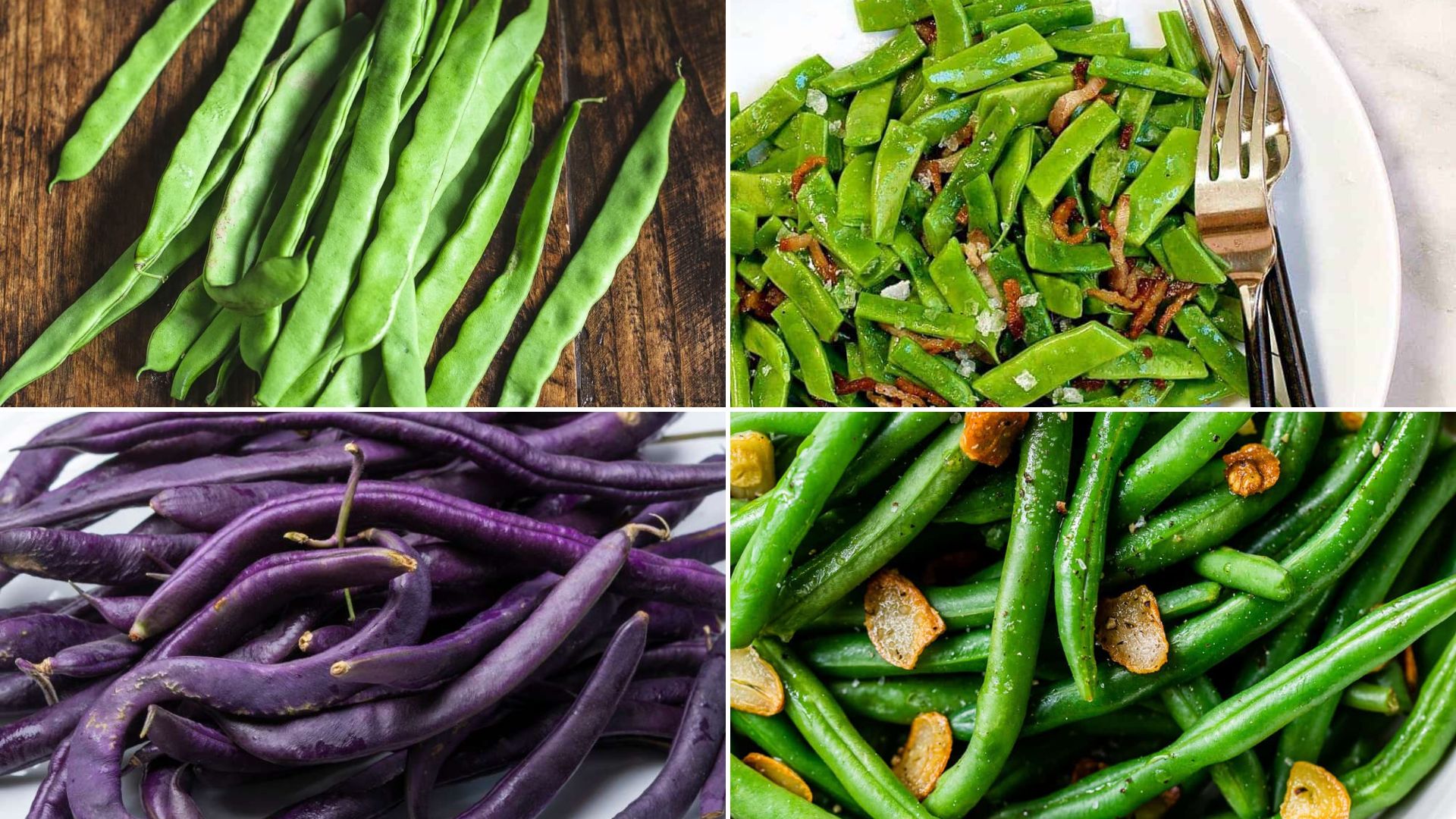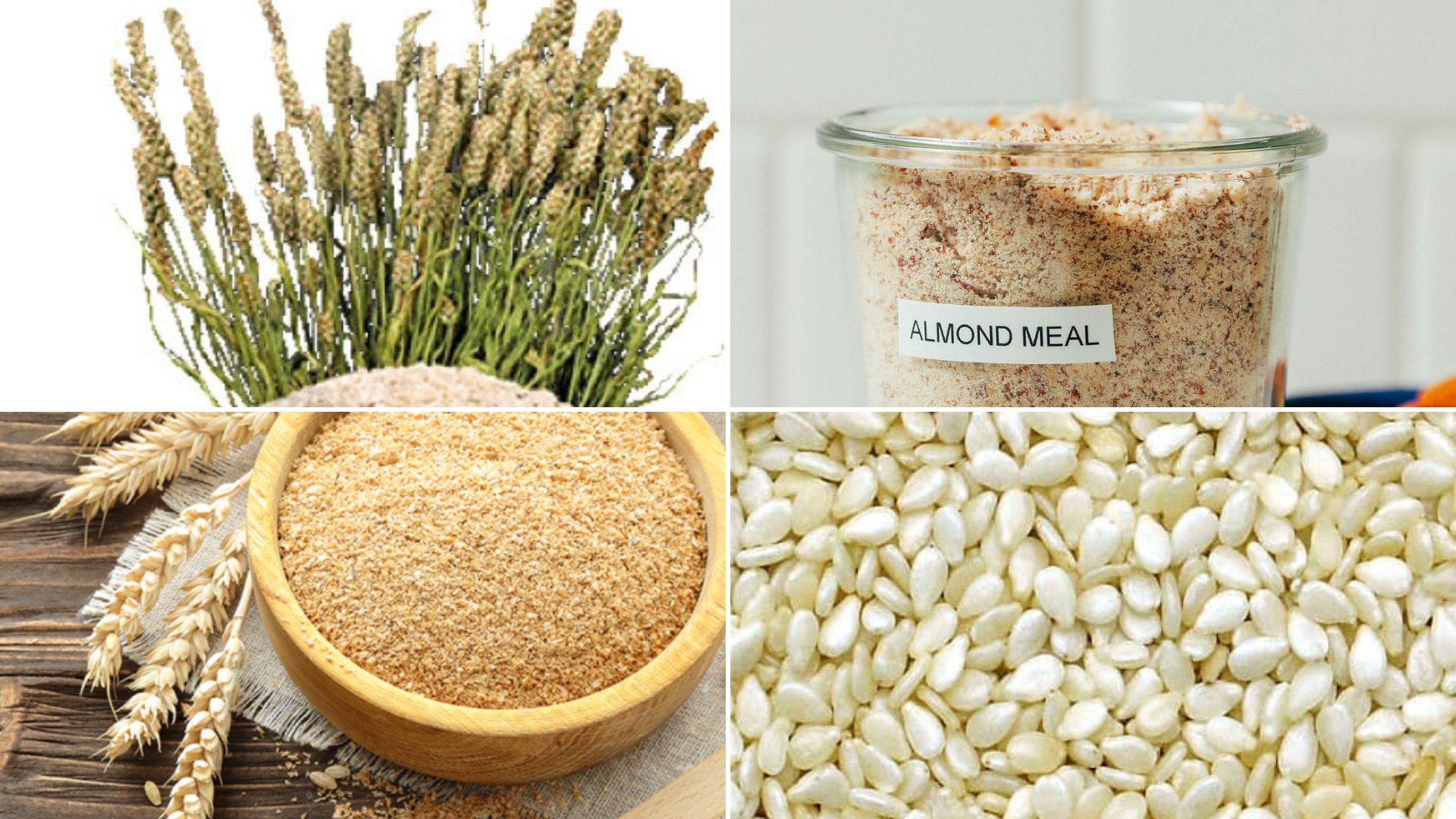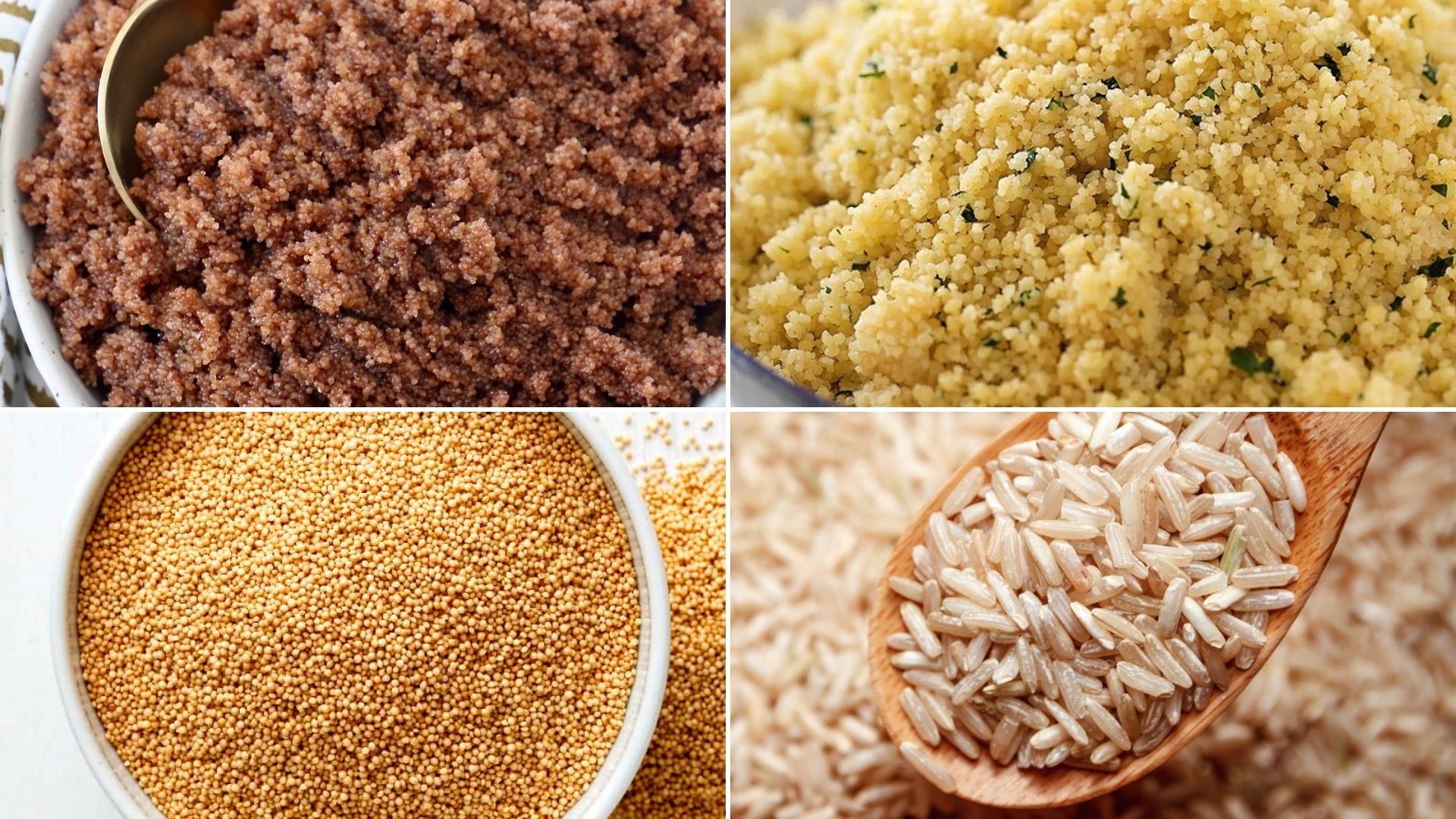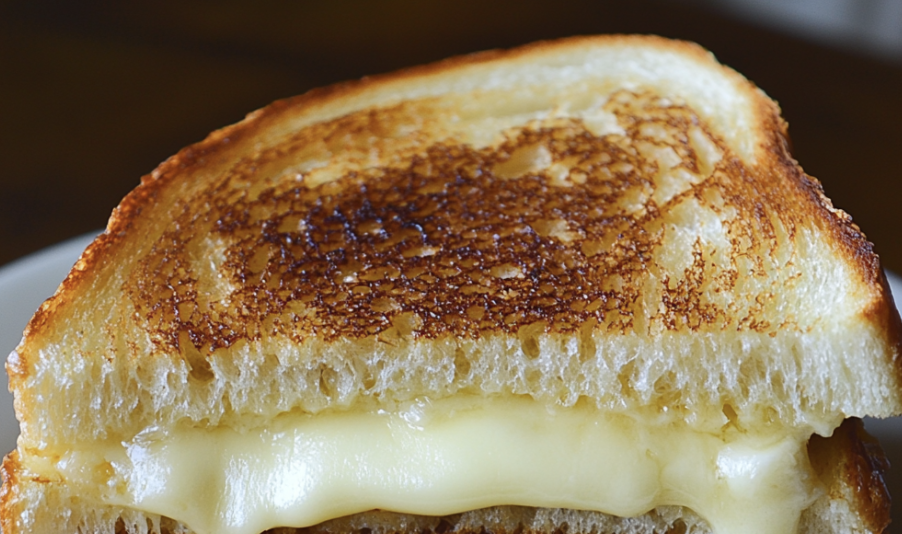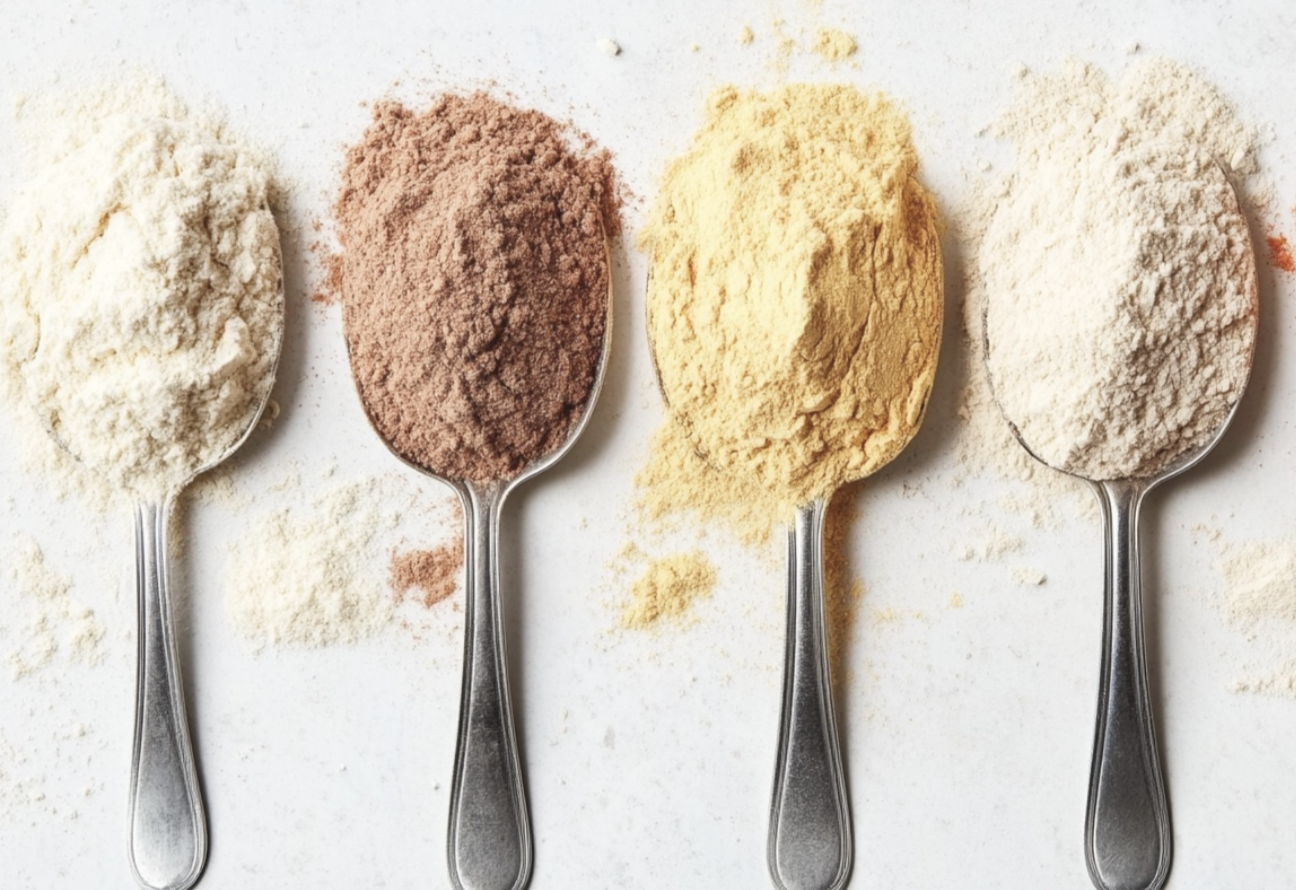
Semolina flour is widely used for making pasta, bread, and baked goods, but what if you don’t have it or need a gluten-free option?
Luckily, many alternatives can give similar results, whether you’re looking for a mild-flavored substitute or a healthier, high-fiber option.
In this guide, we’ll explore 15 different substitutes for semolina flour that work well in various recipes.
From everyday flours like all-purpose to more unique options like almond or quinoa flour, we promise you’ll find a suitable replacement.
What are the Best Alternatives to Semolina Flour?
1. All-Purpose Flour
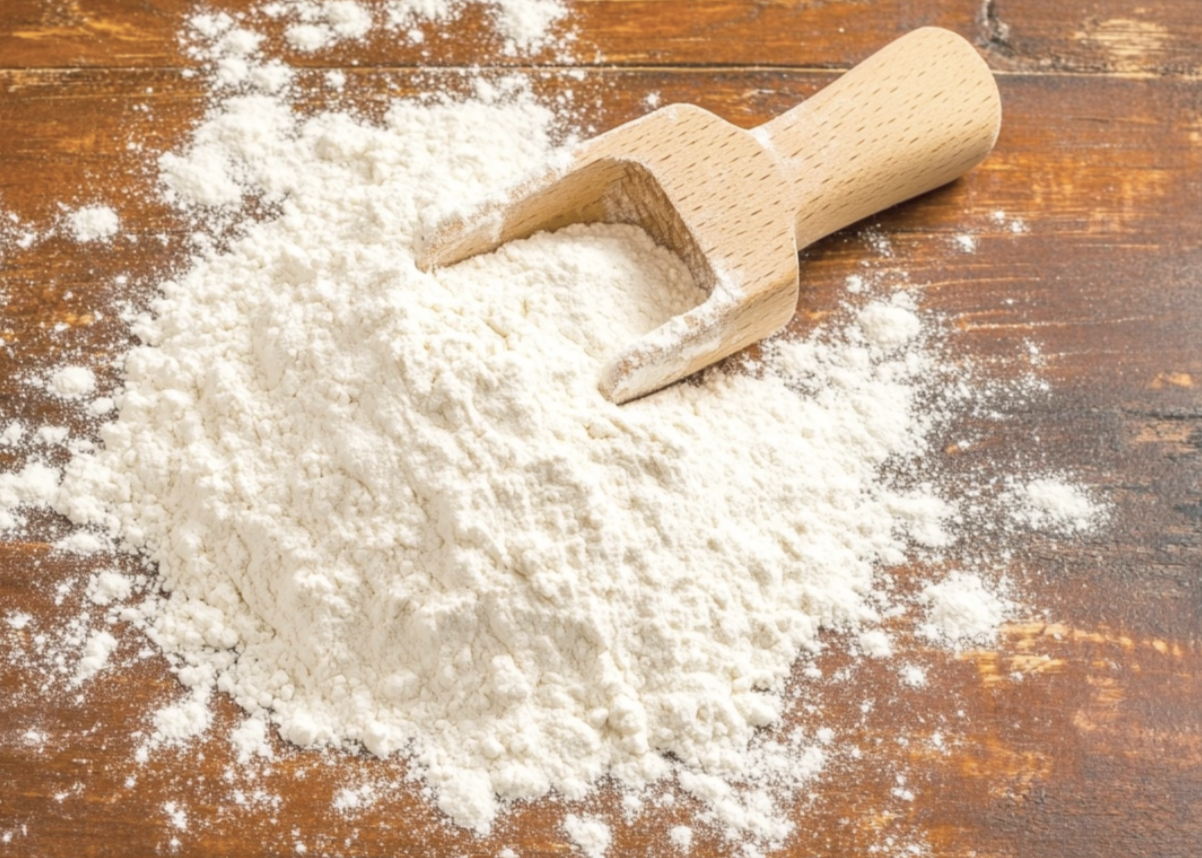
- Flavor Profile: Mild and neutral, making it a versatile option for most recipes.
- Texture: Fine and smooth, less coarse than semolina.
- Best Uses: It works well for making pasta, bread, and pizza dough. It is also suitable for cakes, cookies, and other baked goods.
- Nutritional Value: Contains gluten and is lower in fiber than whole grain options. It is enriched with vitamins and minerals in most commercial varieties.
2. Whole Wheat Flour
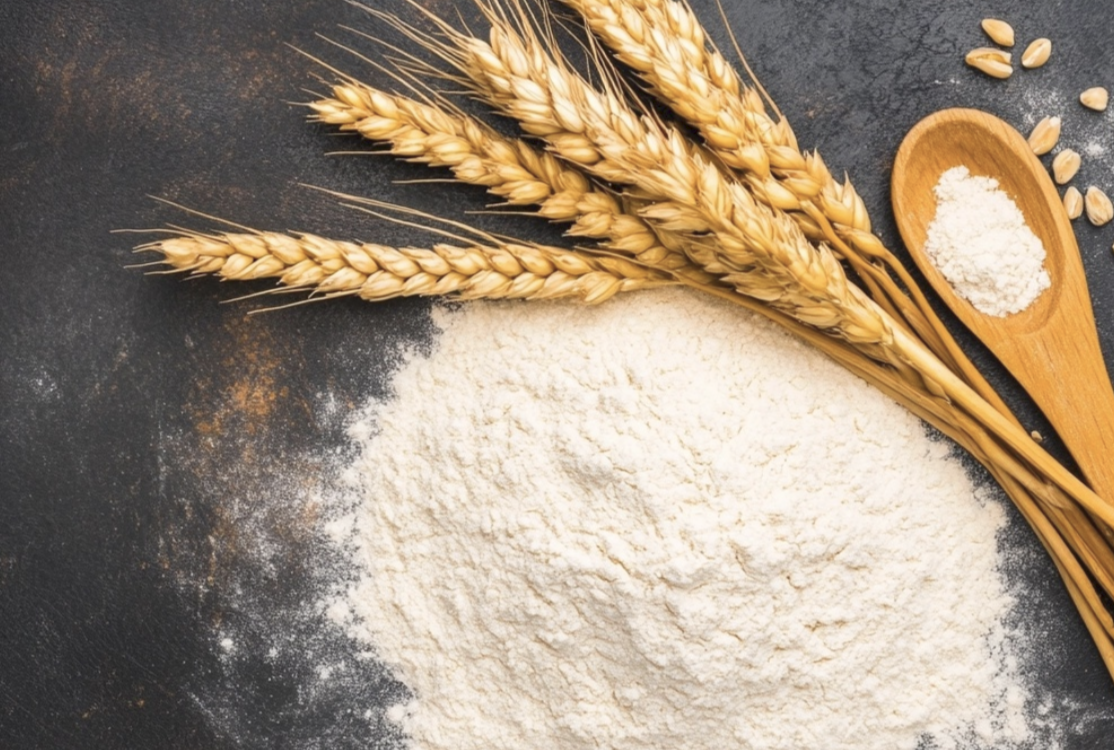
- Flavor Profile: Nutty and slightly earthy, with a stronger taste compared to semolina.
- Texture: Coarser than all-purpose flour but still finer than semolina.
- Best Uses: It is ideal for making whole-grain pasta, bread, and baked goods that require a heartier texture.
- Nutritional Value: High in fiber, protein, and essential nutrients like B vitamins and iron. Contains gluten.
3. Rice Flour
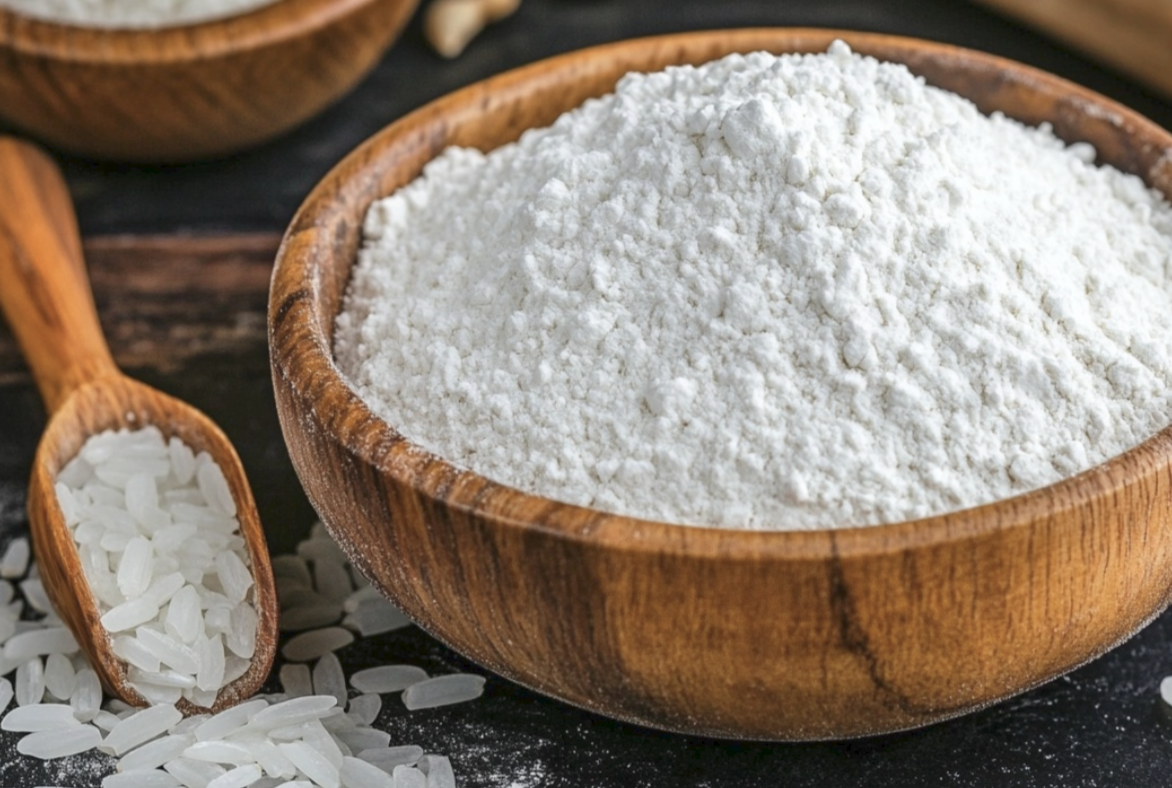
- Flavor Profile: Mild and neutral, similar to all-purpose flour but slightly sweeter.
- Texture: Fine and smooth, much lighter than semolina.
- Best Uses: It is best for gluten-free baking, thickening sauces, and creating light, delicate baked goods like cakes and cookies.
- Nutritional Value: Gluten-free and lower in protein but a good source of energy from carbohydrates.
4. Spelt Flour
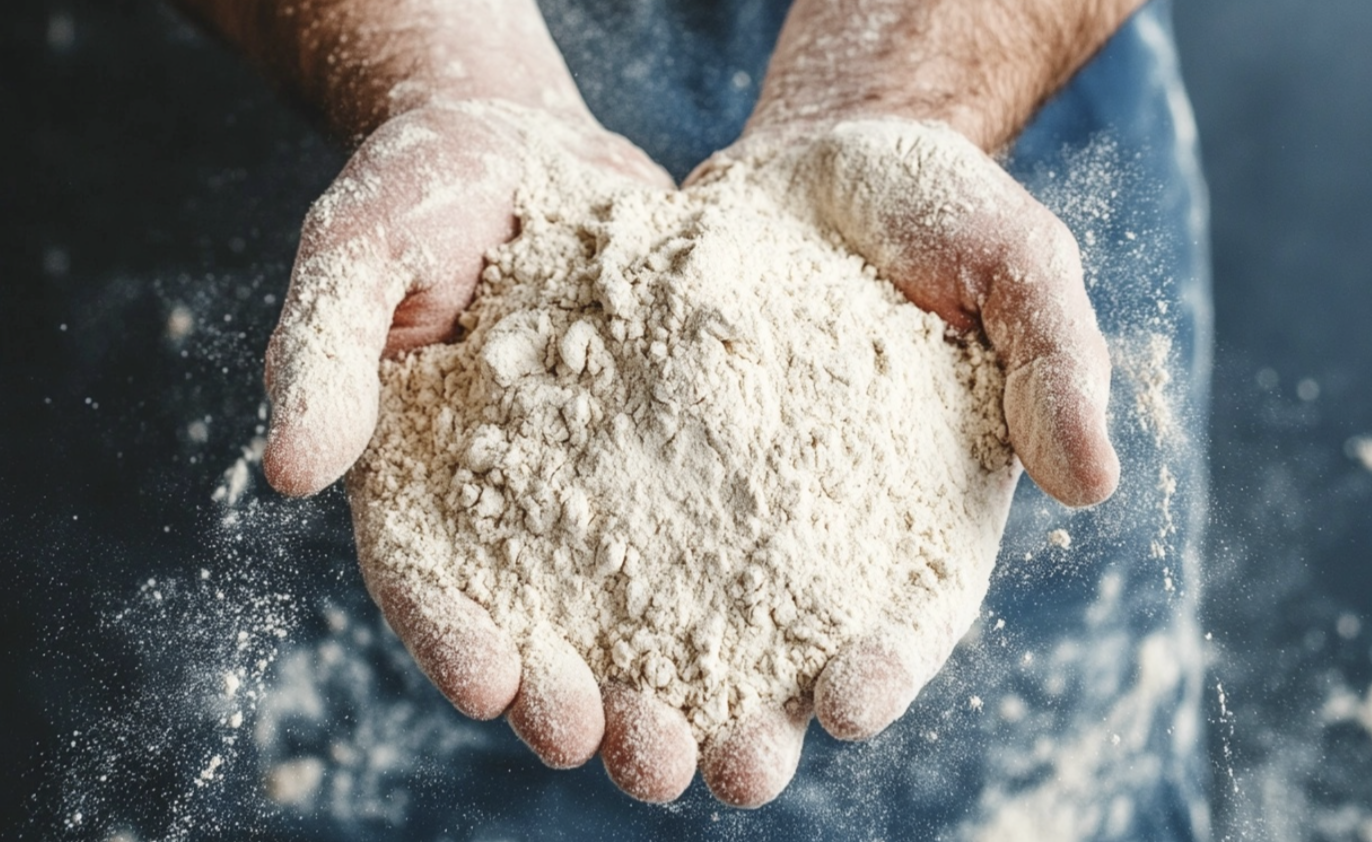
- Flavor Profile: Slightly sweet and nutty, with a deeper flavor than wheat flour.
- Texture: Fine and similar to whole wheat flour but lighter.
- Best Uses: It works well for pasta, bread, and pastries and can be used in place of semolina for heartier recipes.
- Nutritional Value: It contains gluten, but it’s easier to digest for some people. It is high in fiber, protein, and essential minerals.
5. Cornmeal
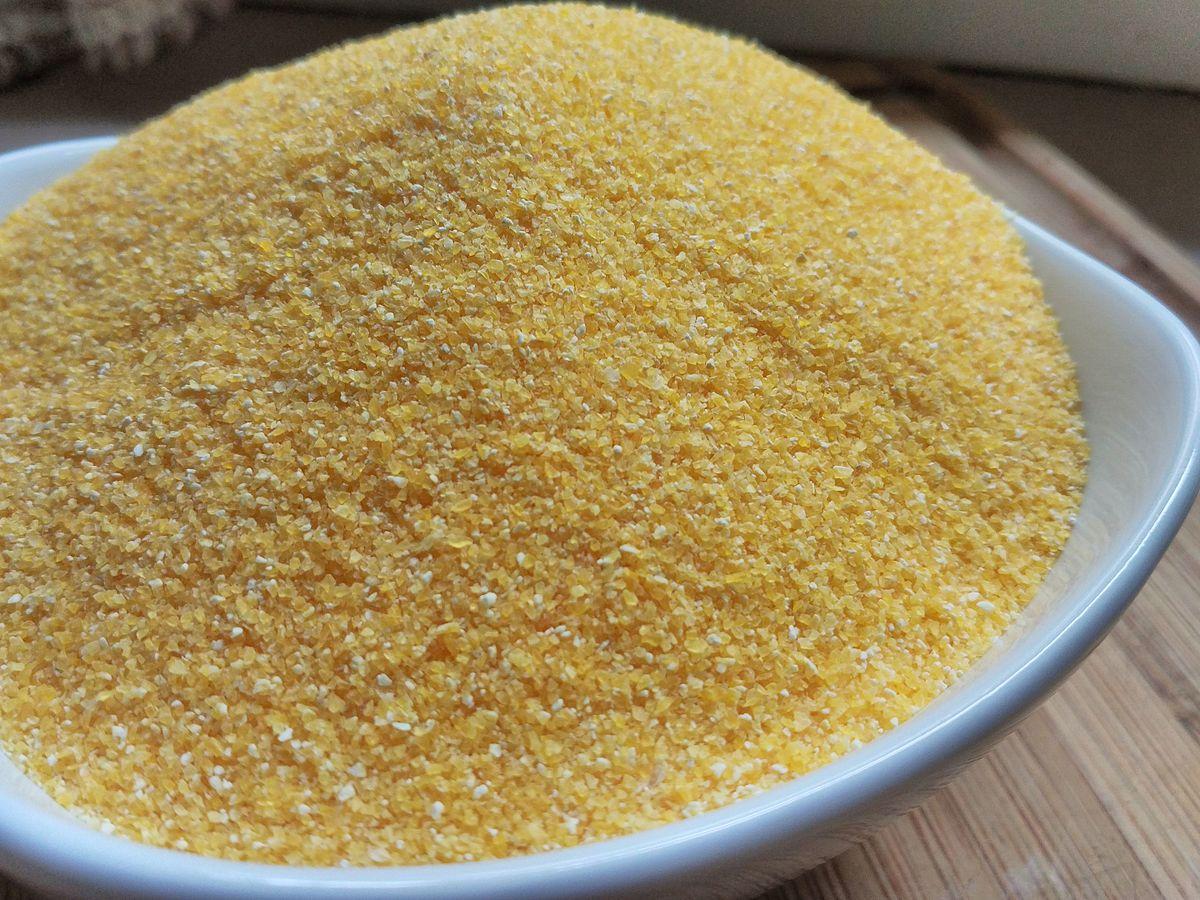
- Flavor Profile: Slightly sweet with a pronounced corn flavor, different from semolina’s wheat taste.
- Texture: Coarser than semolina, giving dishes a grainy texture.
- Best Uses: It is ideal for making cornbread, polenta, and coating fried foods. It is not recommended for pasta.
- Nutritional Value: Gluten-free, high in fiber, and a good source of vitamins like B6 and iron.
6. Almond Flour
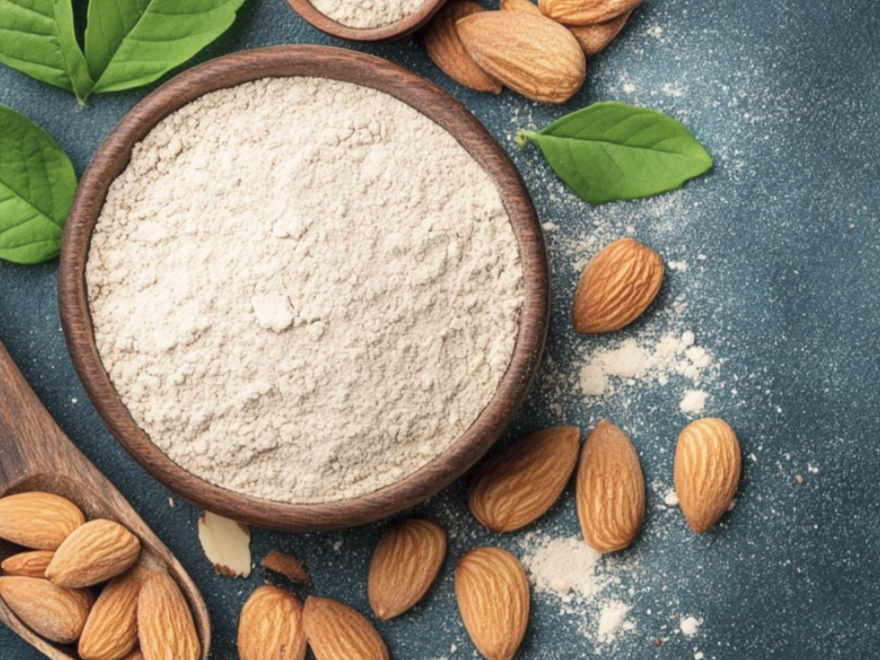
- Flavor Profile: Mildly sweet with a subtle nutty taste, quite different from wheat-based semolina.
- Texture: Fine, though slightly grainy due to ground almonds.
- Best Uses: It is great for gluten-free baking, including cakes, cookies, and muffins. It also works well for breading in savory dishes.
- Nutritional Value: Gluten-free, high in protein, fiber, and healthy fats, particularly vitamin E.
7. Quinoa Flour
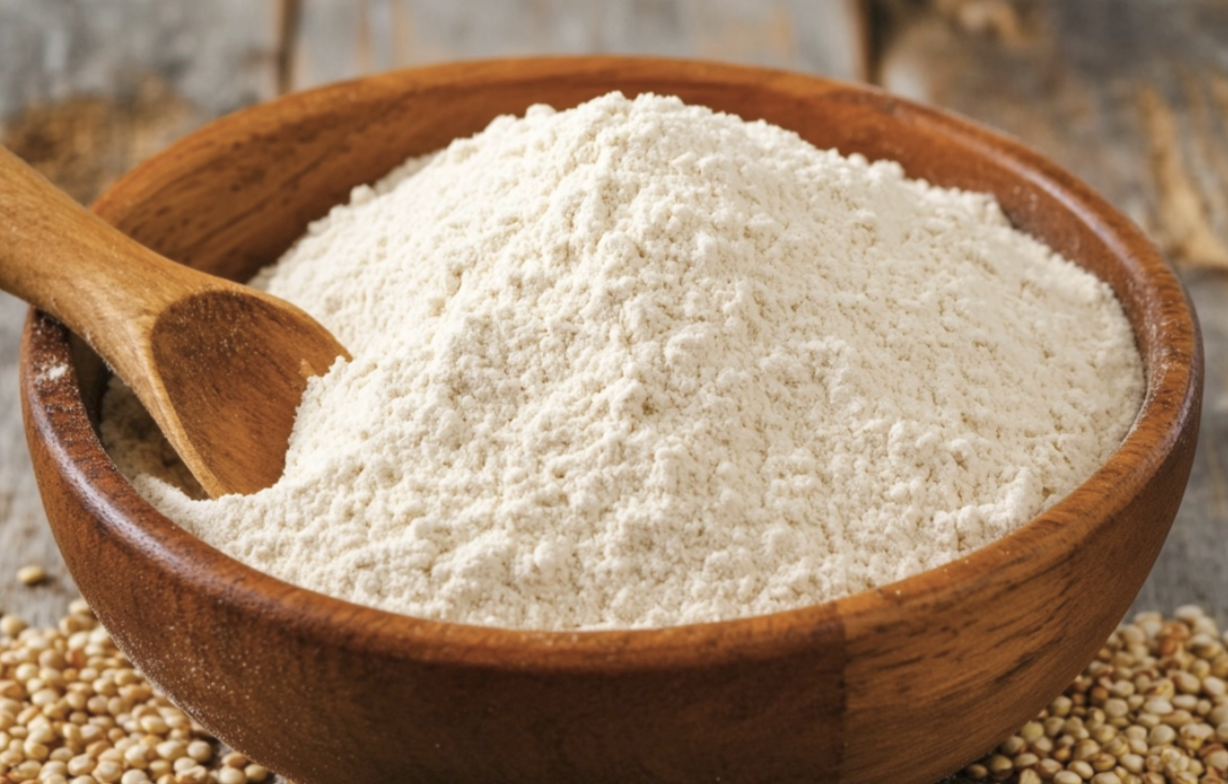
- Flavor Profile: Earthy and slightly bitter, stronger than semolina.
- Texture: Fine but slightly gritty compared to wheat flour.
- Best Uses: It is best for gluten-free baking, especially pancakes, muffins, and bread. It can also be used in savory dishes.
- Nutritional Value: Gluten-free and rich in protein, fiber, and essential amino acids.
8. Amaranth Flour
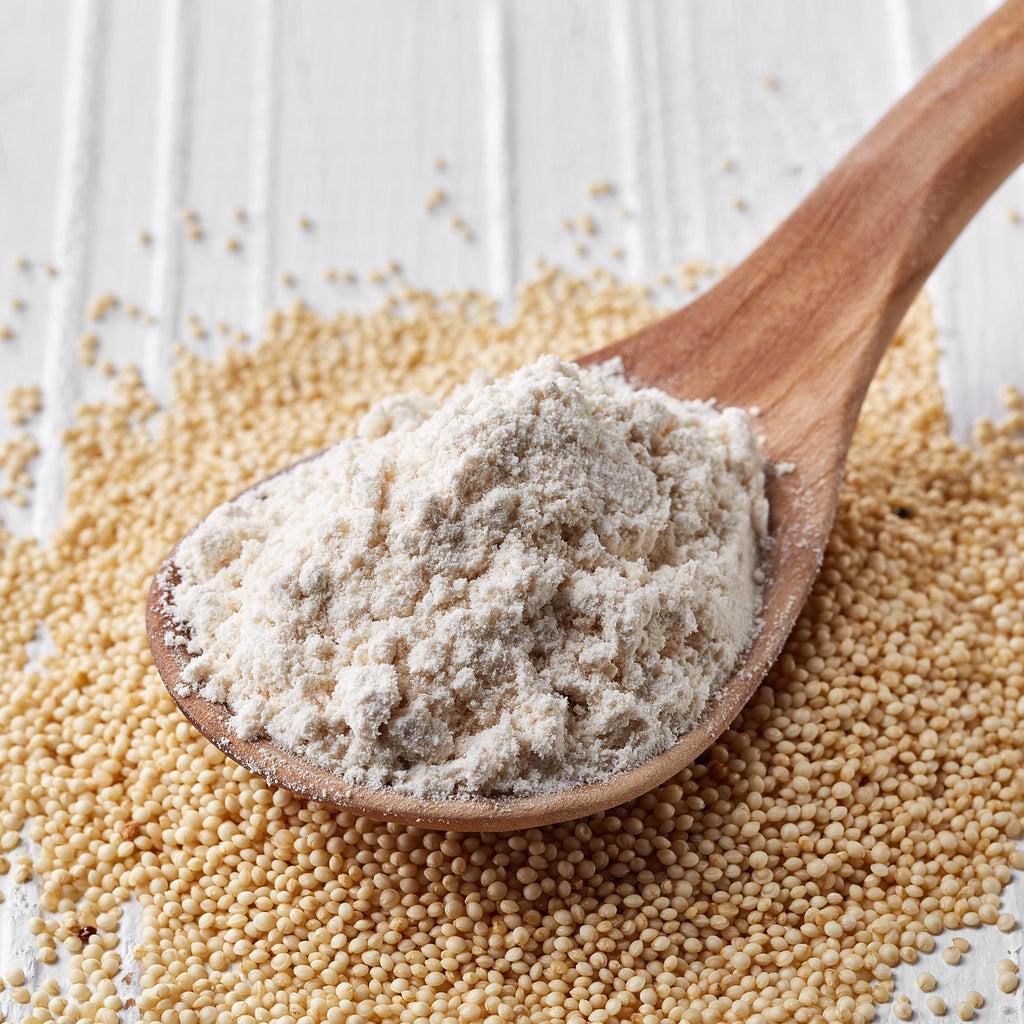
- Flavor Profile: Nutty and earthy, similar to quinoa, with a slightly grassy undertone.
- Texture: Fine but with a slight graininess.
- Best Uses: Works well in gluten-free baking, particularly in dense breads, pancakes, and flatbreads.
- Nutritional Value: Gluten-free, high in protein and fiber, as well as important minerals like calcium and iron.
9. Oat Flour
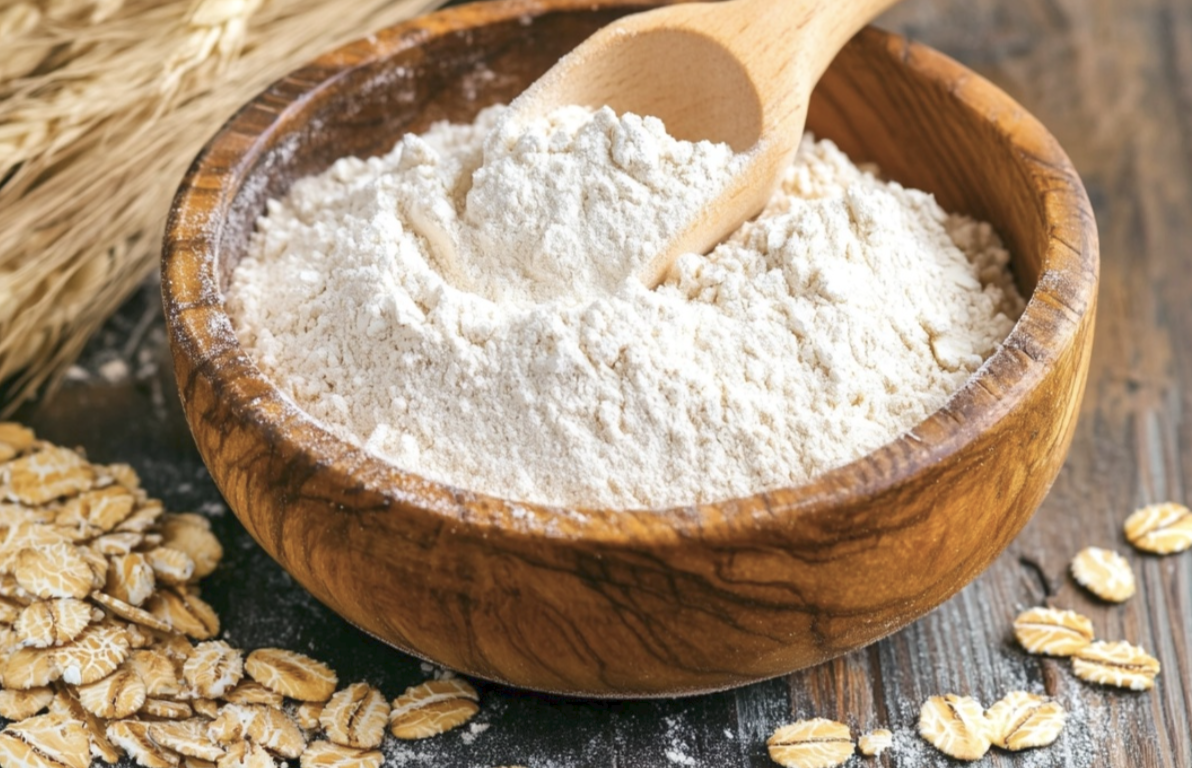
- Flavor Profile: Mild and slightly sweet, with a subtle oat flavor.
- Texture: Fine and soft, but heavier than semolina.
- Best Uses: It is perfect for gluten-free baking, including muffins, cookies, and cakes. It is also good for pancakes and bread.
- Nutritional Value: Gluten-free if certified, high in fiber and a good source of B vitamins and minerals like magnesium.
10. Sorghum Flour
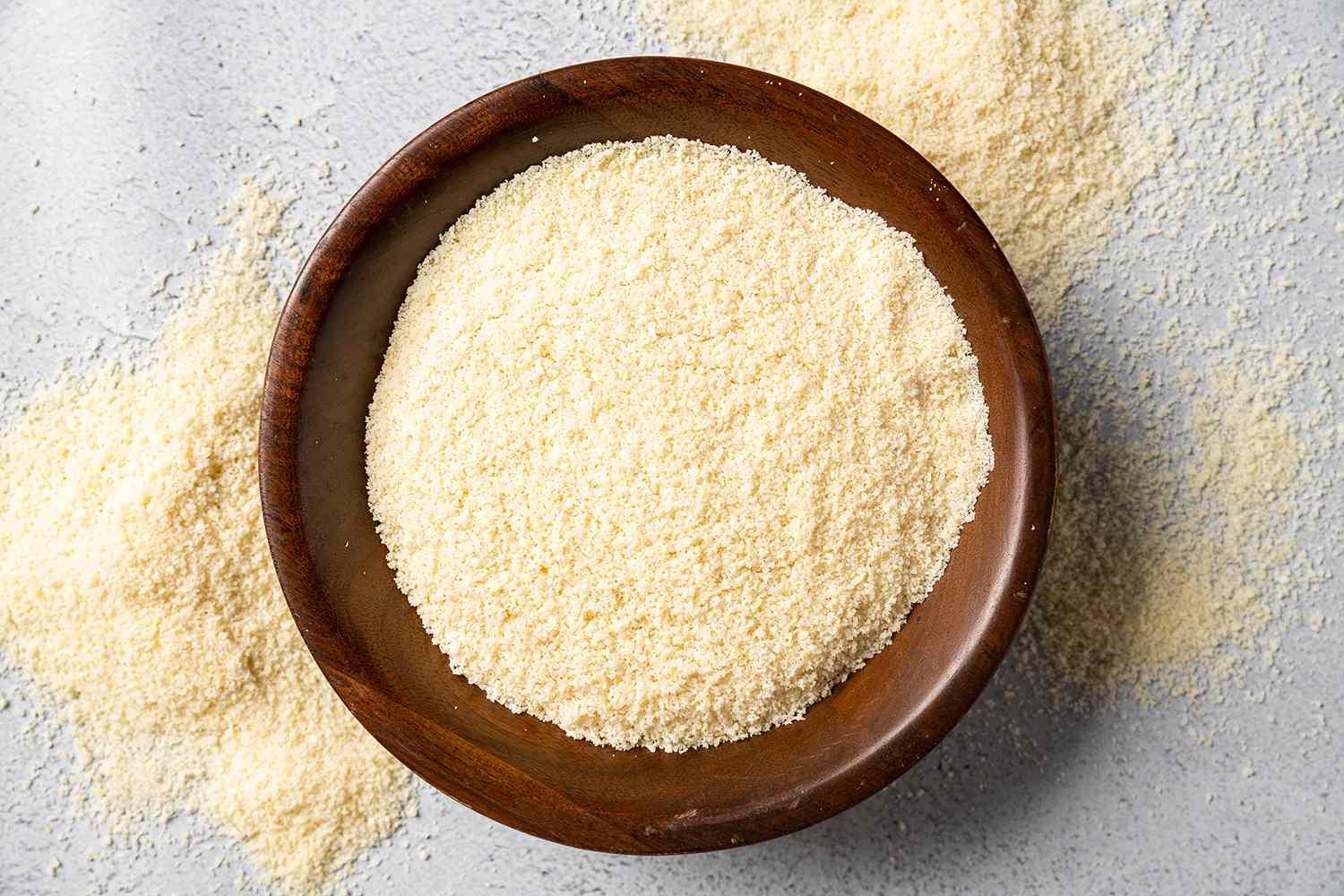
- Flavor Profile: Mild, slightly sweet, with a subtle earthy taste.
- Texture: Fine, though denser than semolina.
- Best Uses: This flour is best for gluten-free baking, including bread, cakes, and pastries. It also works well when combined with other flours.
- Nutritional Value: Gluten-free and rich in fiber, protein, and antioxidants, particularly important for heart health.
11. Chickpea Flour
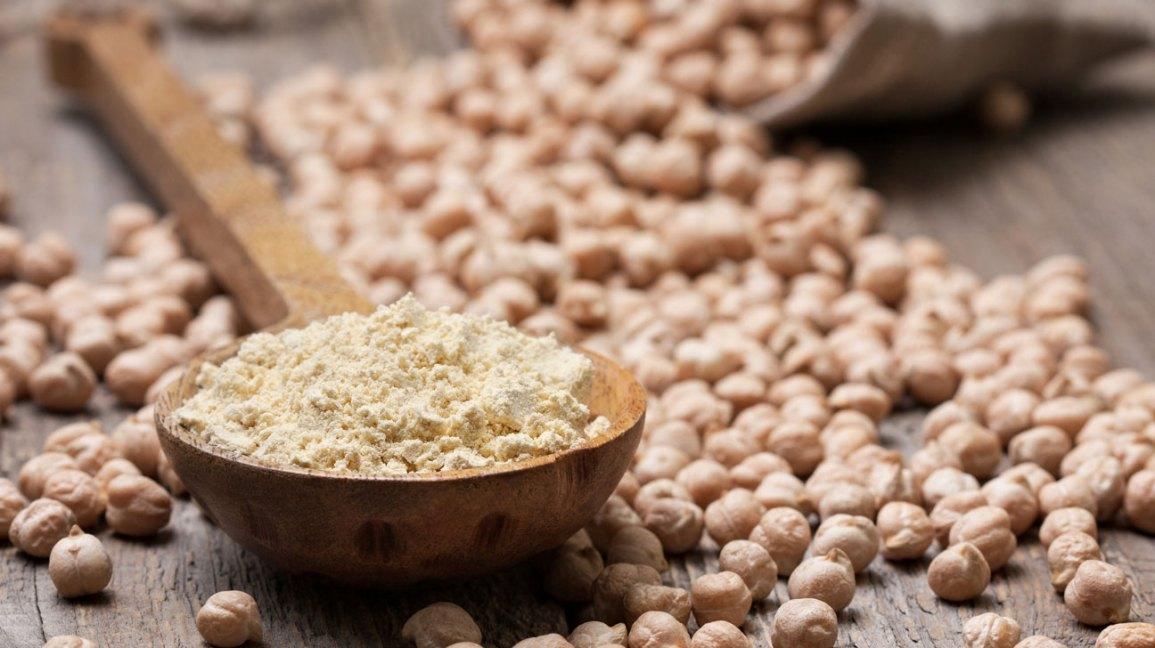
- Flavor Profile: Earthy and slightly nutty, with a more distinct flavor than semolina.
- Texture: Fine but slightly grainy due to the chickpeas.
- Best Uses: It is excellent for savory dishes like flatbreads, pancakes, and gluten-free pasta. It can also thicken soups or sauces.
- Nutritional Value: Gluten-free, high in protein, fiber, and iron, making it a nutritious alternative.
12. Coconut Flour
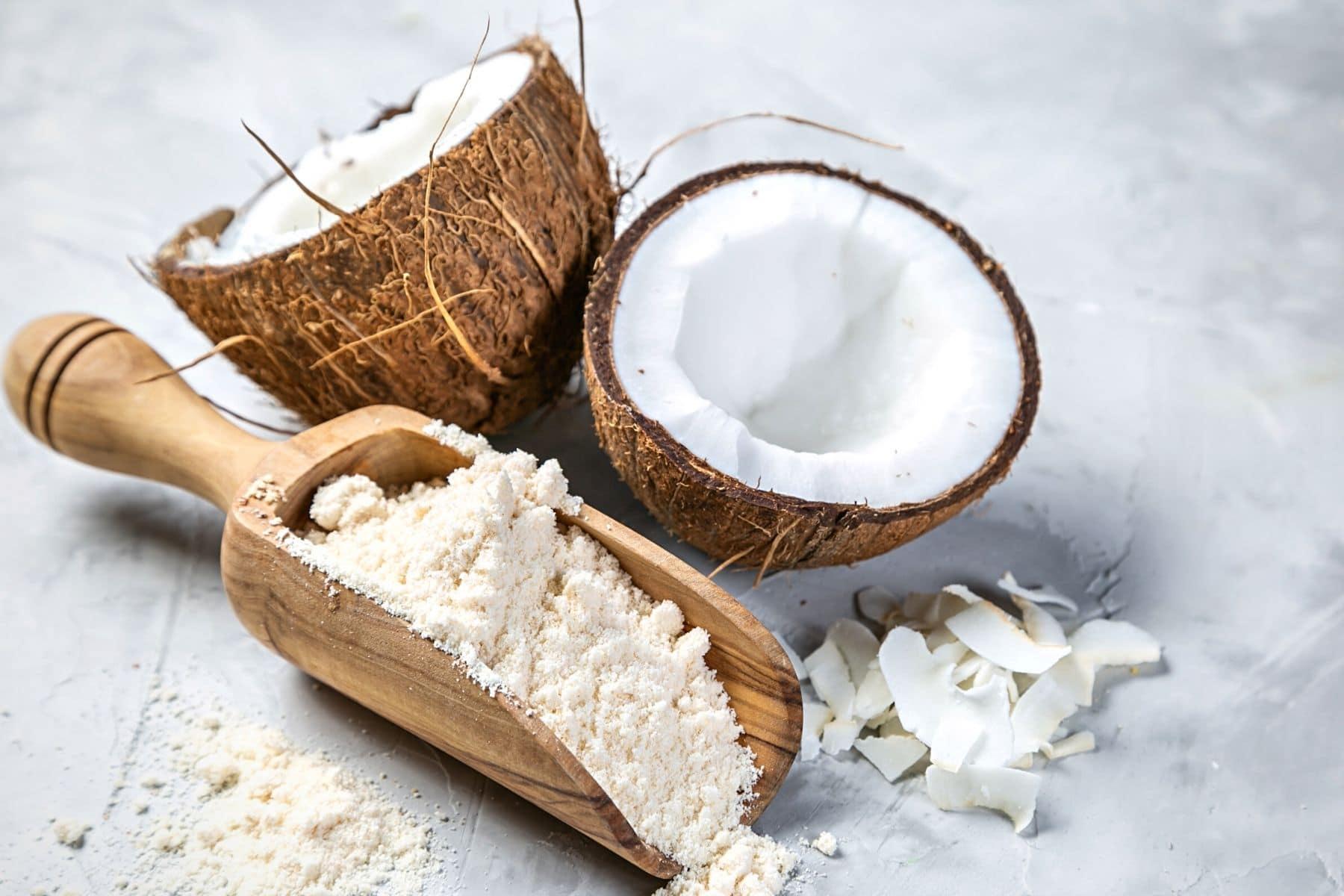
- Flavor Profile: Sweet and coconutty, a noticeable departure from semolina’s neutral wheat flavor.
- Texture: Fine but very absorbent, making it heavier than semolina.
- Best Uses: It is ideal for gluten-free baking, especially in cookies, cakes, and bread. It works well in desserts but is not recommended for pasta.
- Nutritional Value: Gluten-free, high in fiber and healthy fats, particularly medium-chain triglycerides (MCTs).
13. Barley Flour
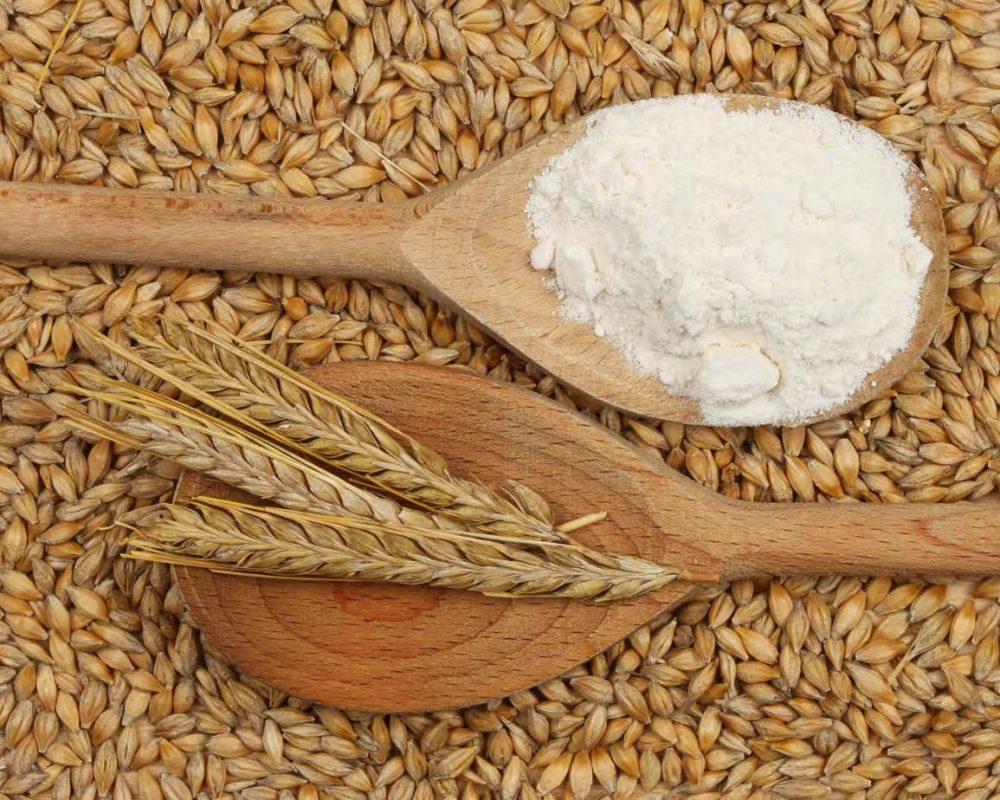
- Flavor Profile: Mildly sweet with a slightly nutty, earthy taste, similar to whole wheat flour.
- Texture: Fine but denser than semolina, giving baked goods a heavier texture.
- Best Uses: It works well in bread, muffins, and pancakes. Due to its density, it is not ideal for pasta.
- Nutritional Value: It contains gluten, is high in fiber, and is a good source of vitamins and minerals, particularly selenium.
14. Buckwheat Flour
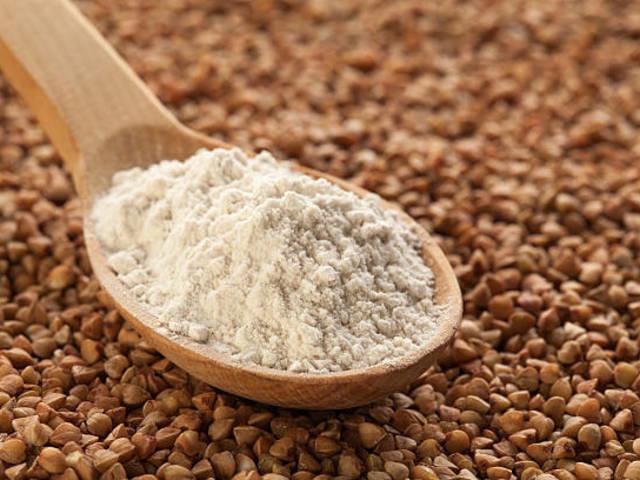
- Flavor Profile: Strong, earthy, and slightly nutty, with a flavor that’s more intense than semolina.
- Texture: Fine but slightly grainy.
- Best Uses: Excellent for gluten-free pancakes, crepes, and soba noodles. Not recommended for traditional pasta dishes.
- Nutritional Value: Gluten-free, high in fiber, protein, and antioxidants, making it a heart-healthy option.
15. Millet Flour
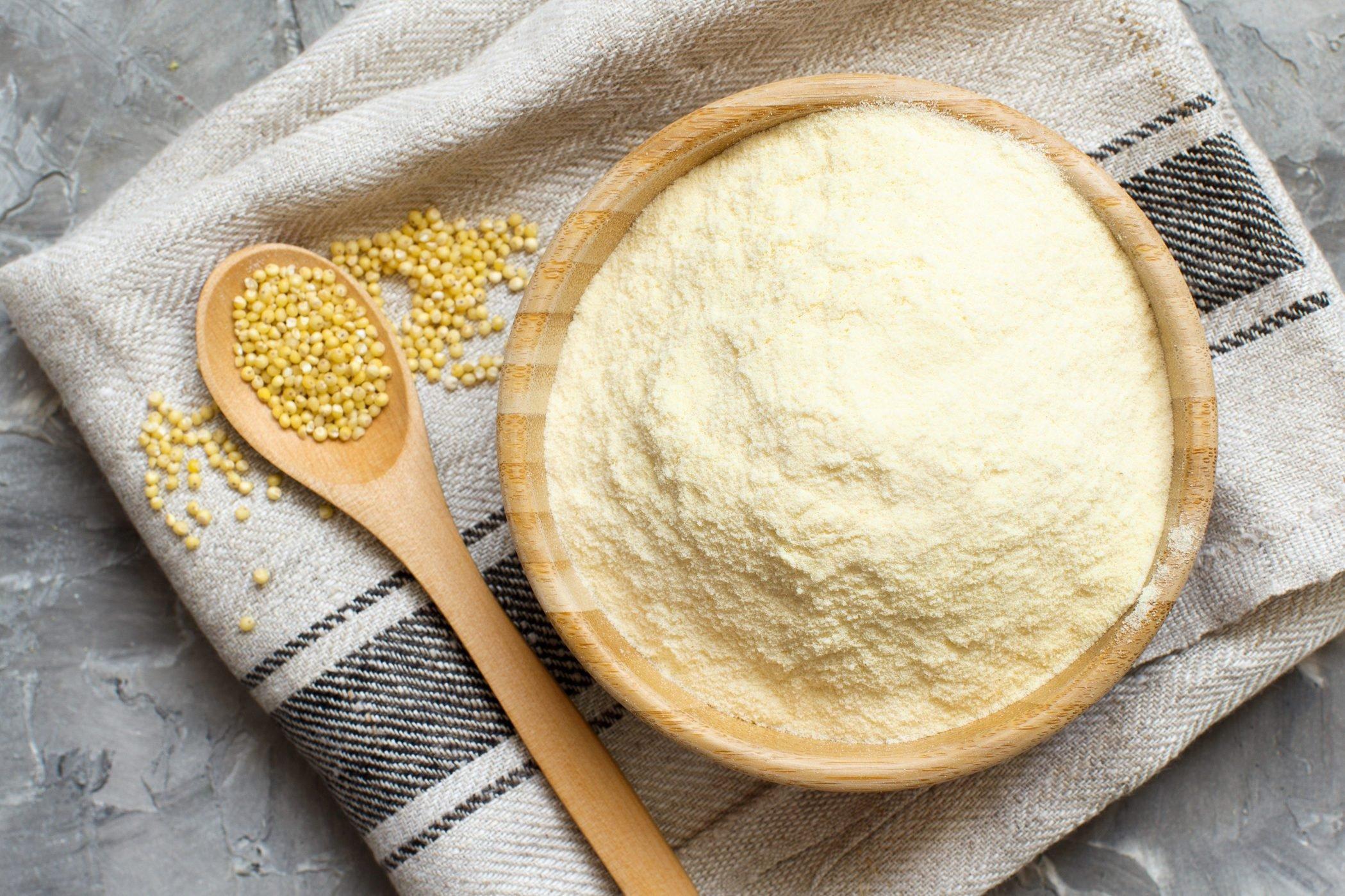
- Flavor Profile: Mild, slightly sweet with a neutral grain flavor similar to semolina but more delicate.
- Texture: Fine but slightly gritty.
- Best Uses: Suitable for gluten-free baking, particularly in breads, muffins, and flatbreads. Works well in savory dishes like porridge or polenta.
- Nutritional Value: Gluten-free and rich in fiber, protein, and magnesium, promoting good digestive and heart health.
Conclusion
Whether you need a gluten-free alternative like almond or chickpea flour, or a versatile choice like all-purpose flour, each substitute brings its own unique flavor and texture to your recipes.
By choosing the right flour based on your dish’s requirements—whether it’s pasta, bread, or baked goods—you can maintain the integrity of your meal while experimenting with new ingredients.
These substitutes not only offer similar results to semolina but can also enhance the nutritional value of your dishes.
Now that you know the best semolina flour alternatives, you’re ready to try them out in your kitchen and elevate your recipes with ease!

